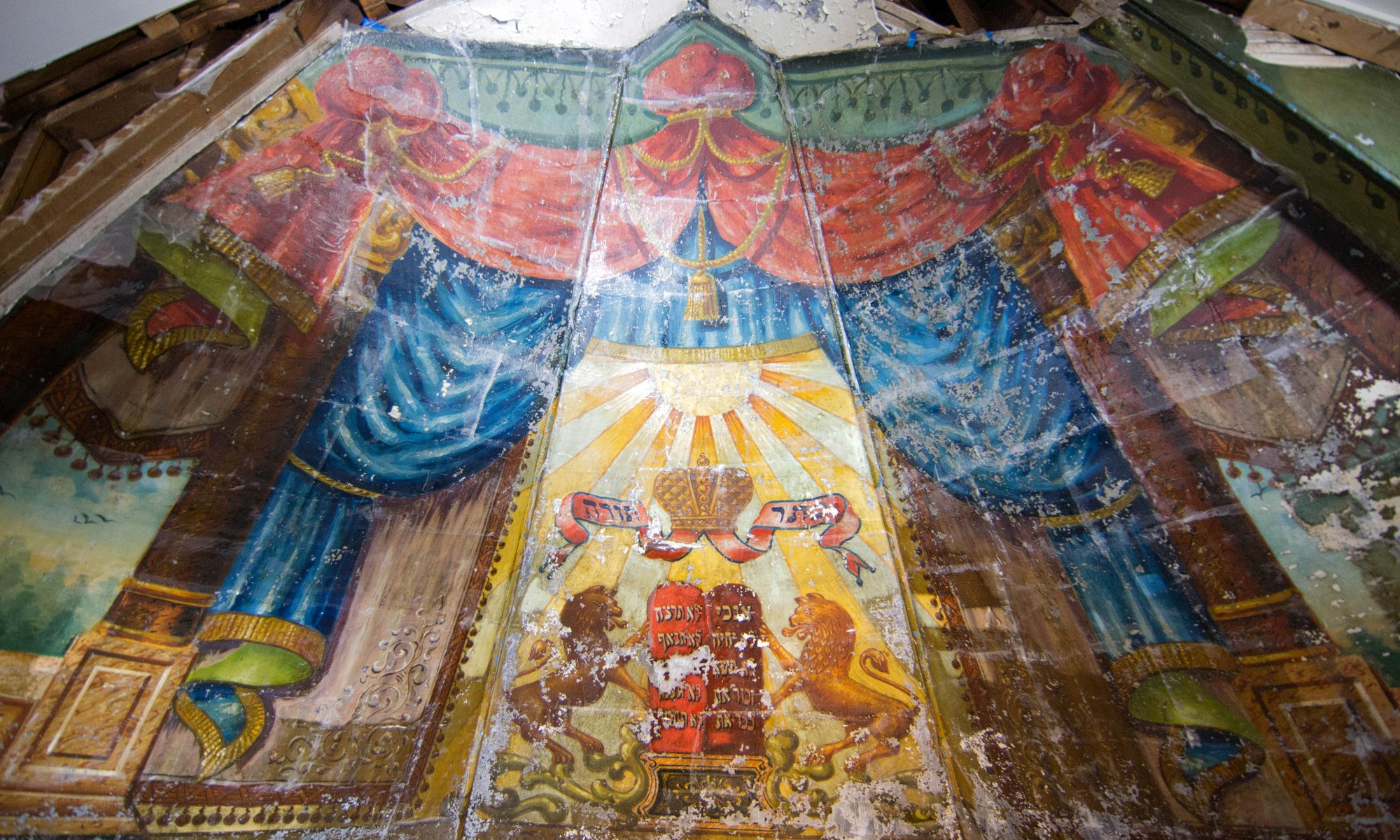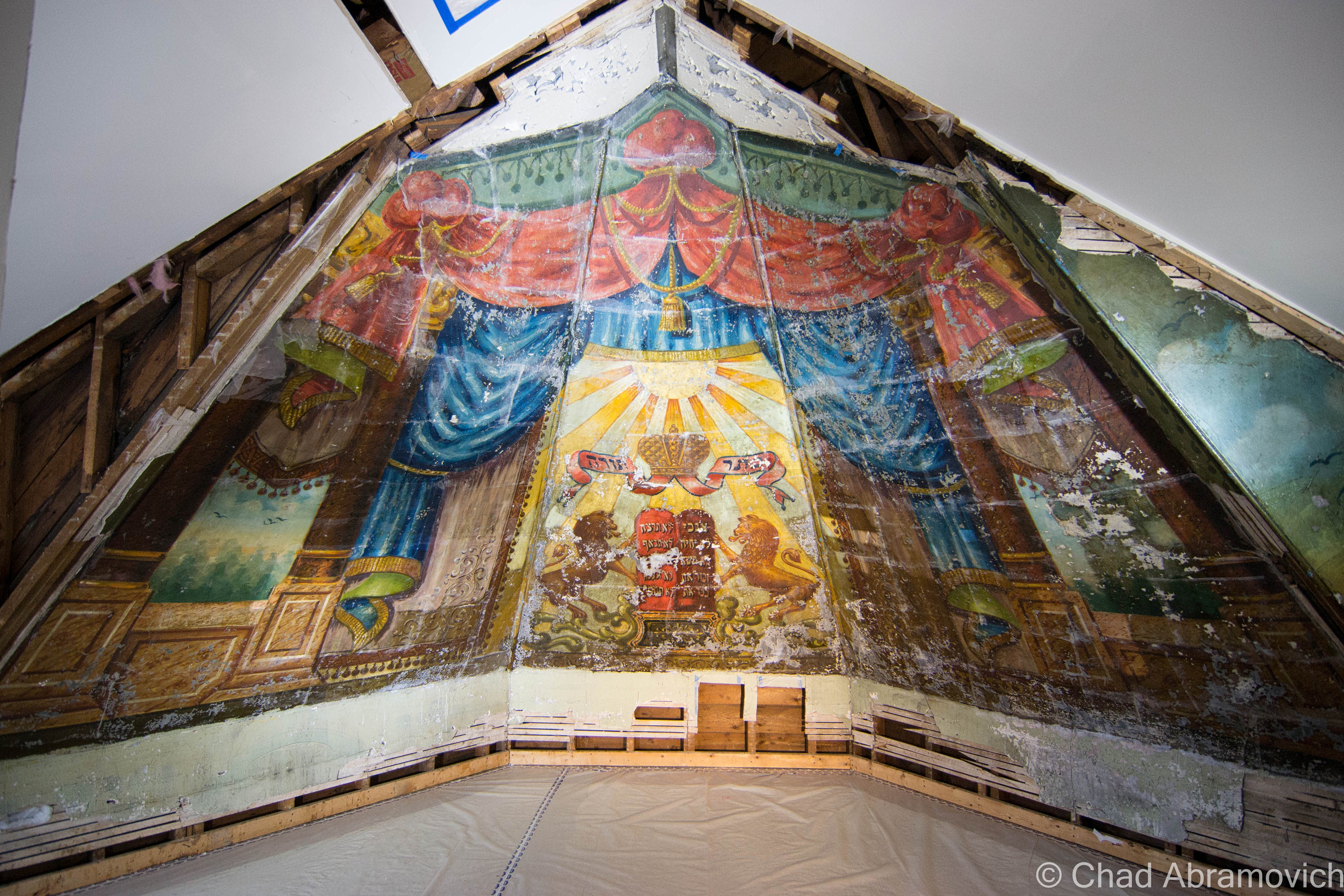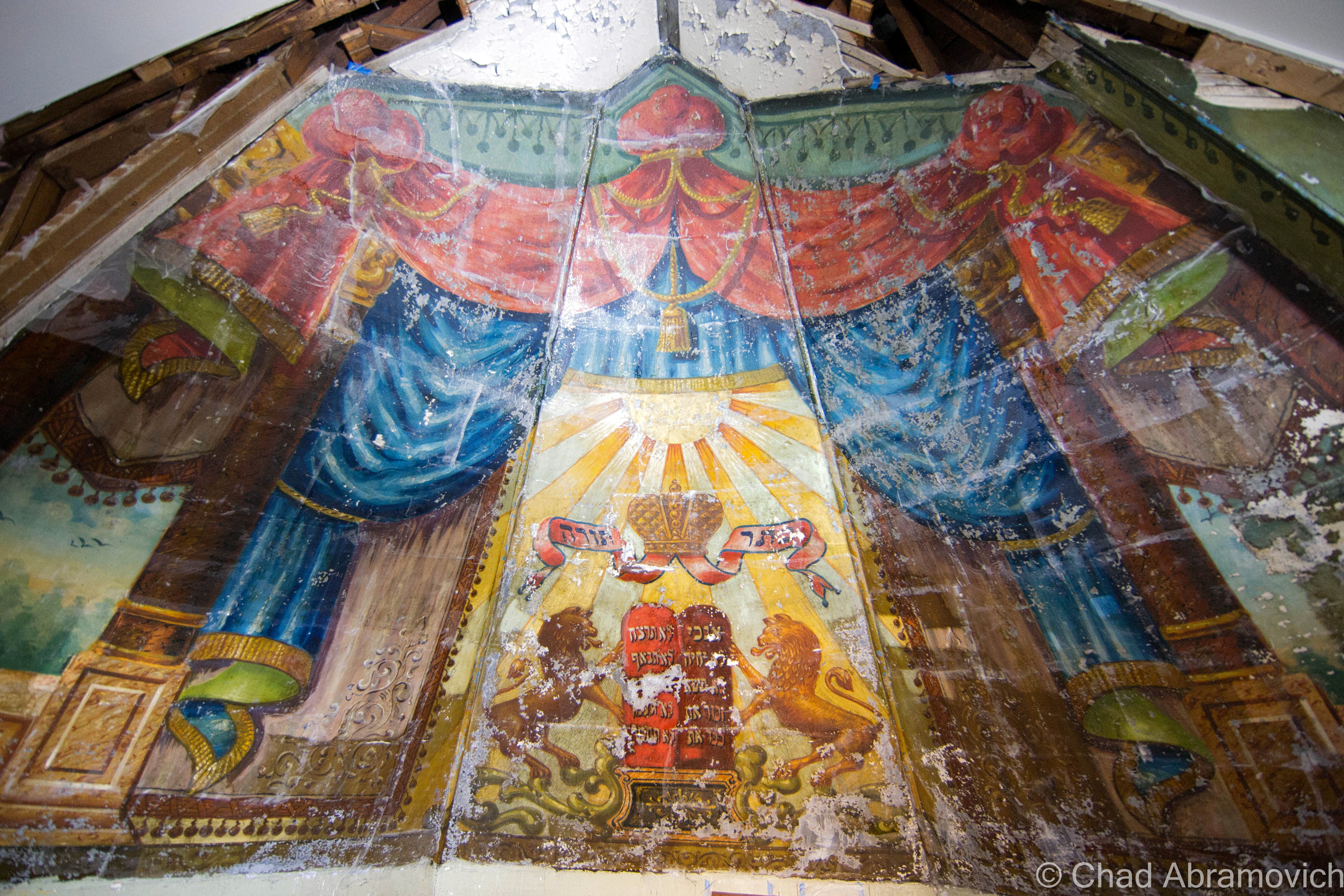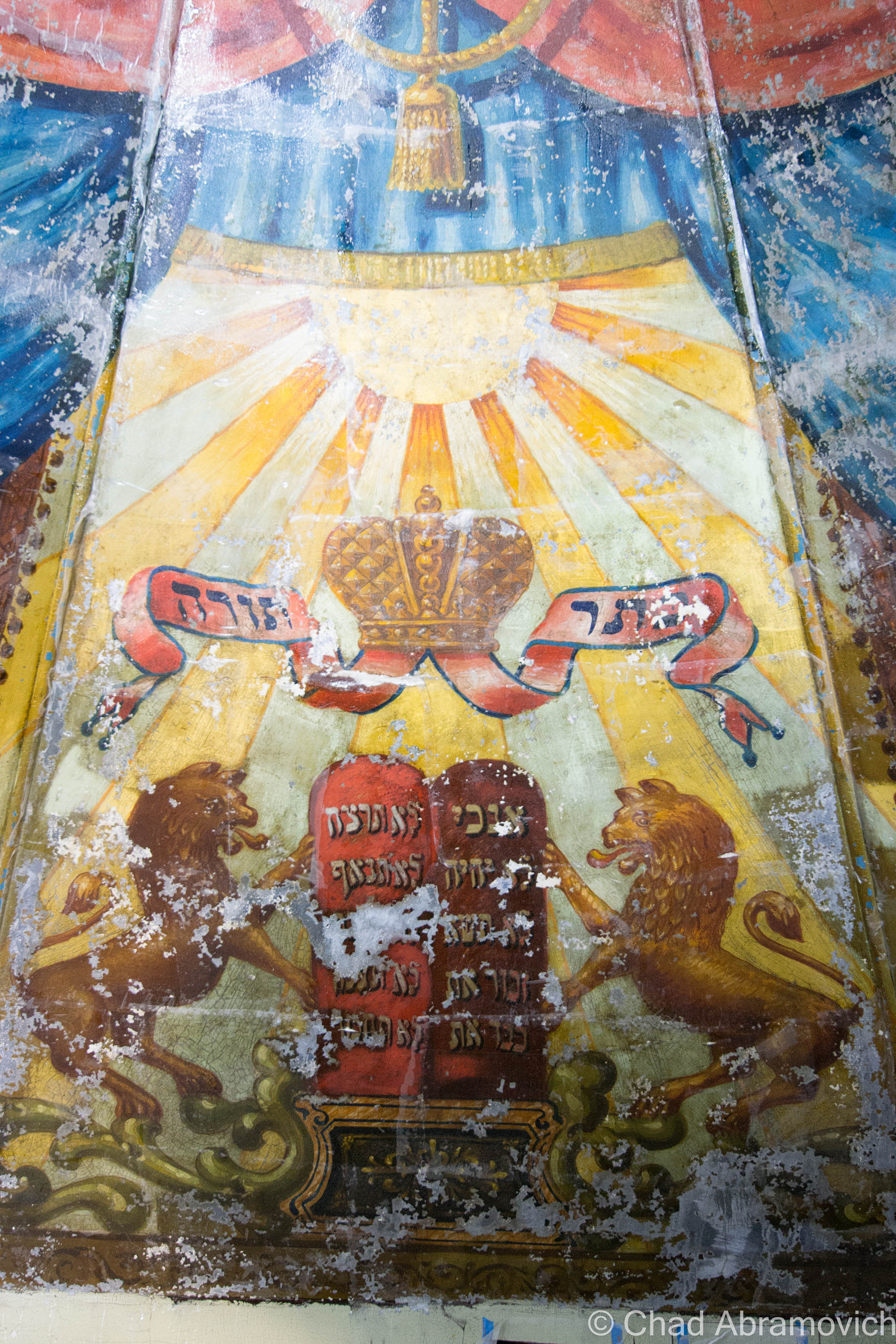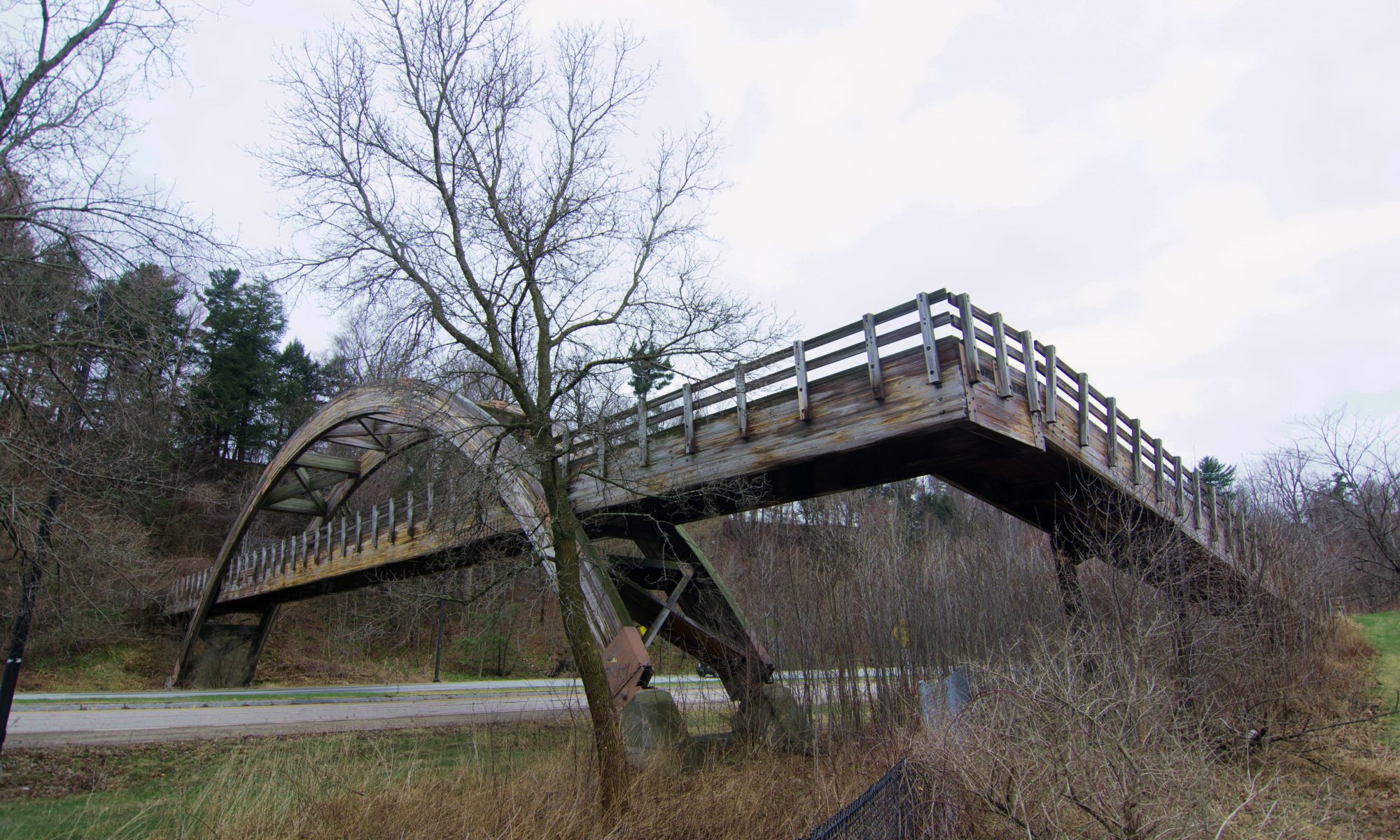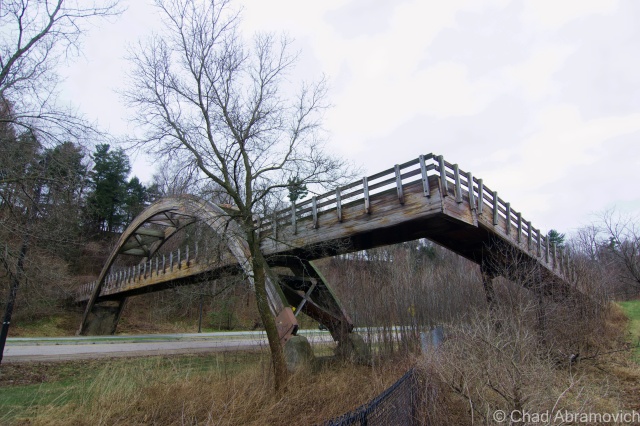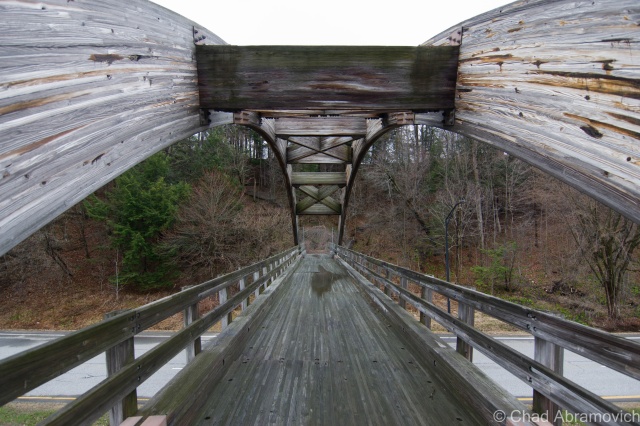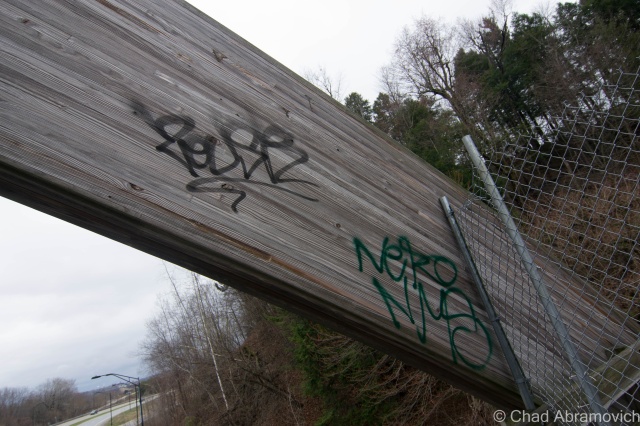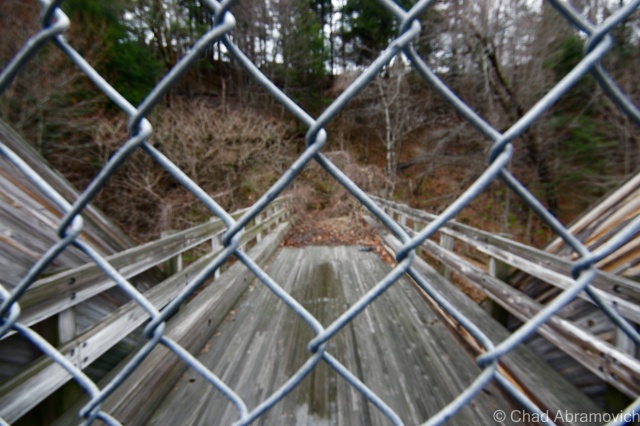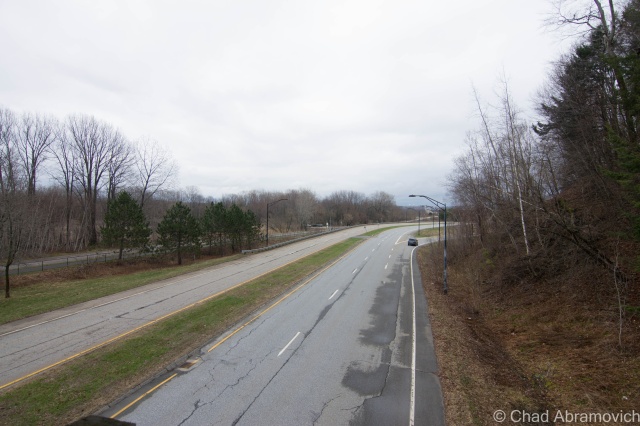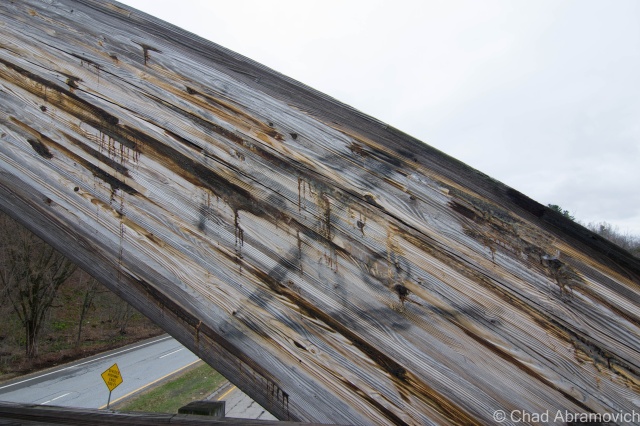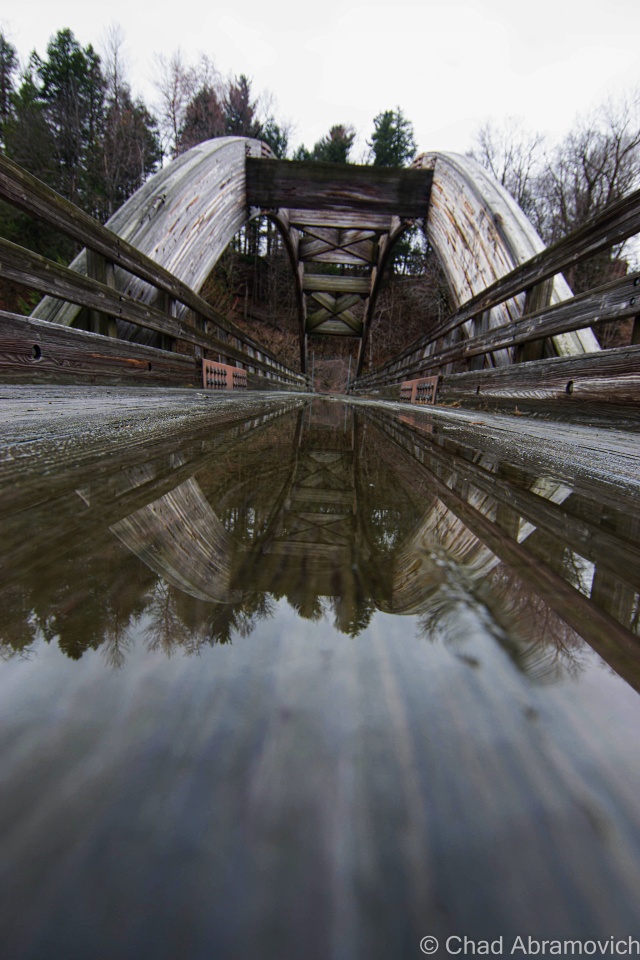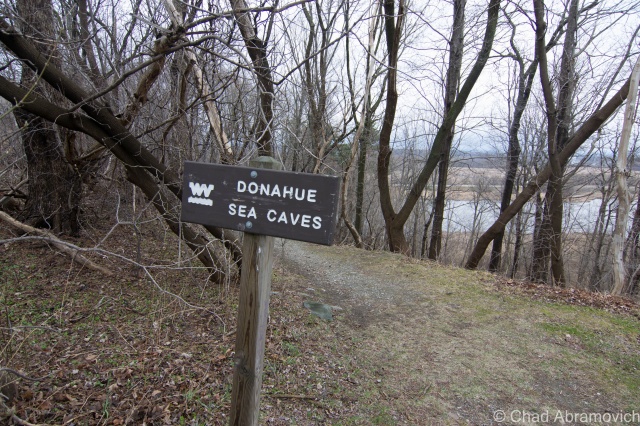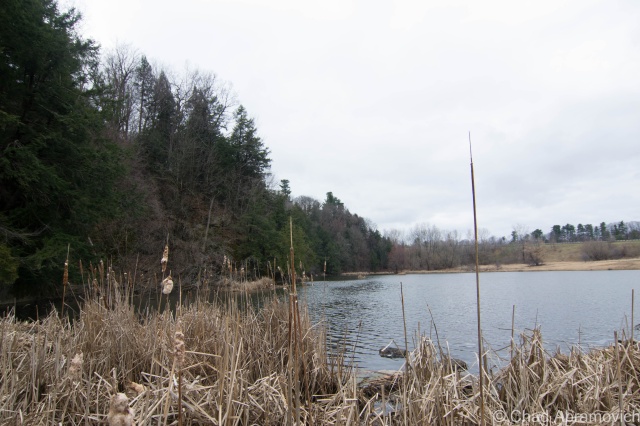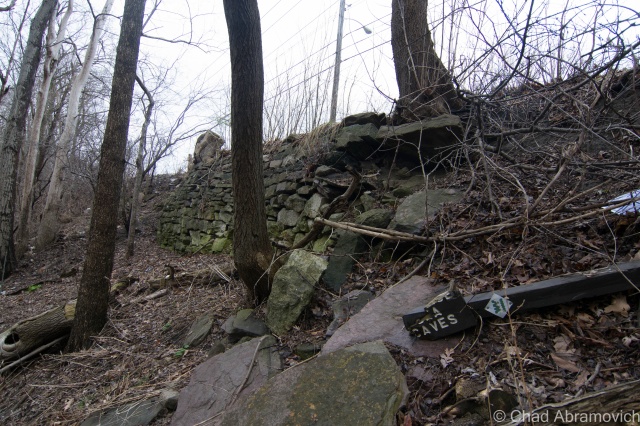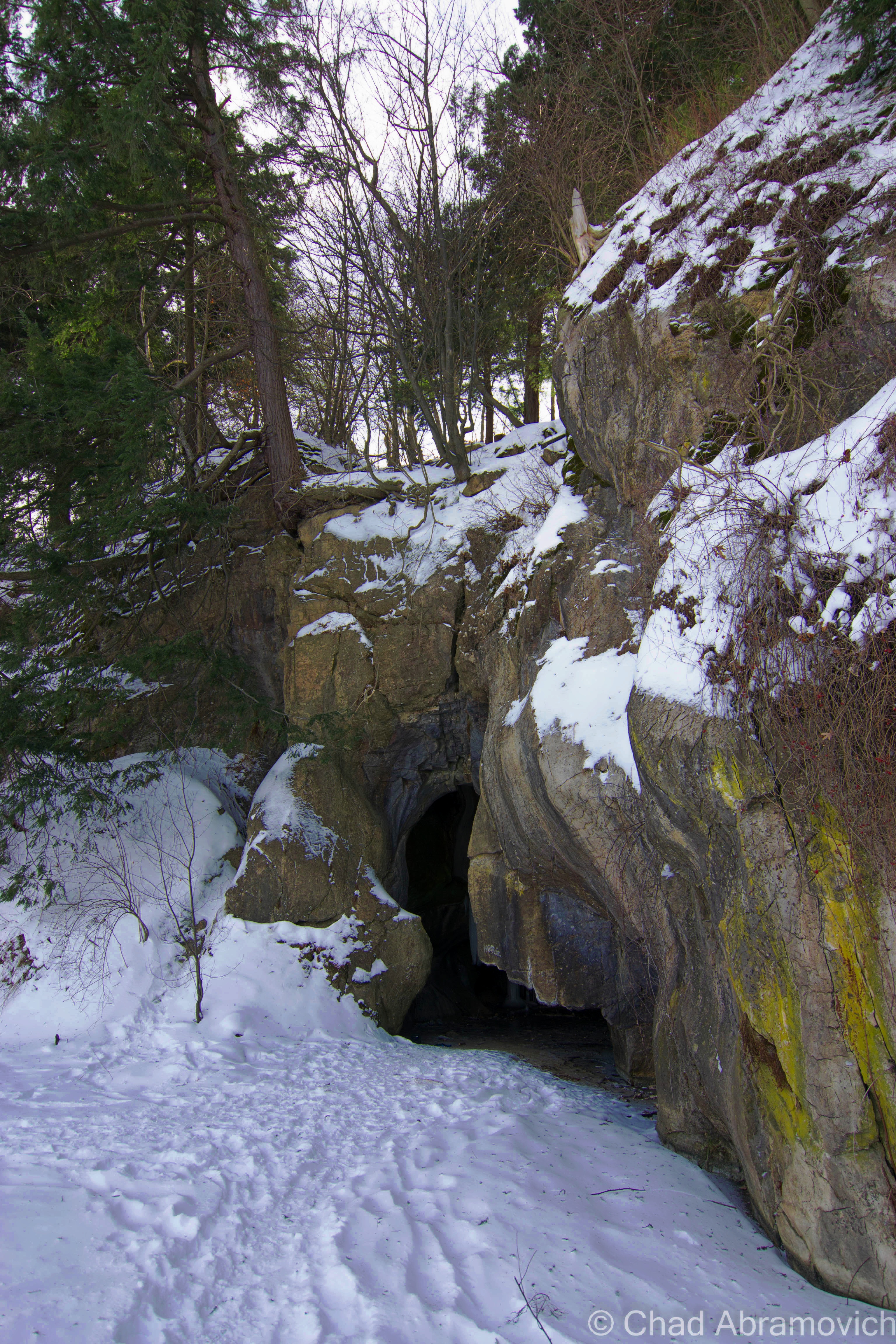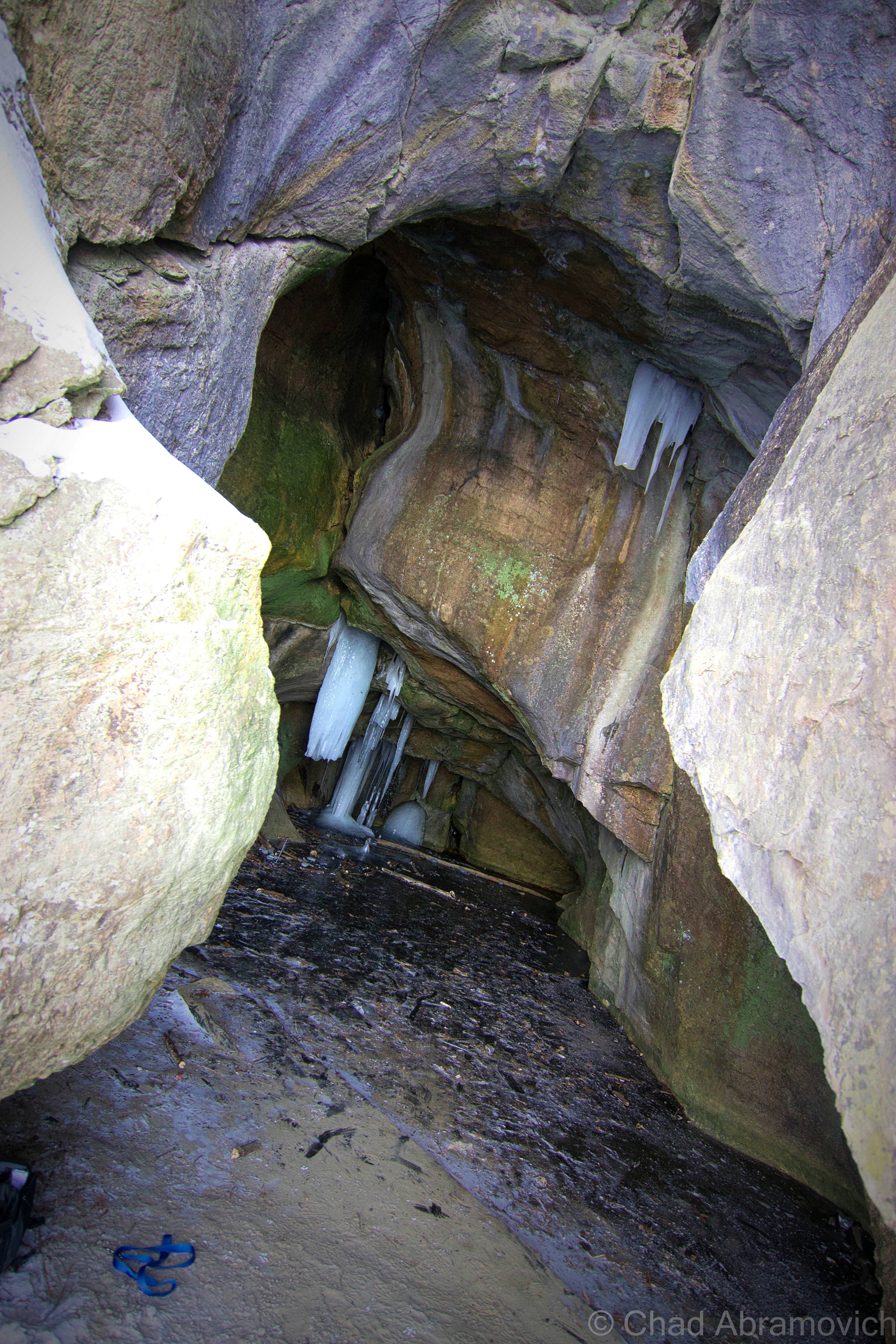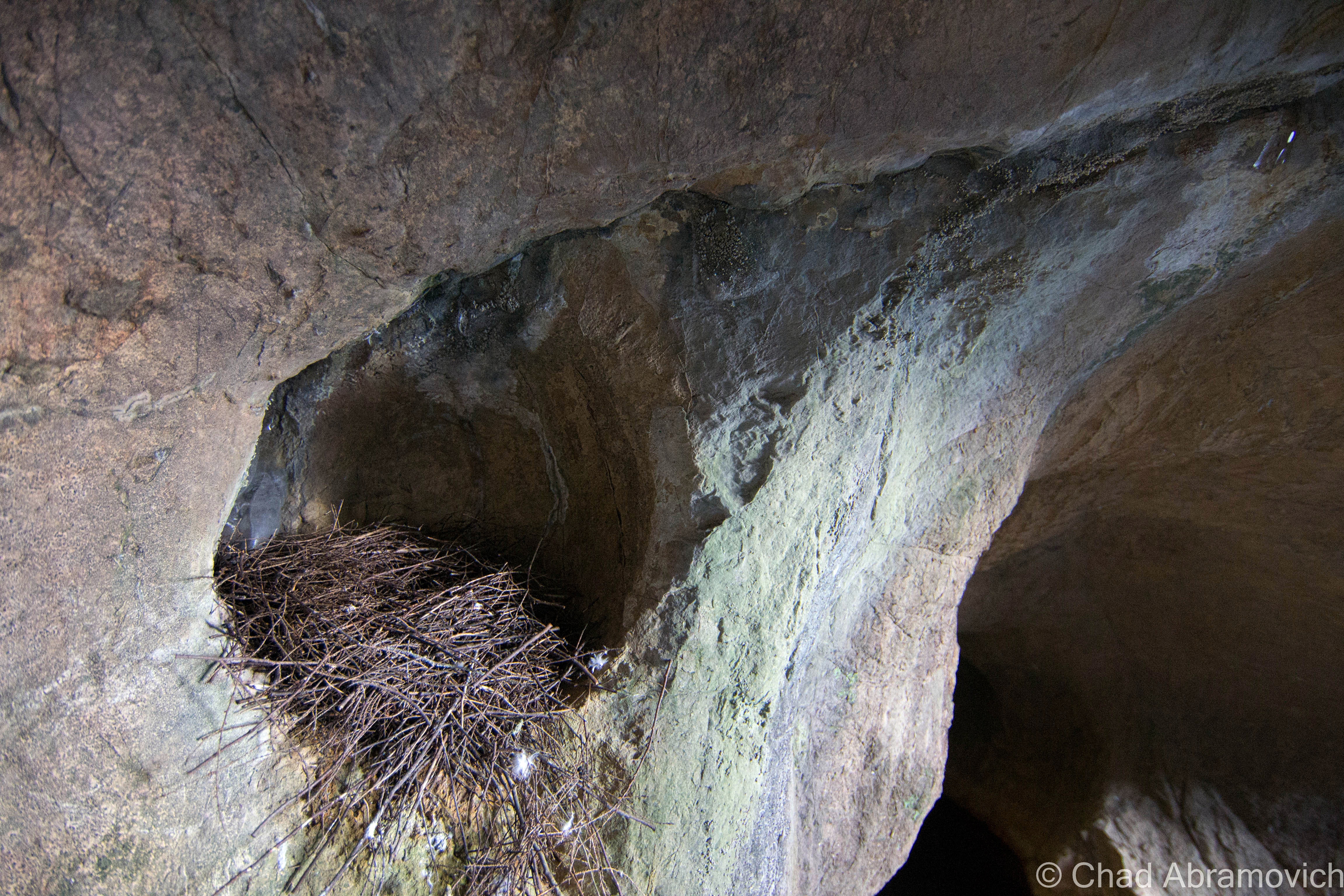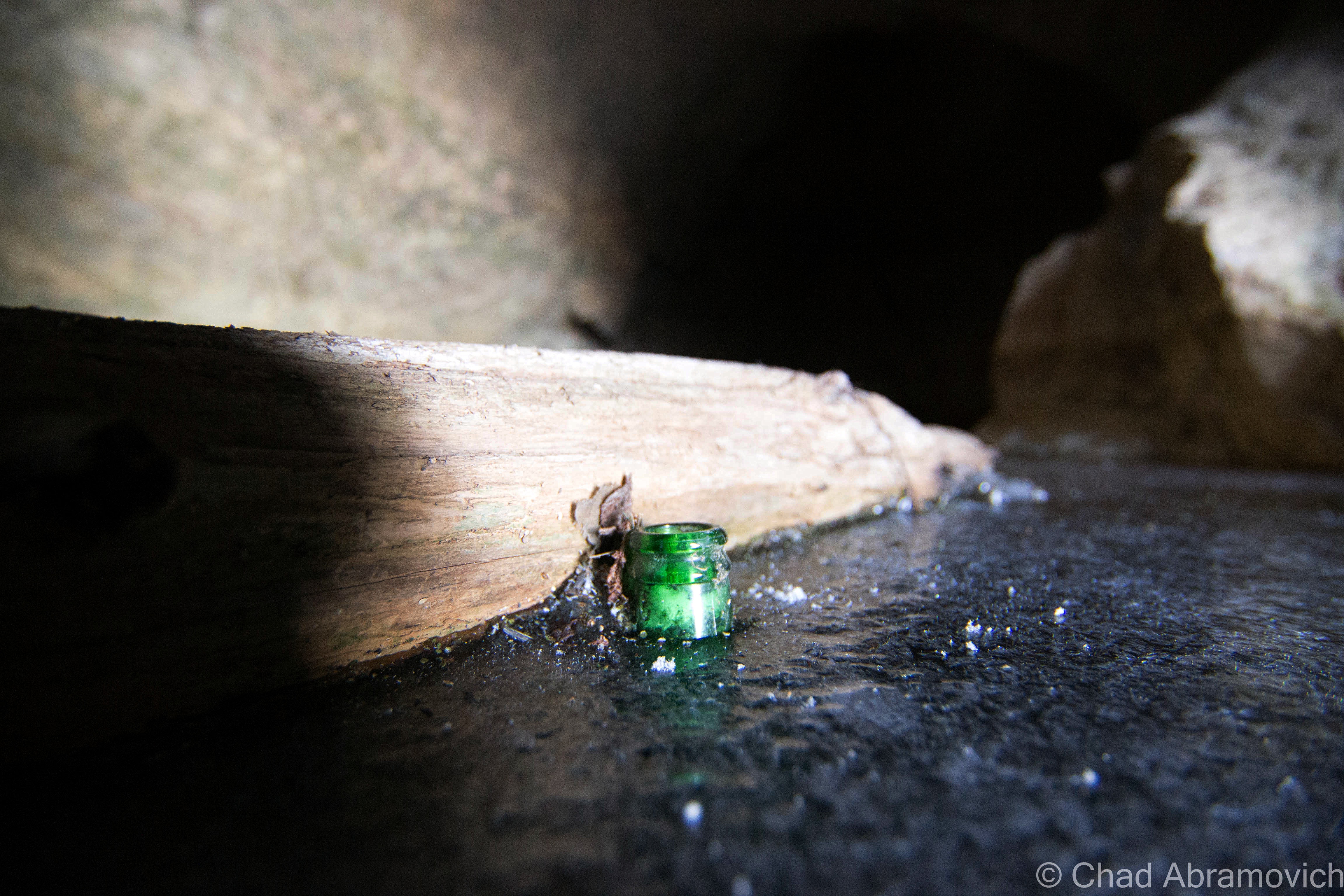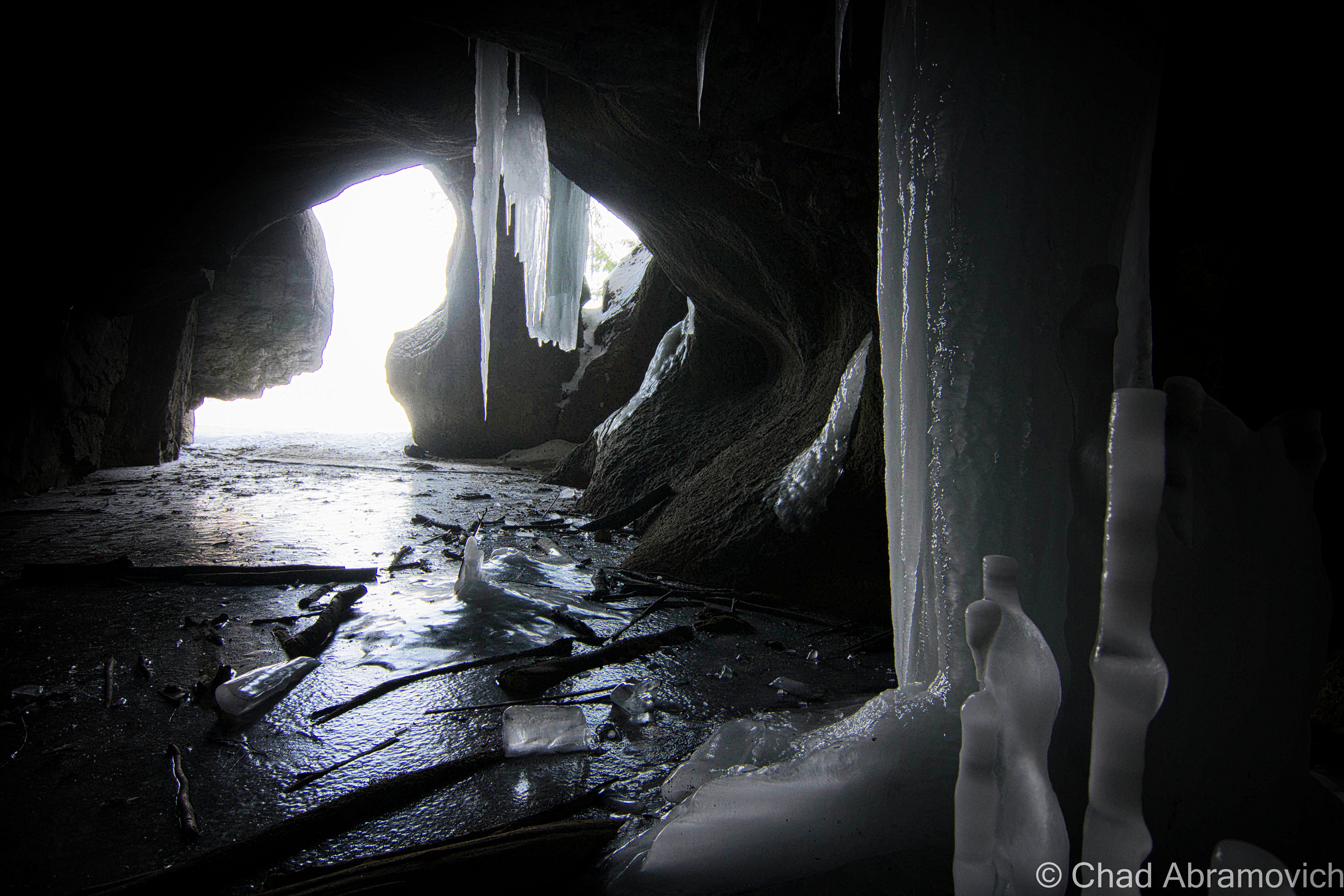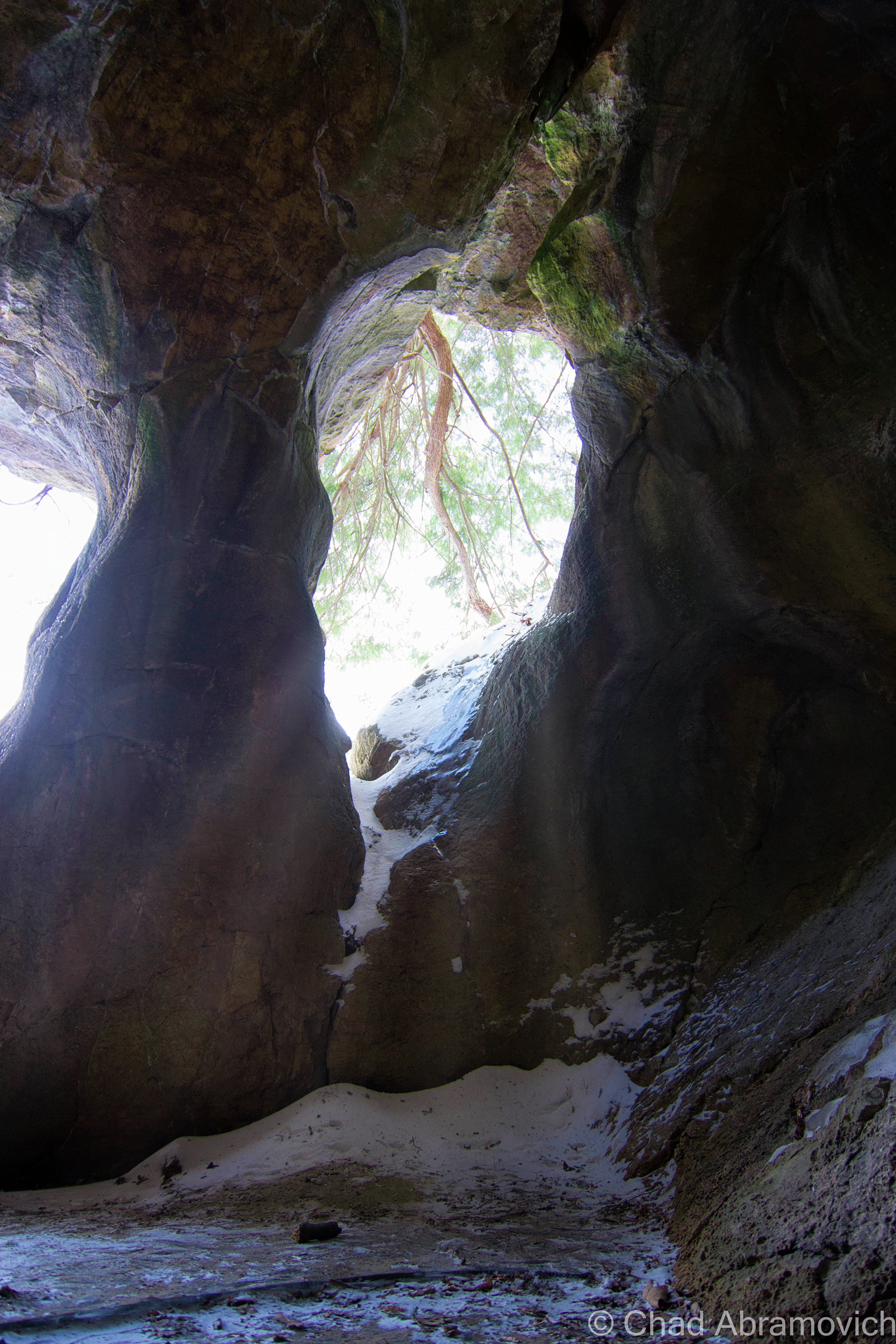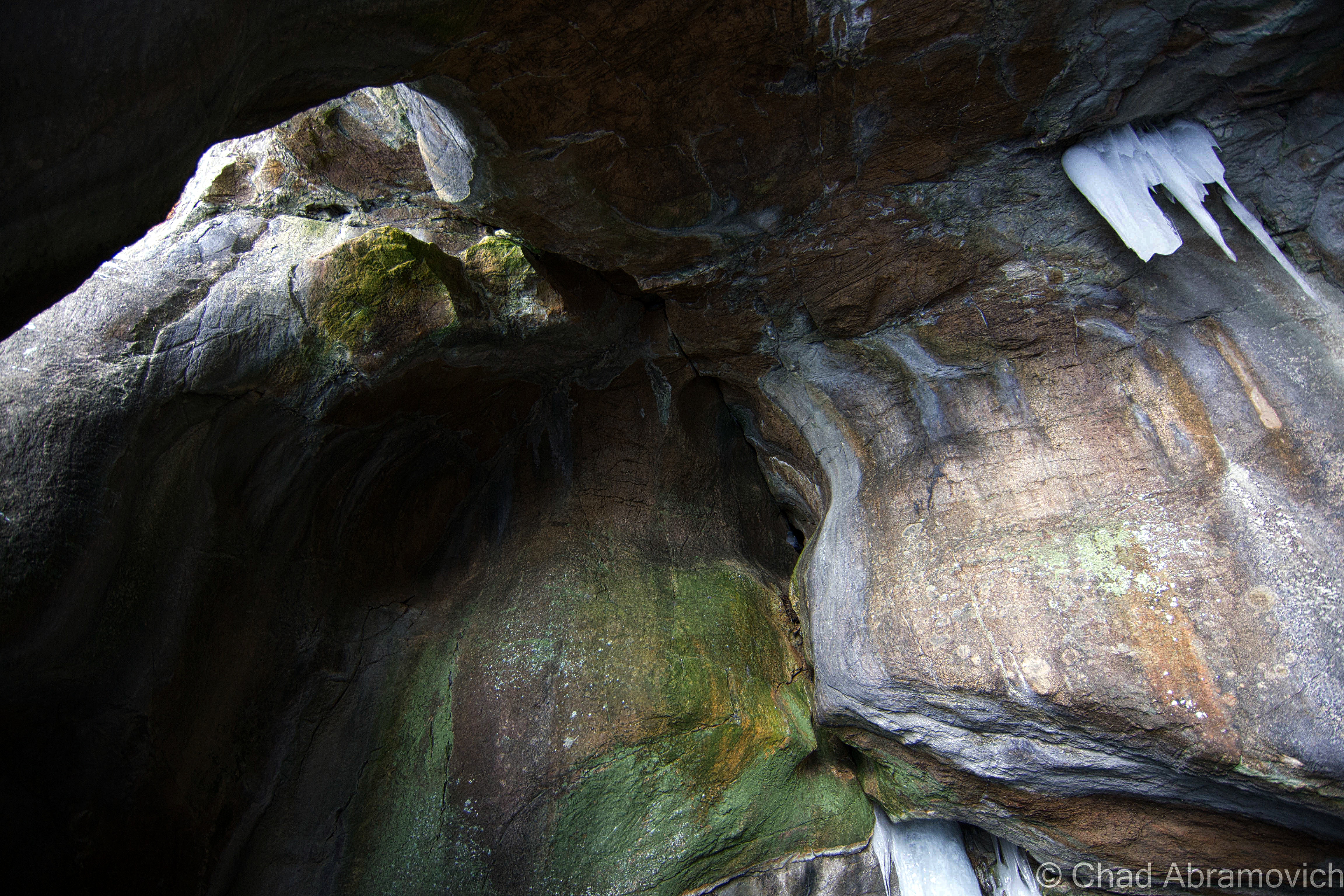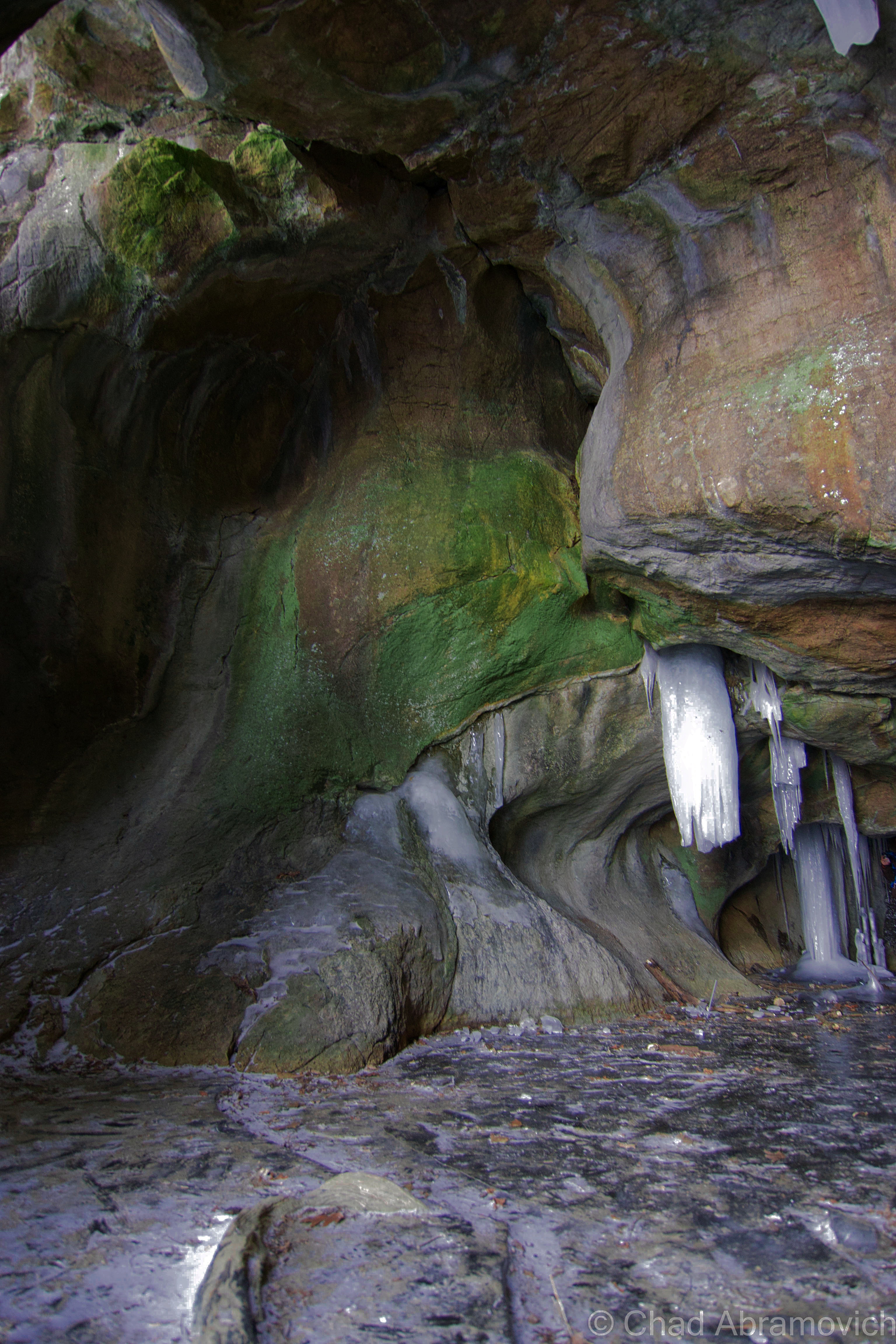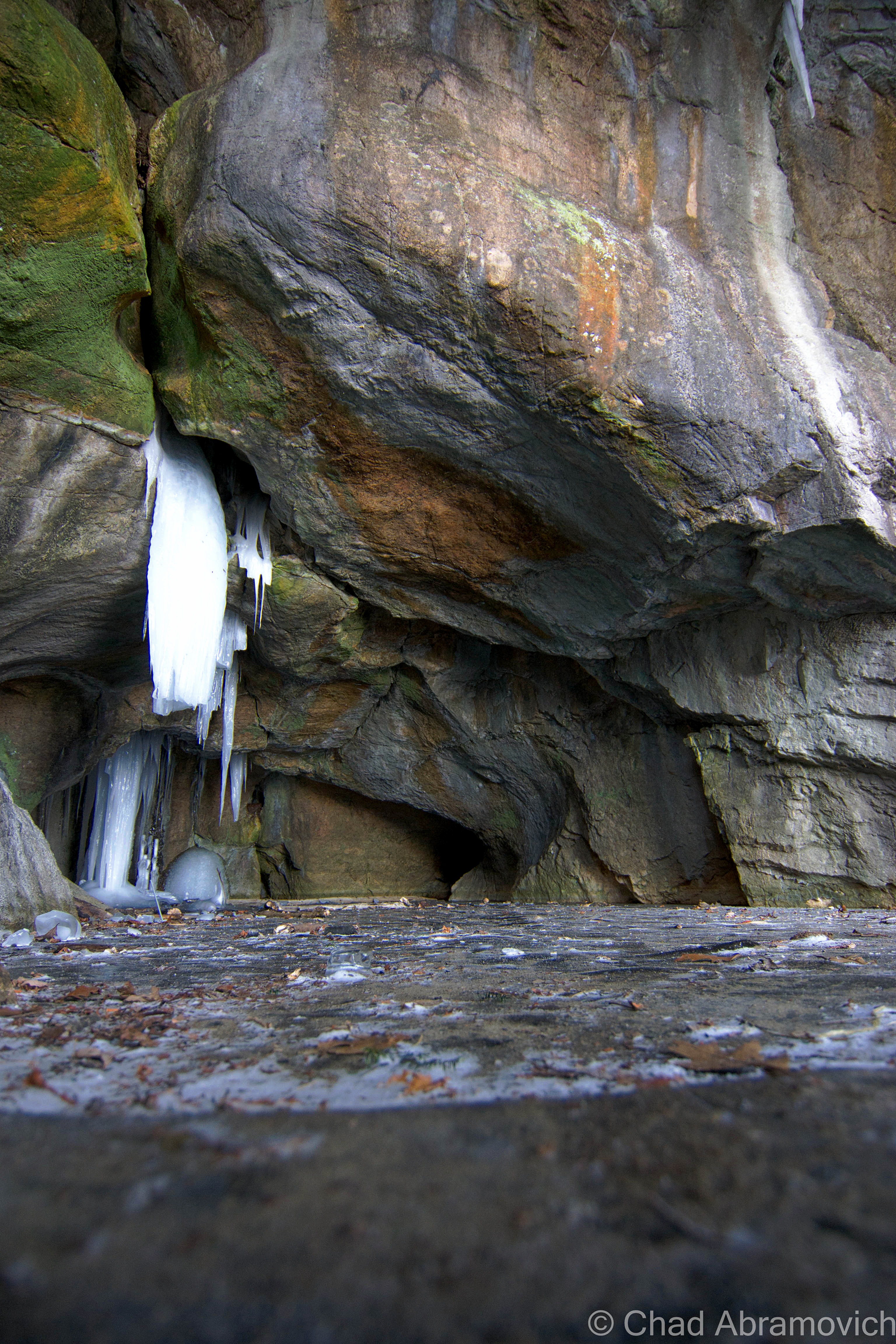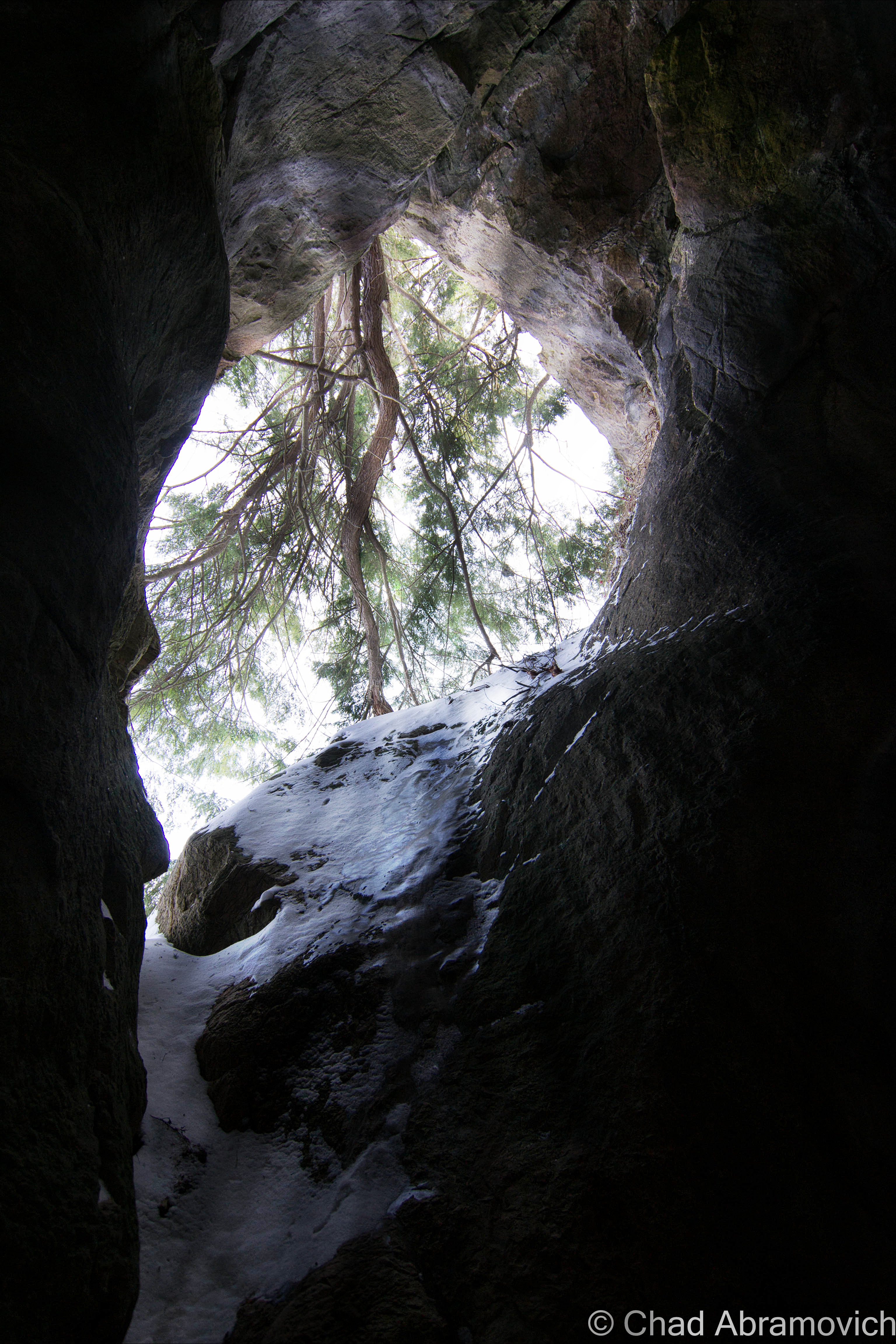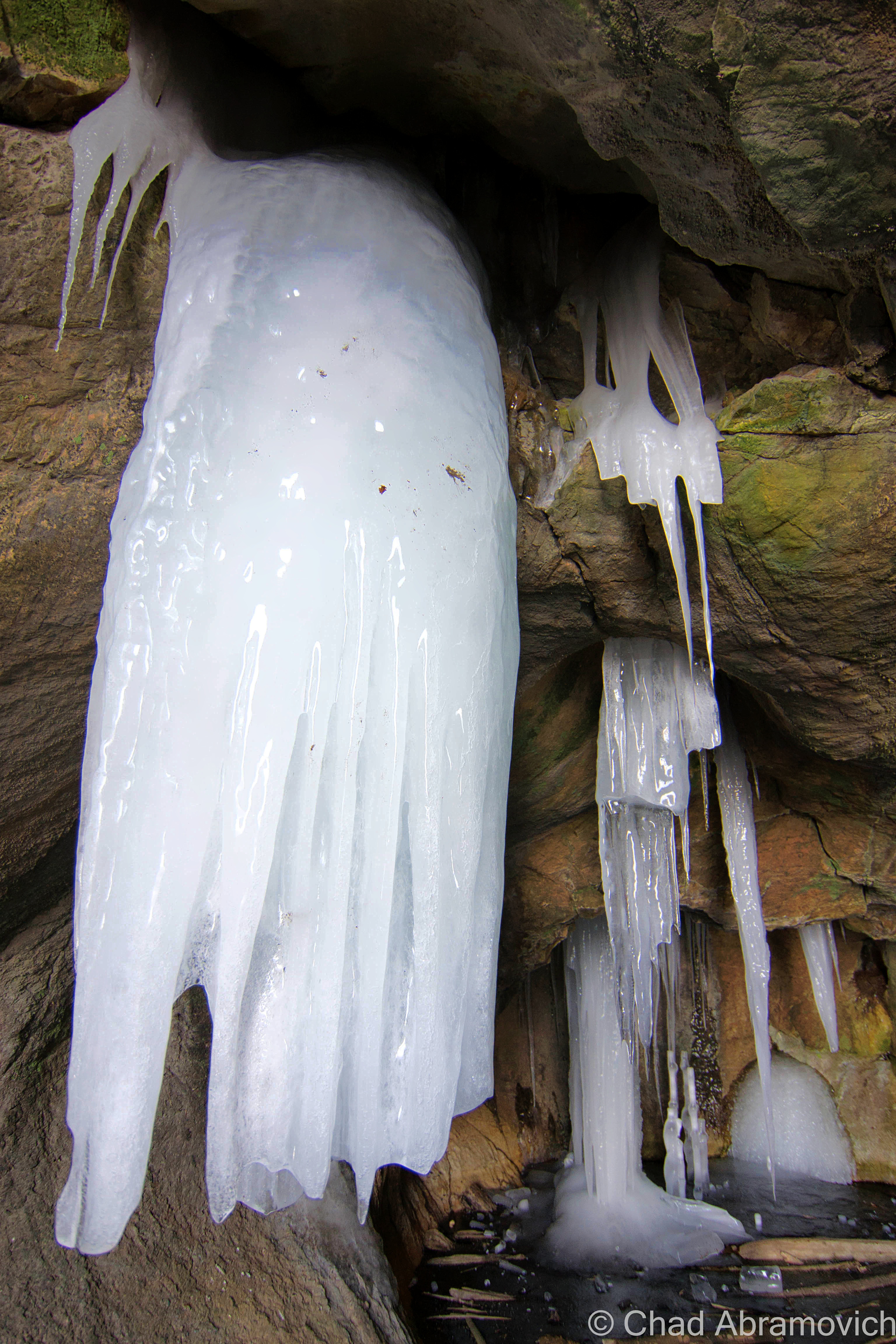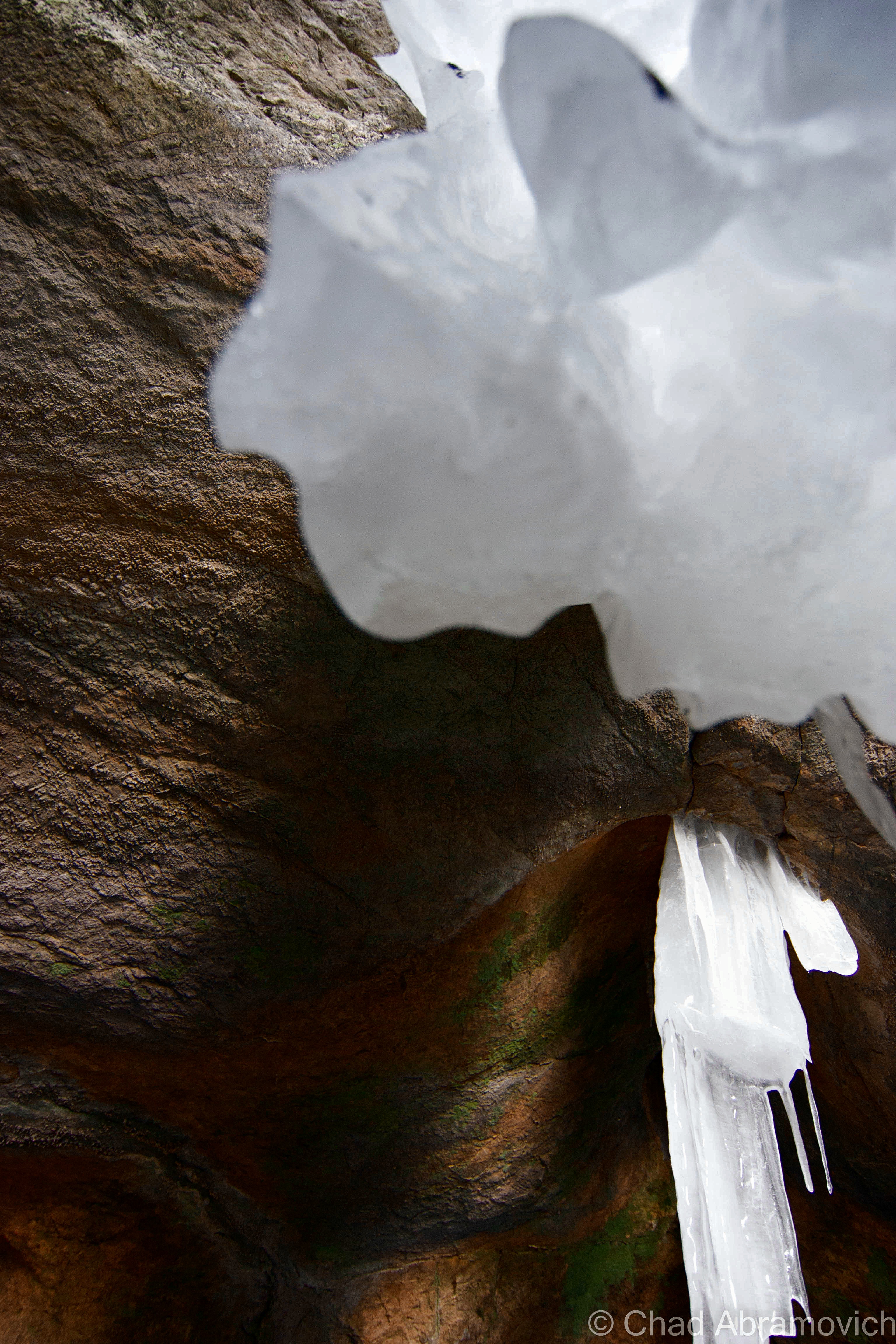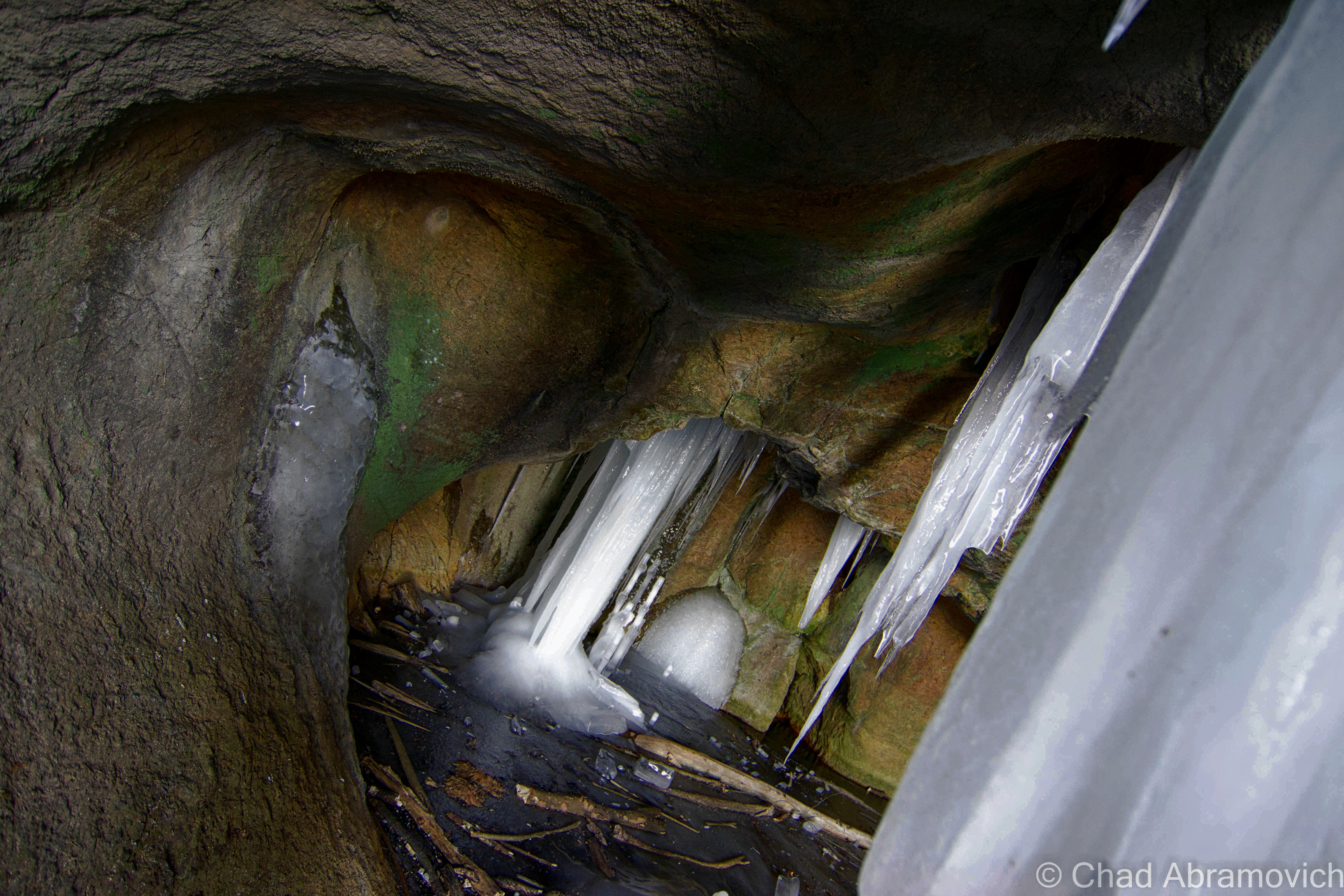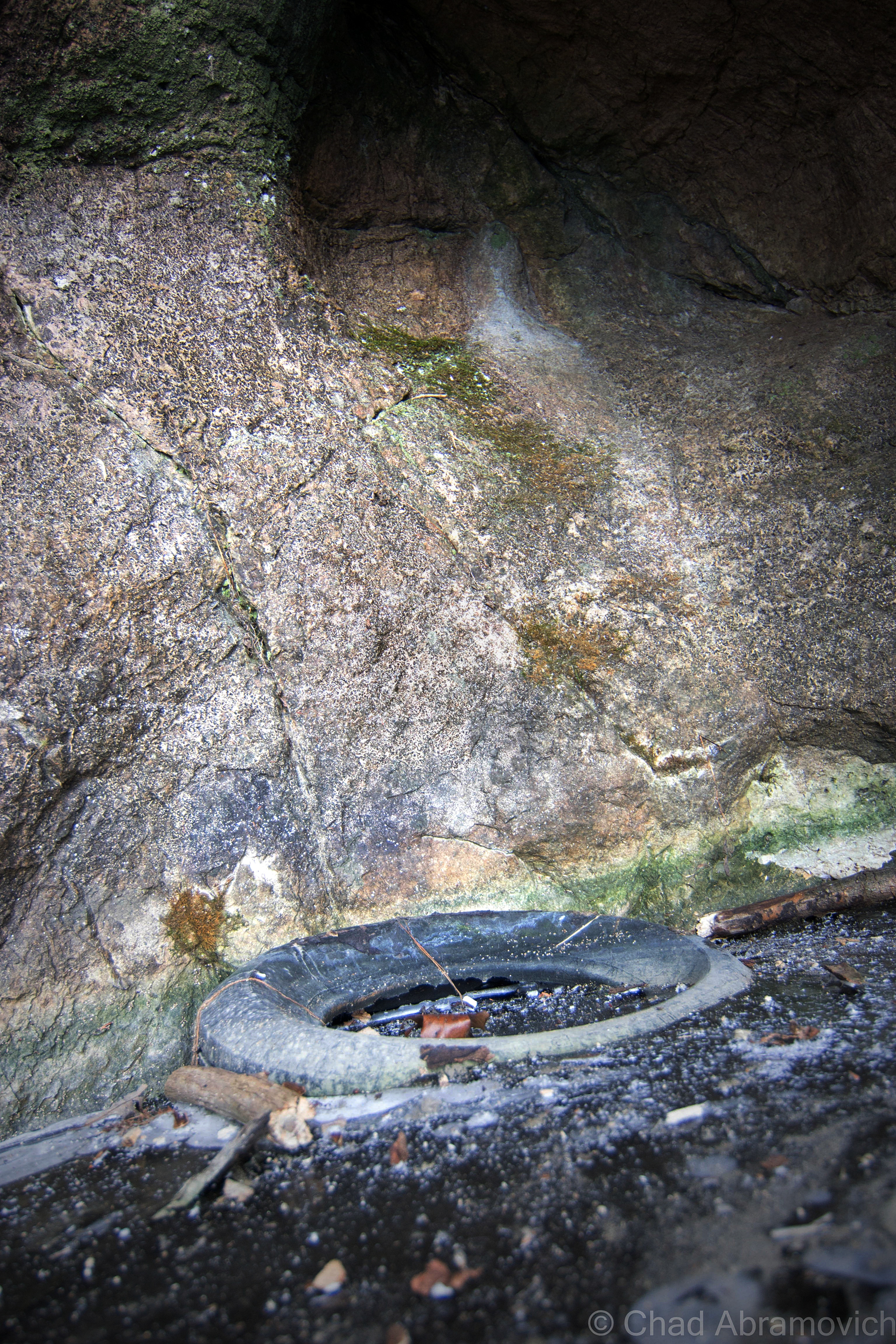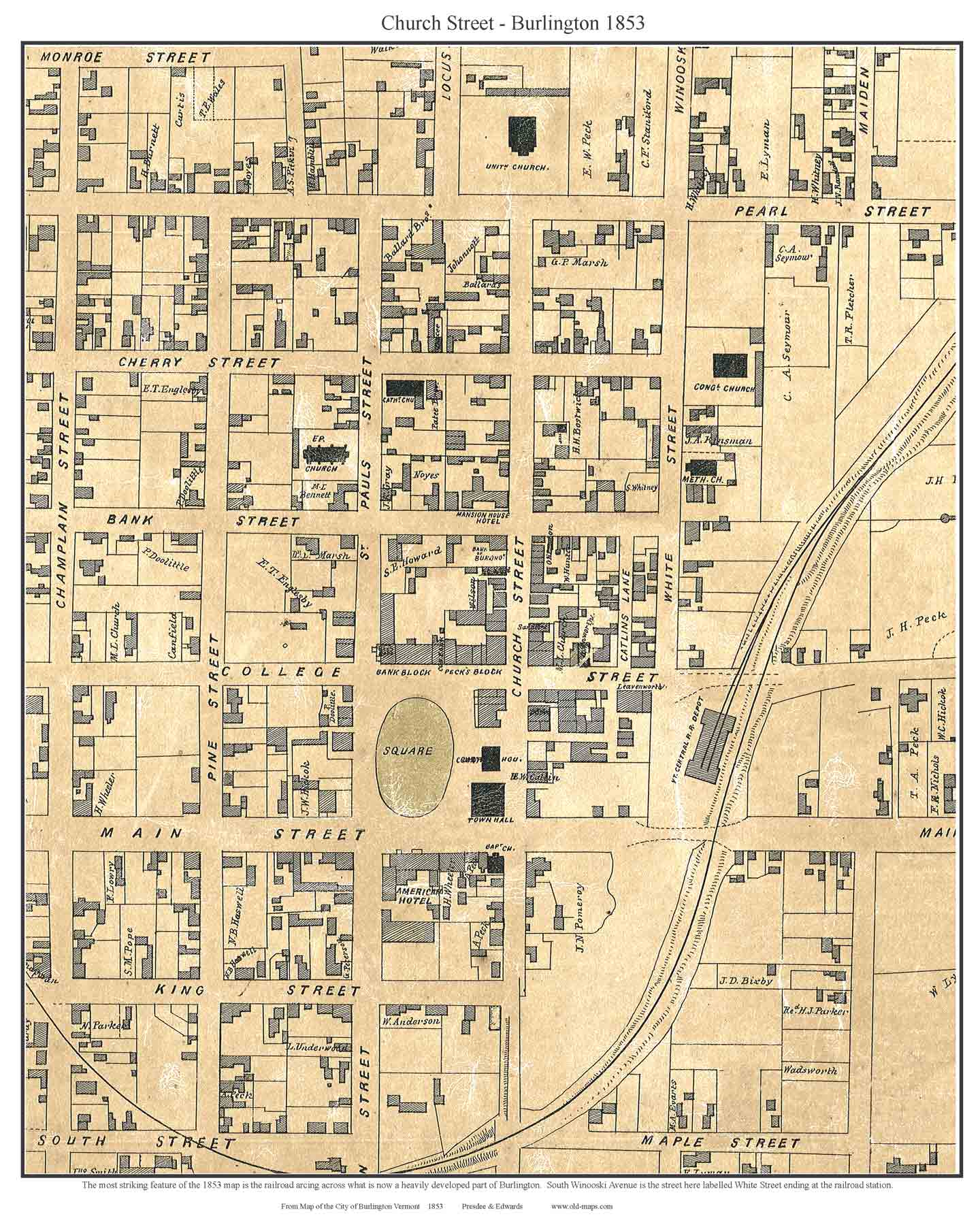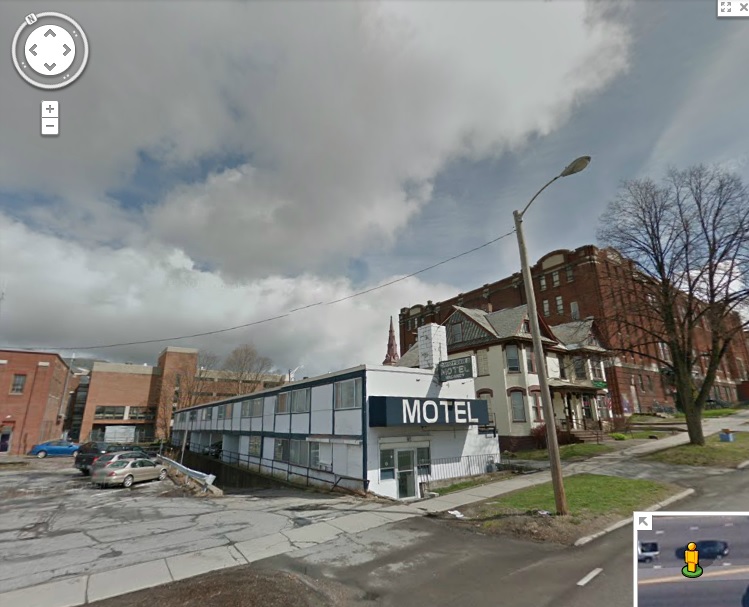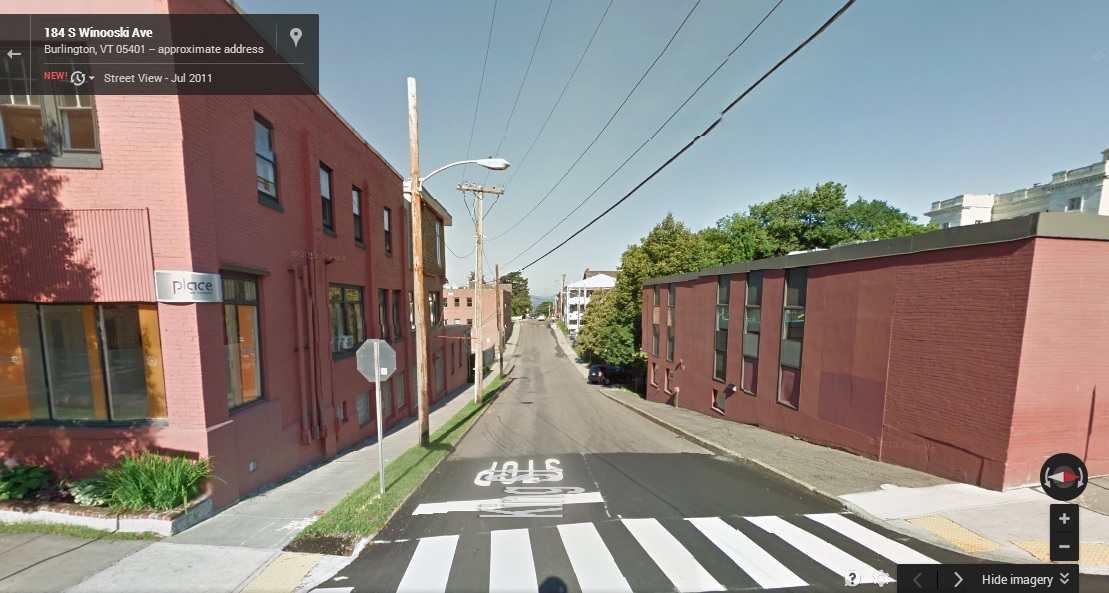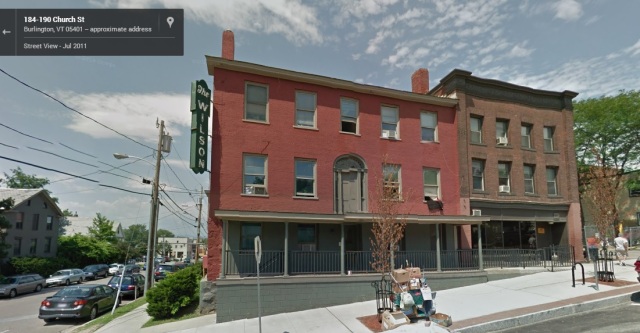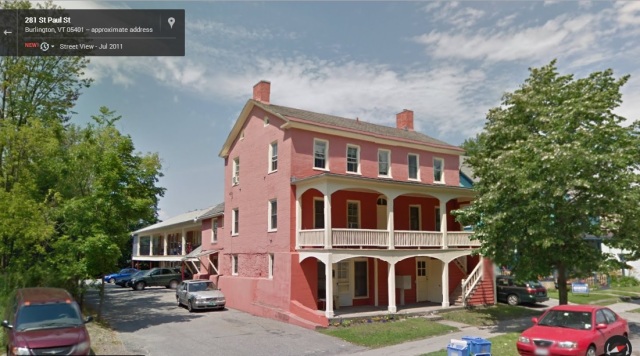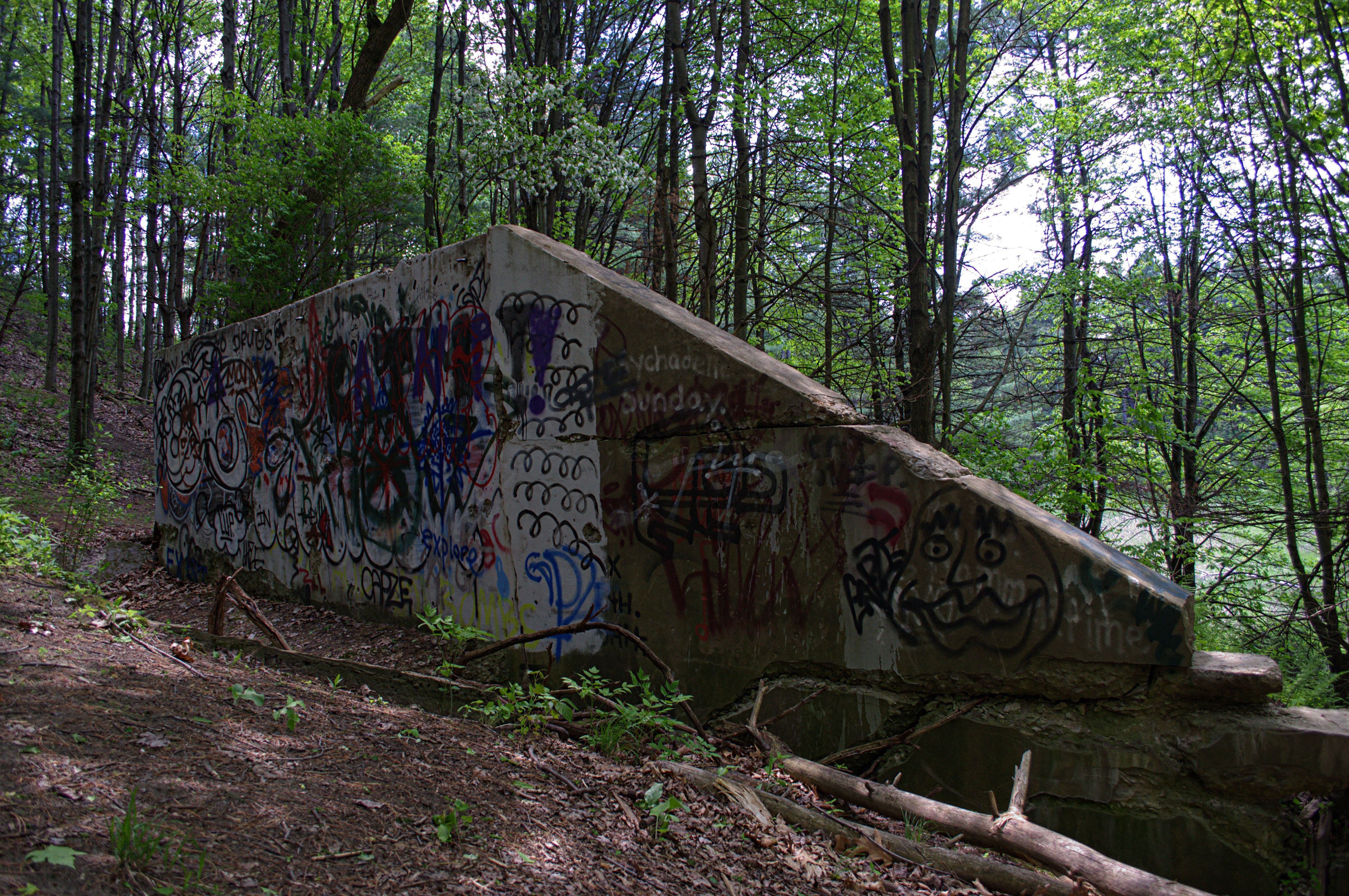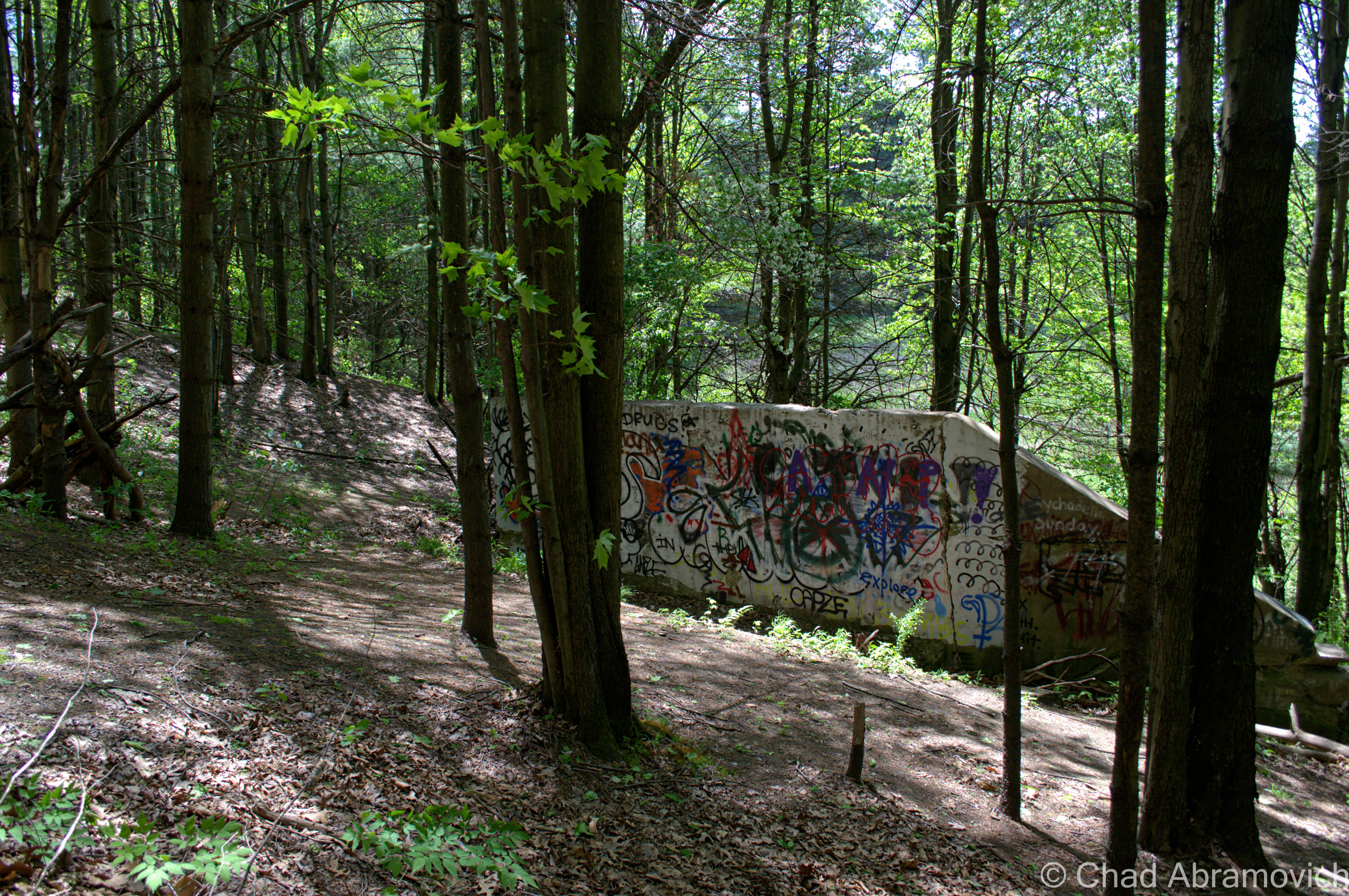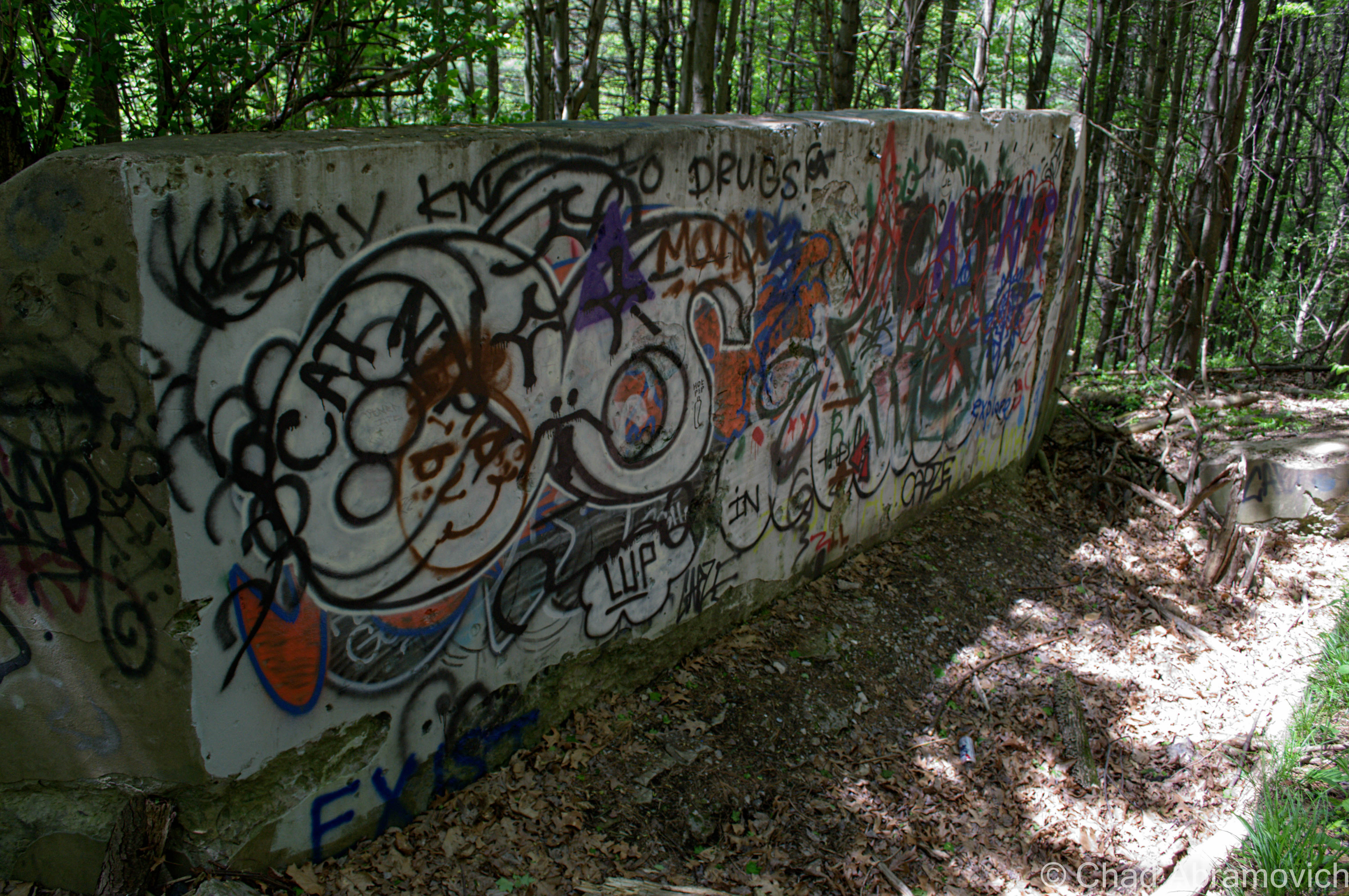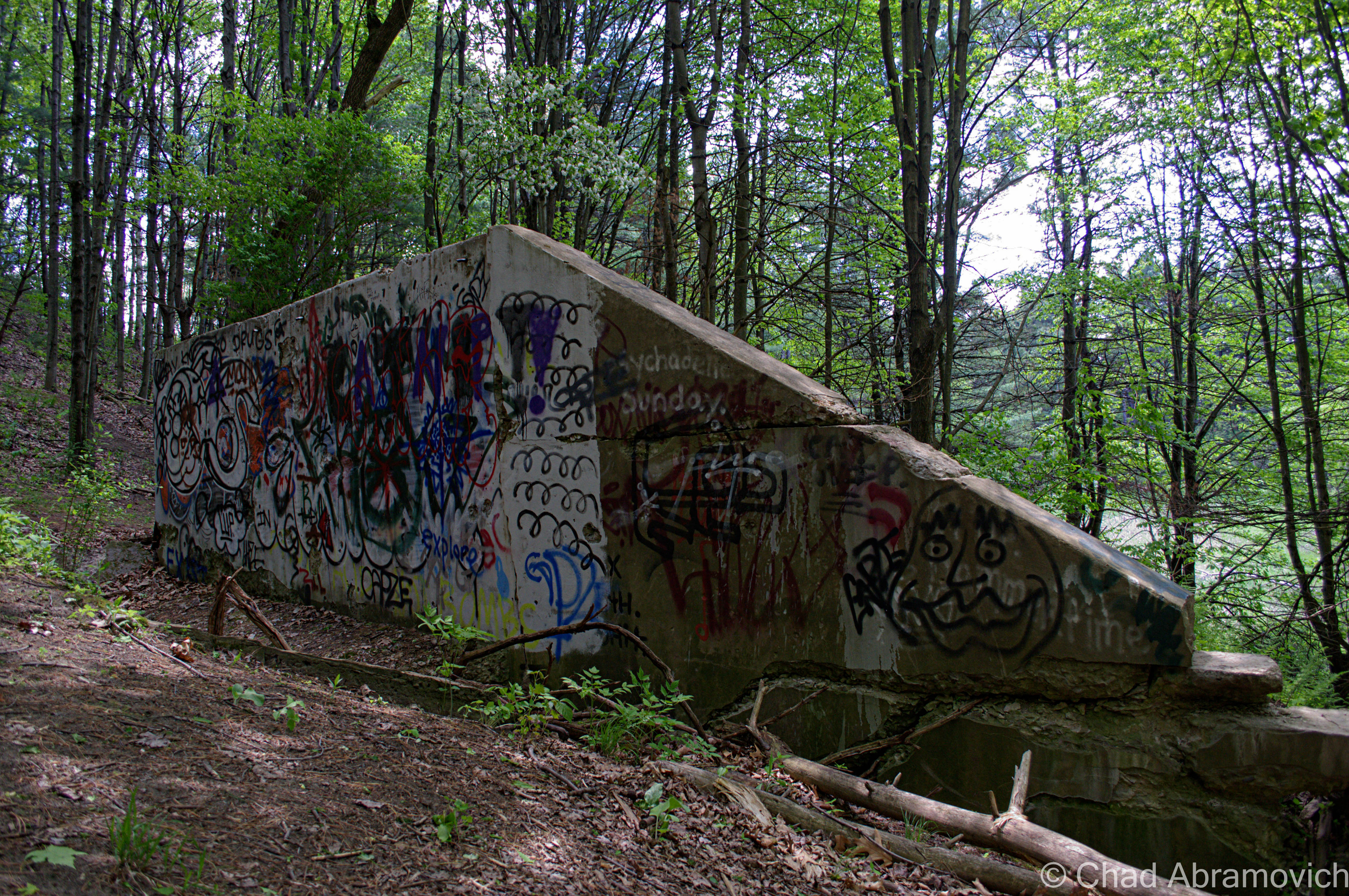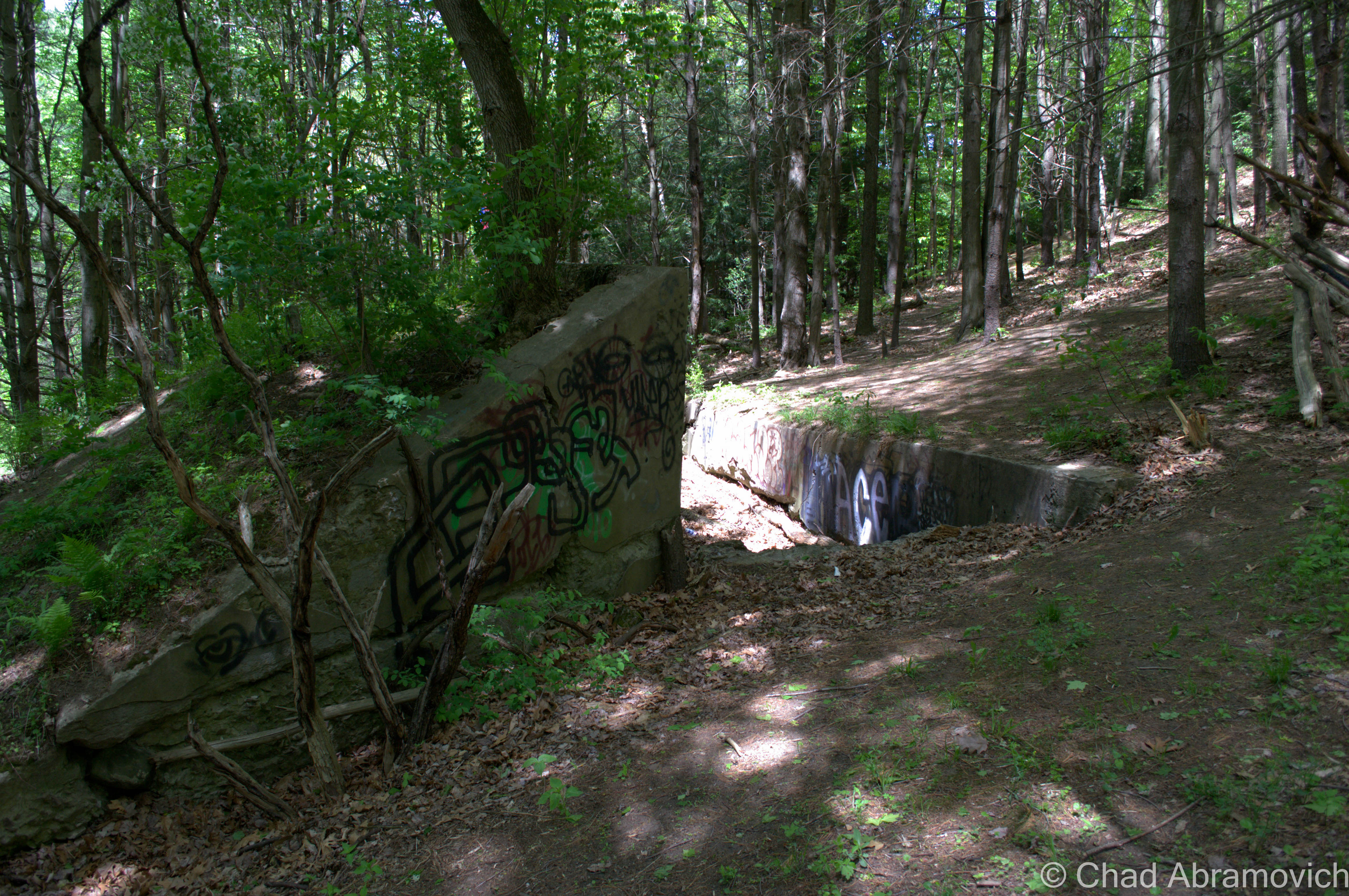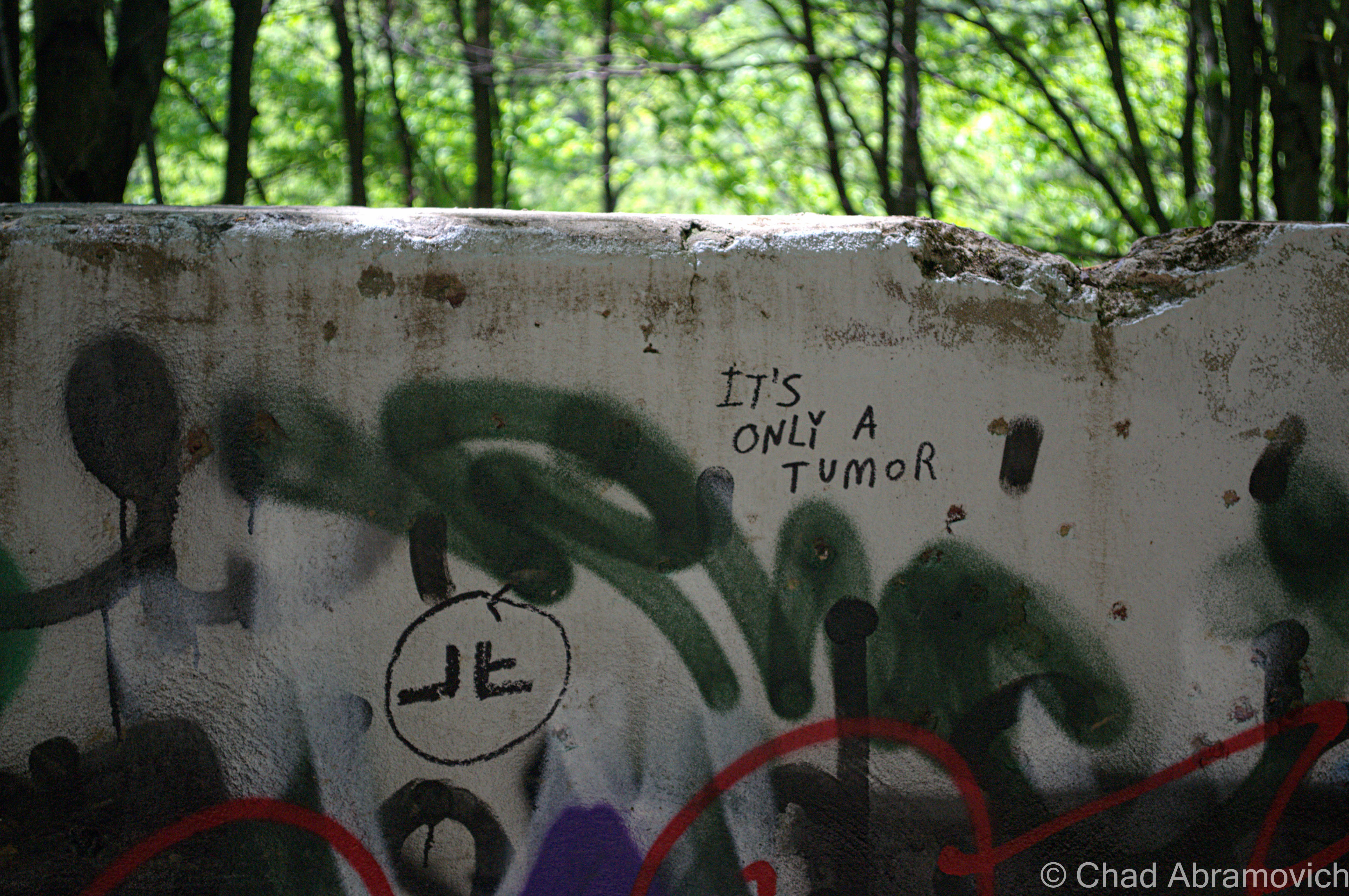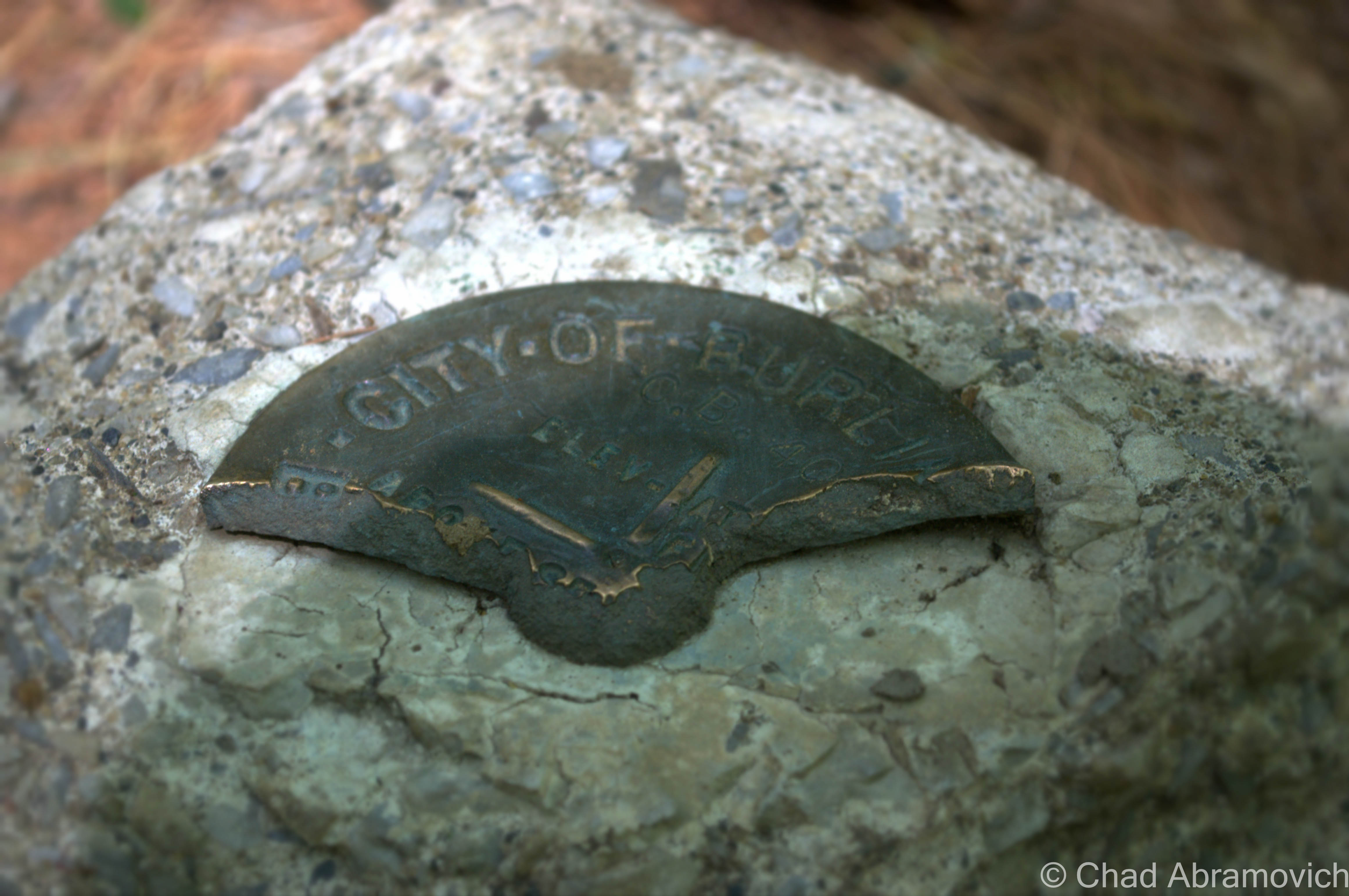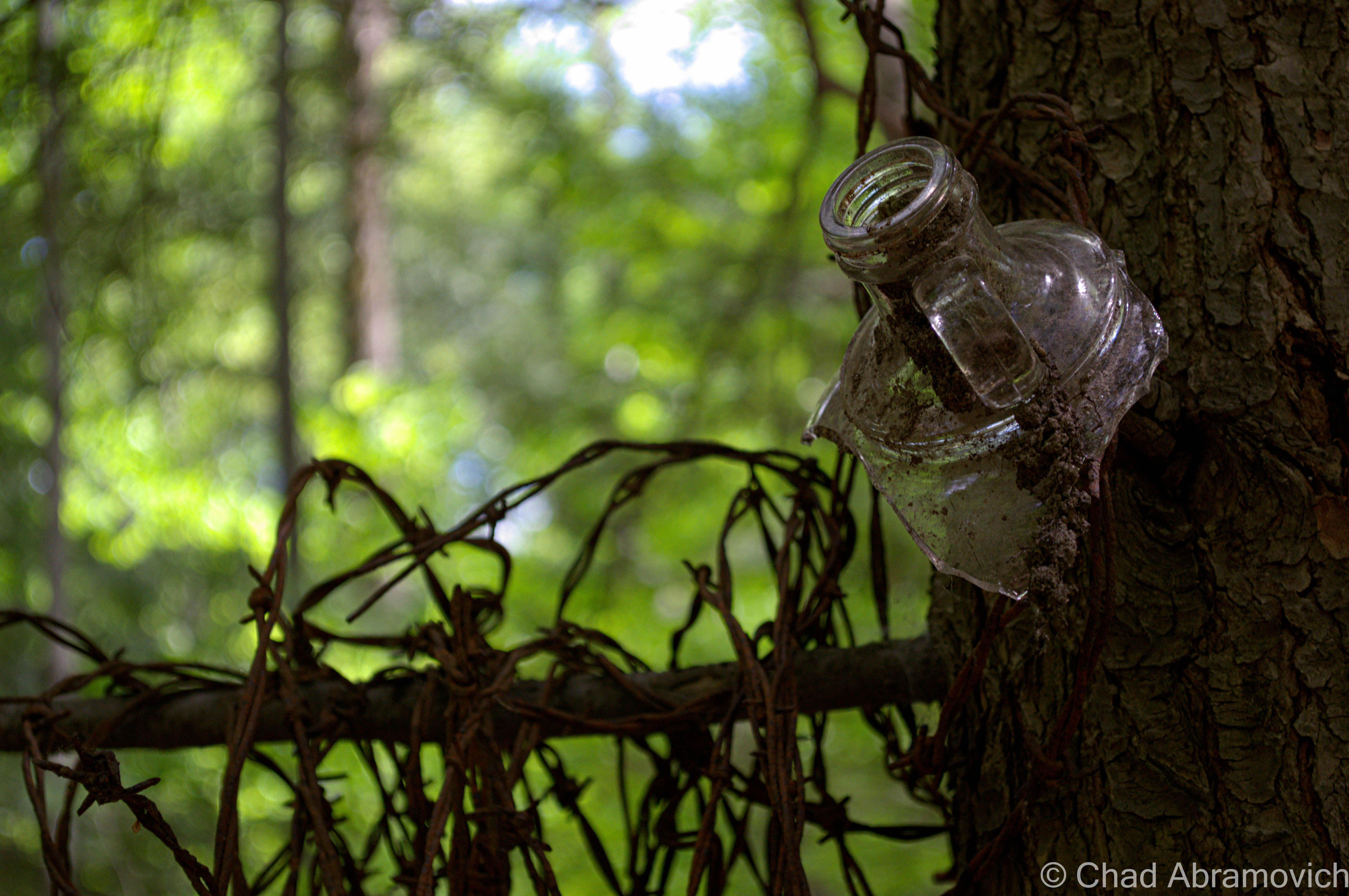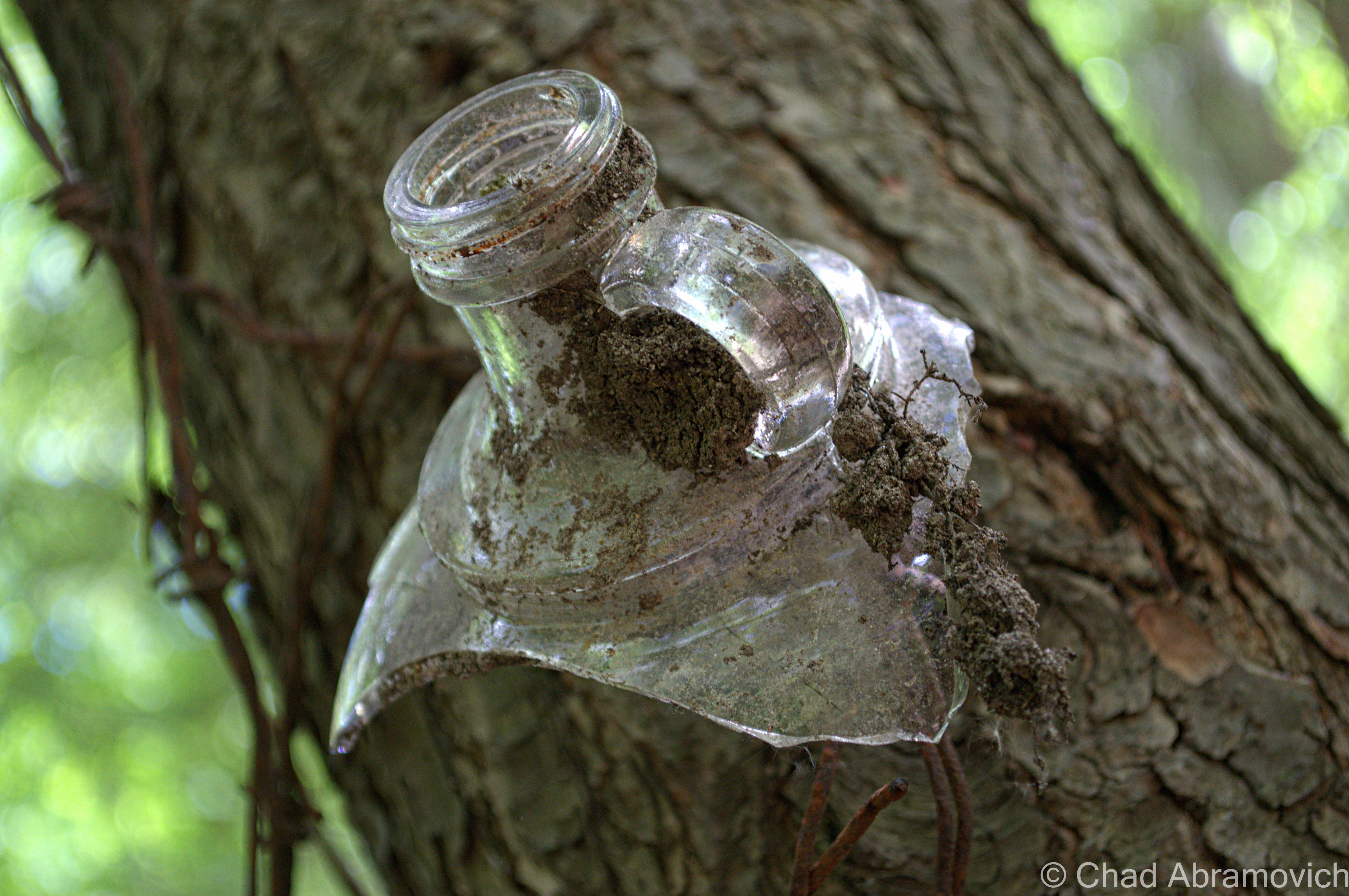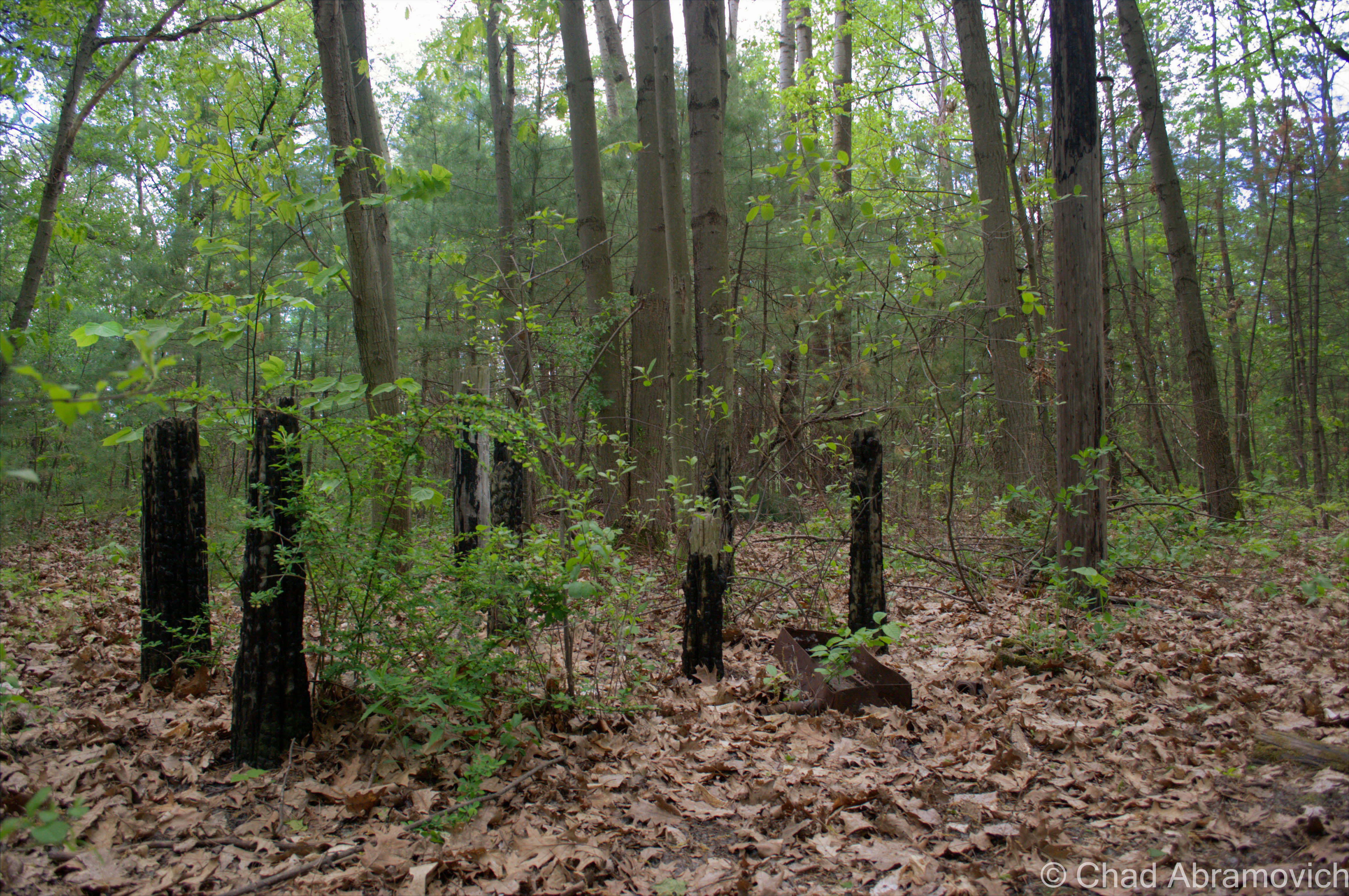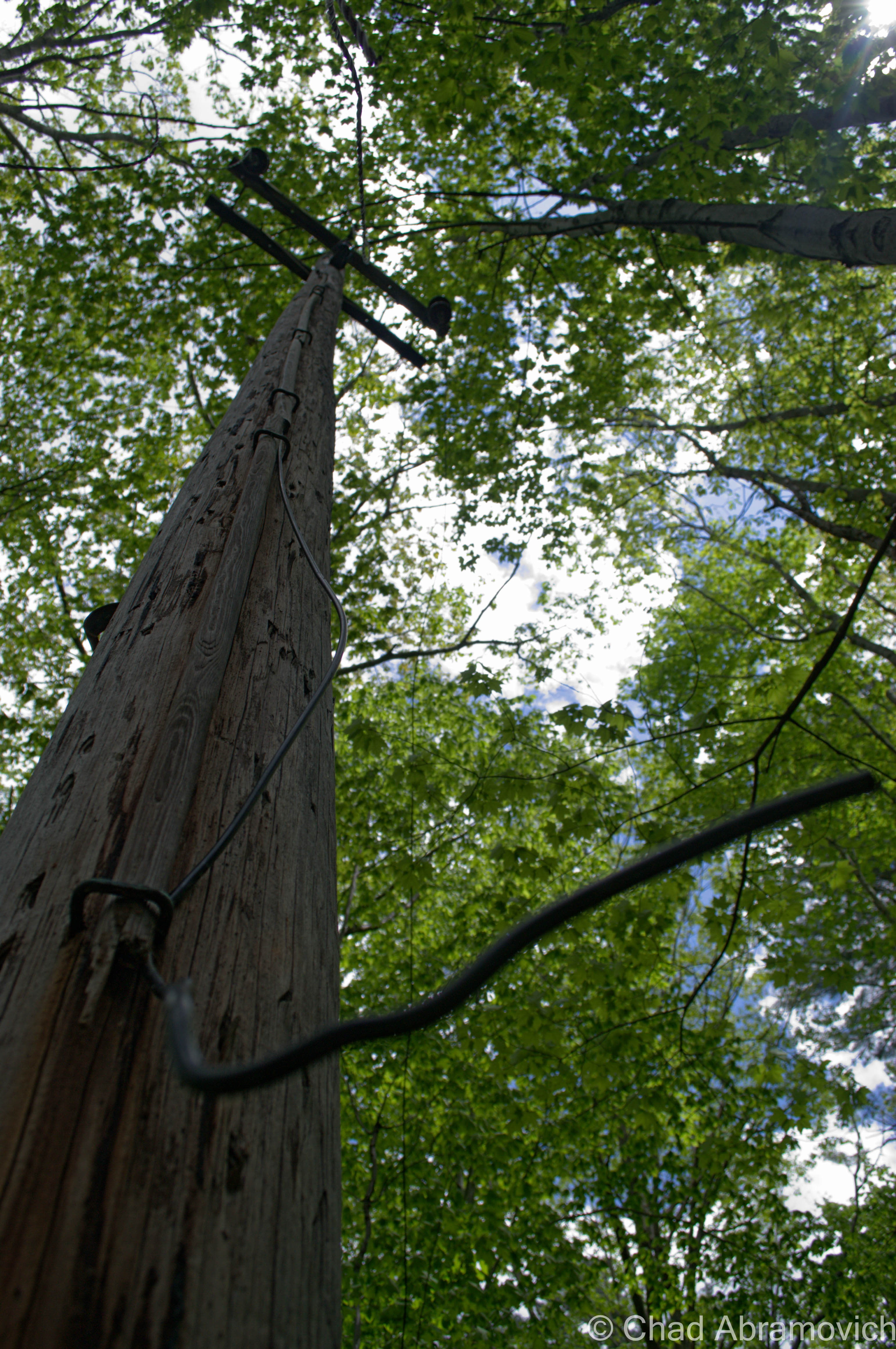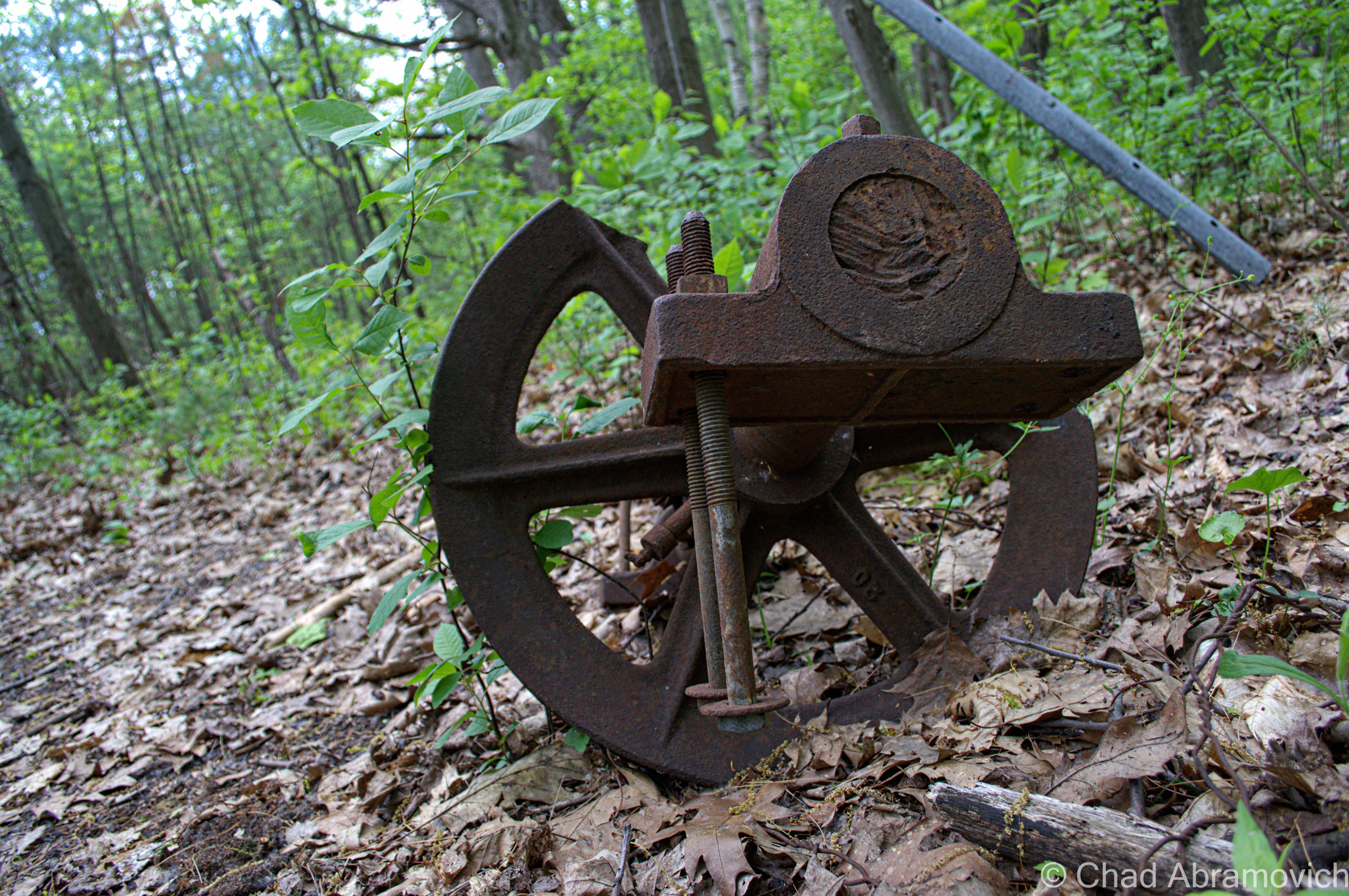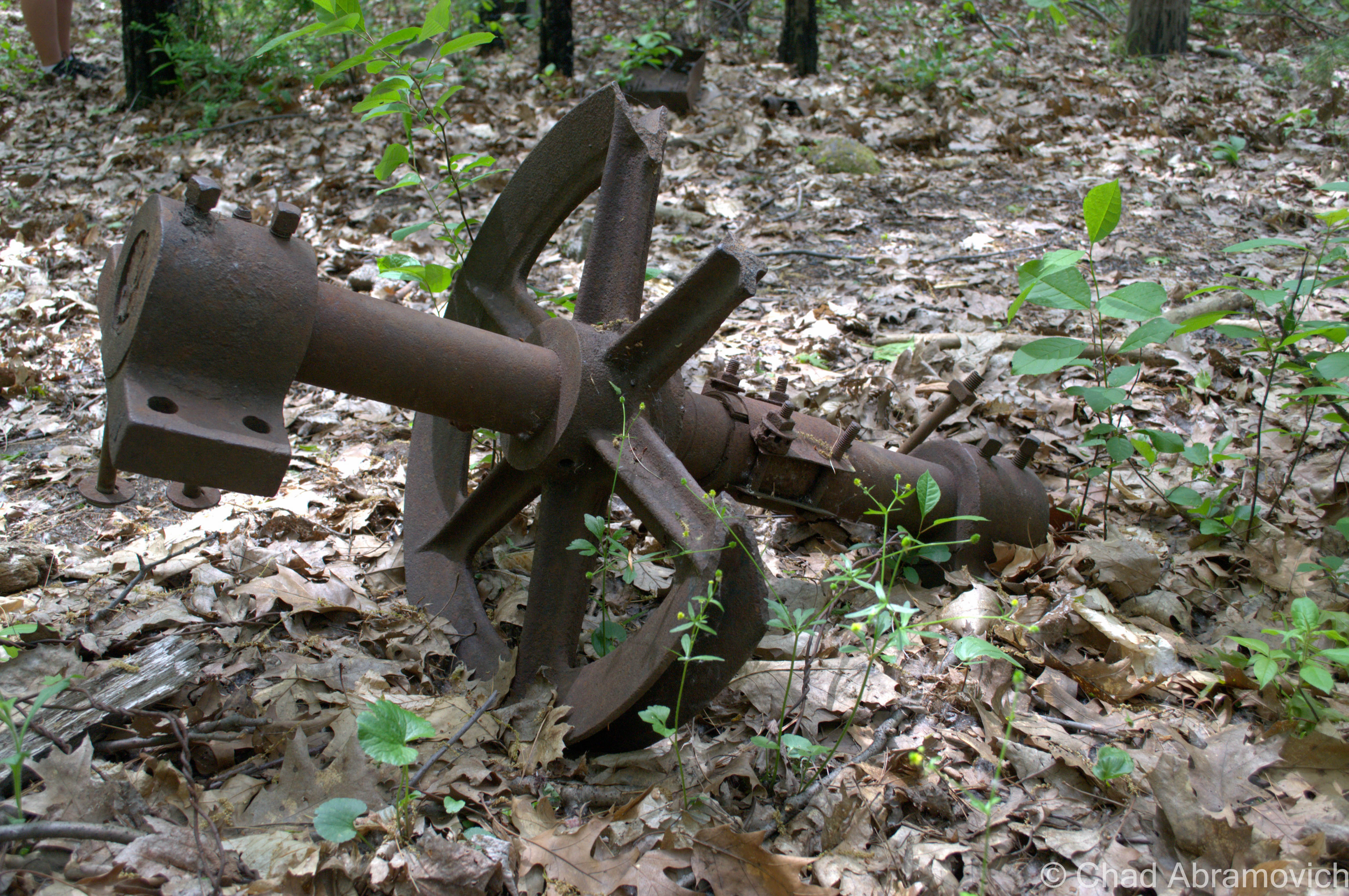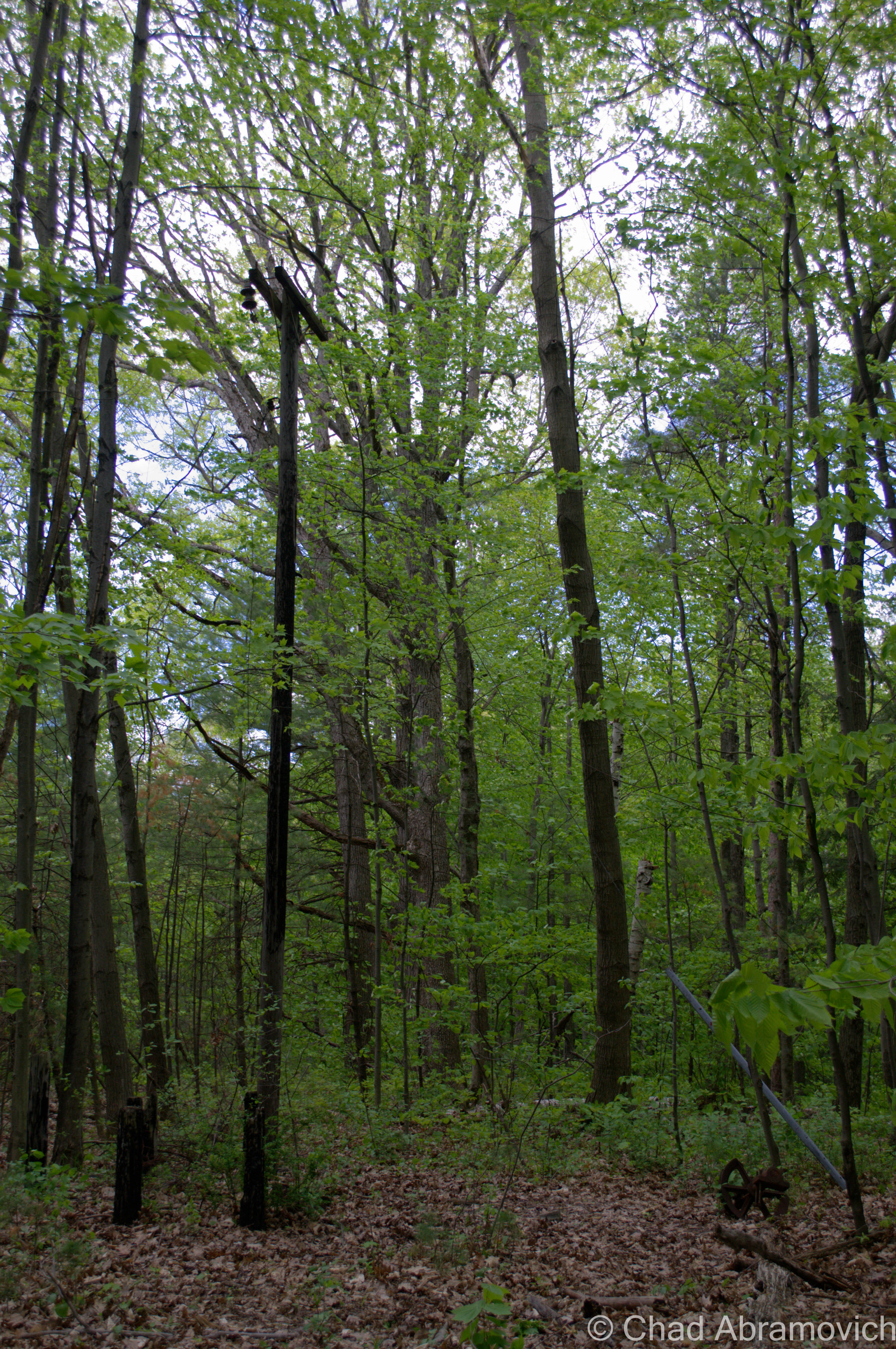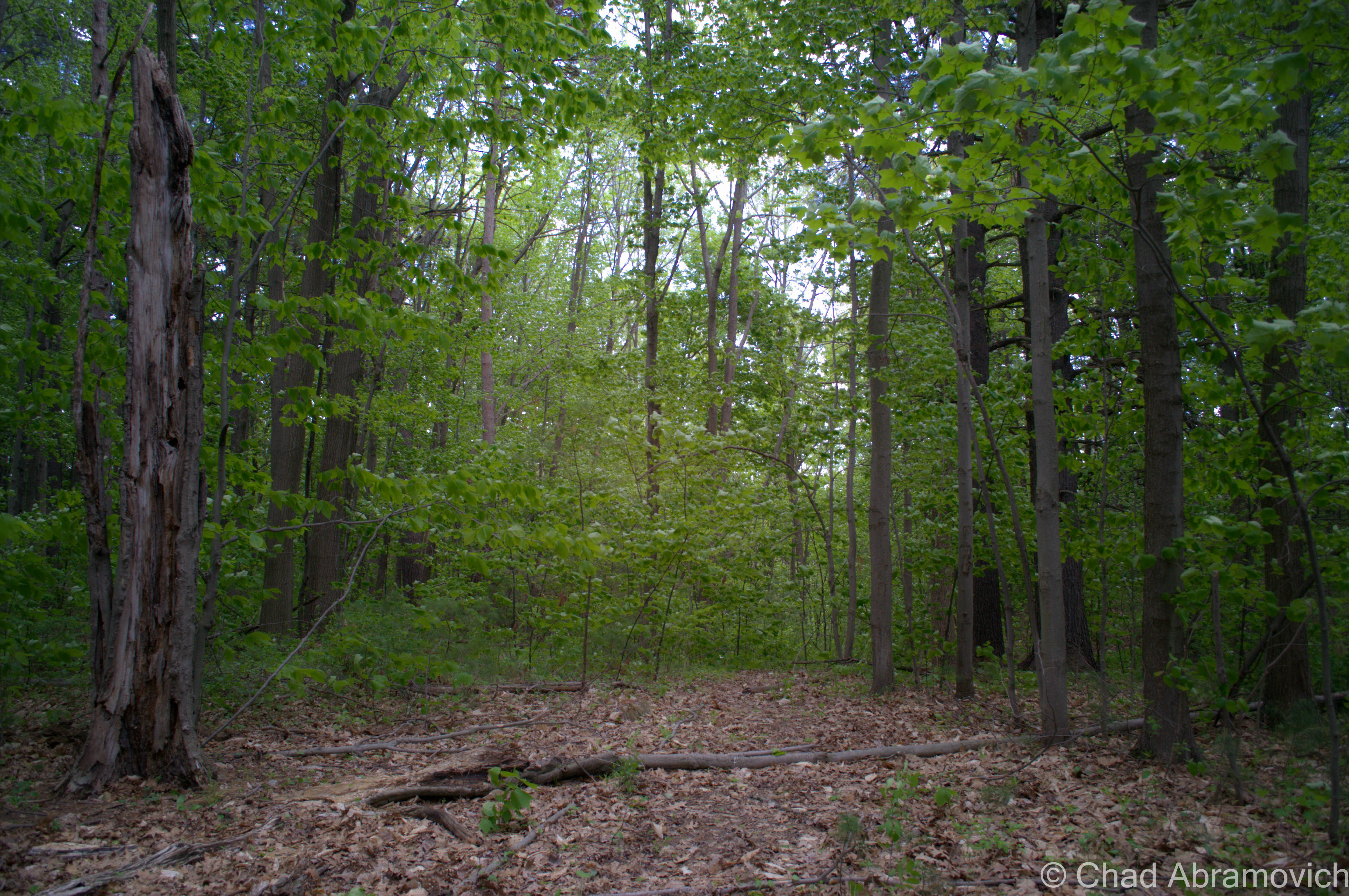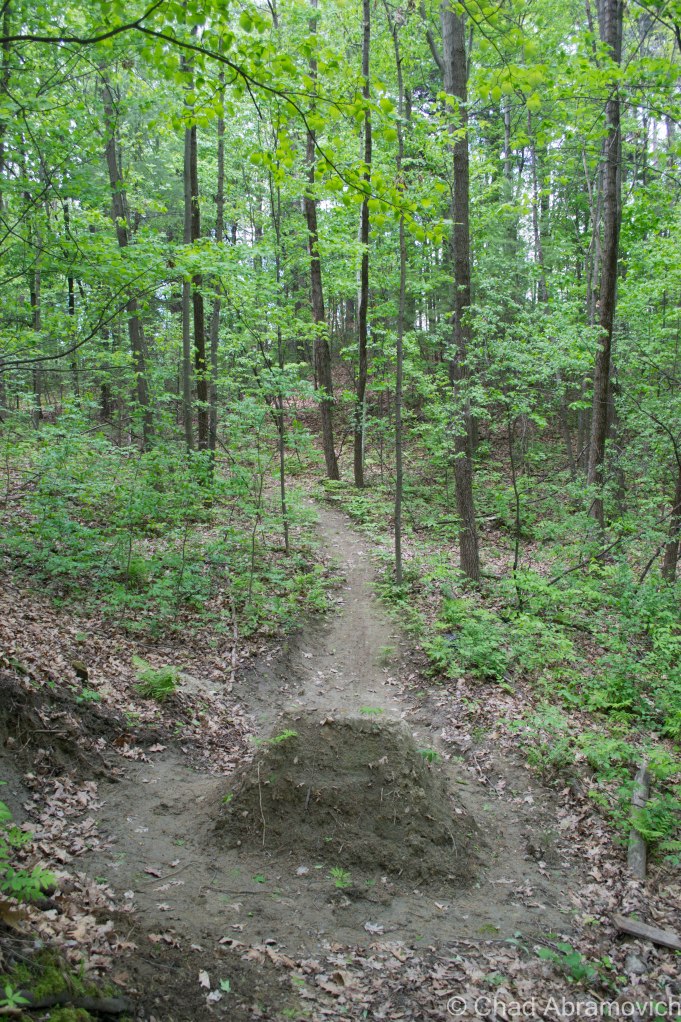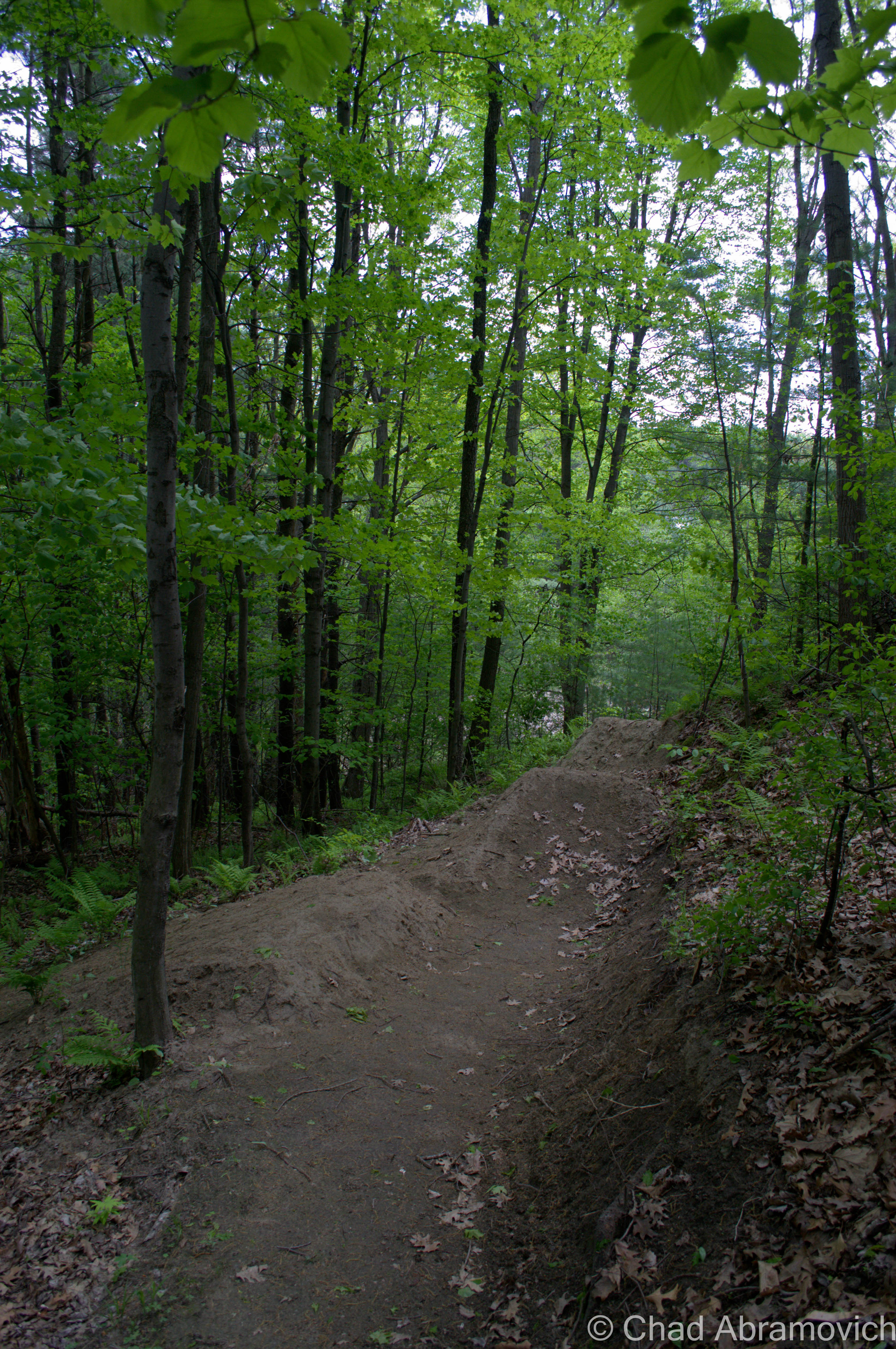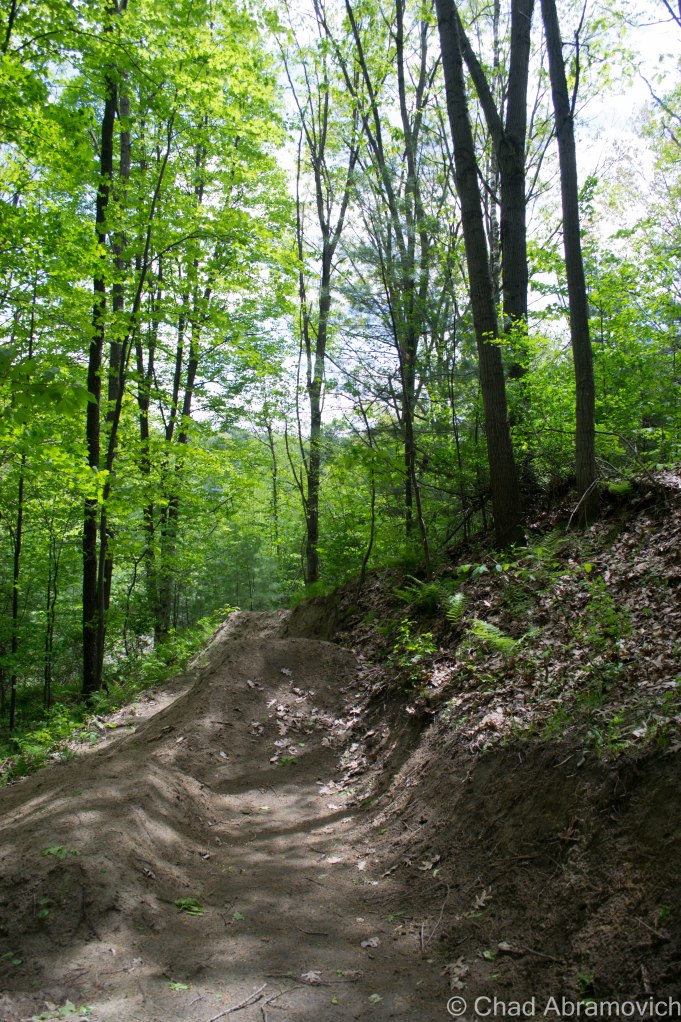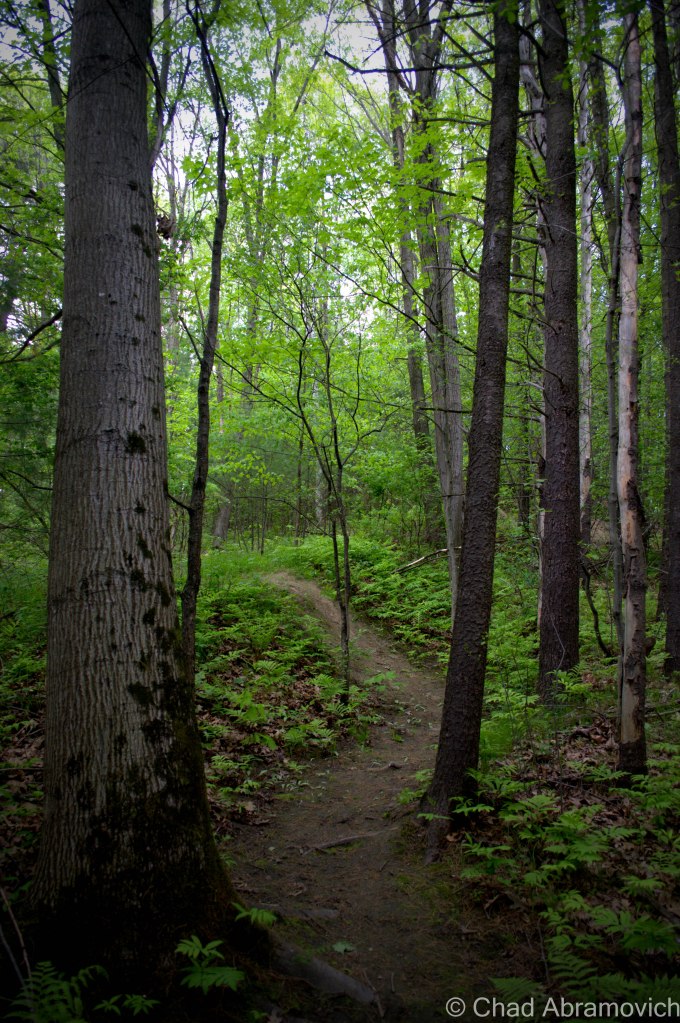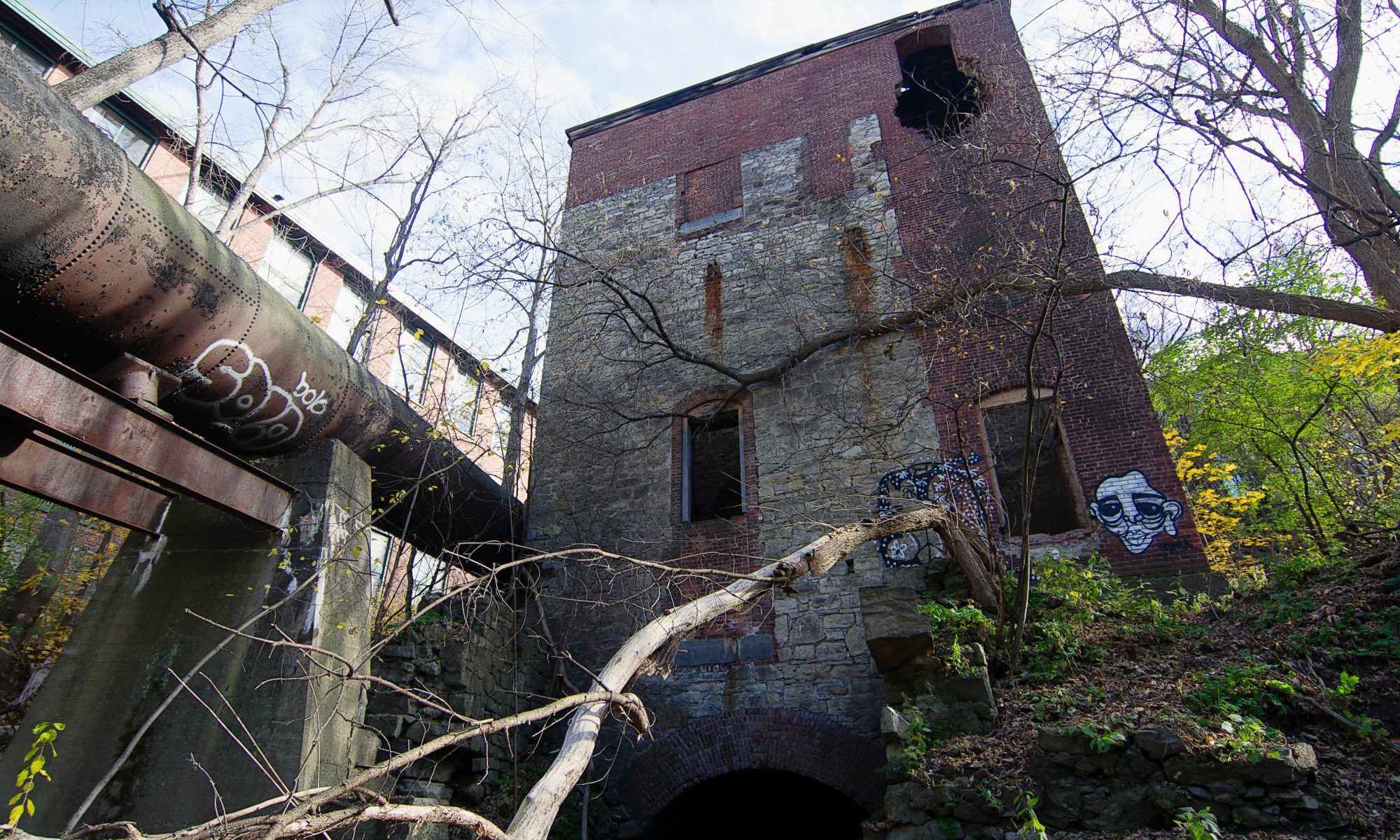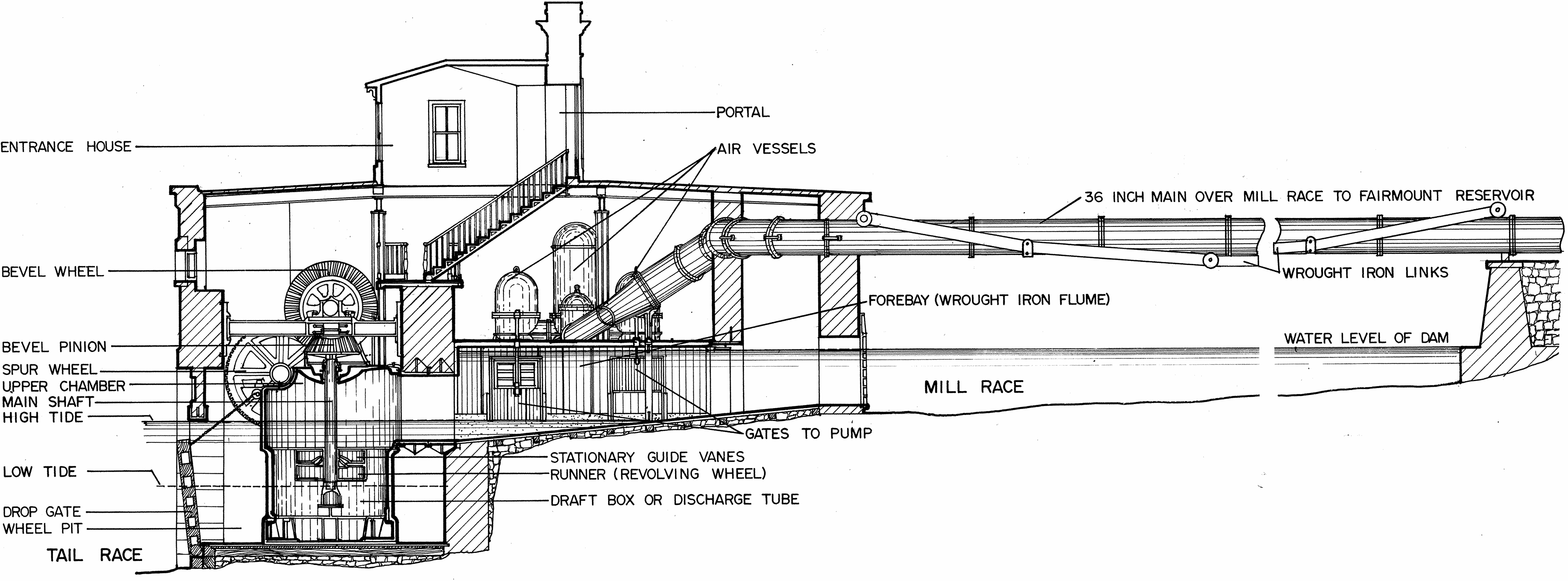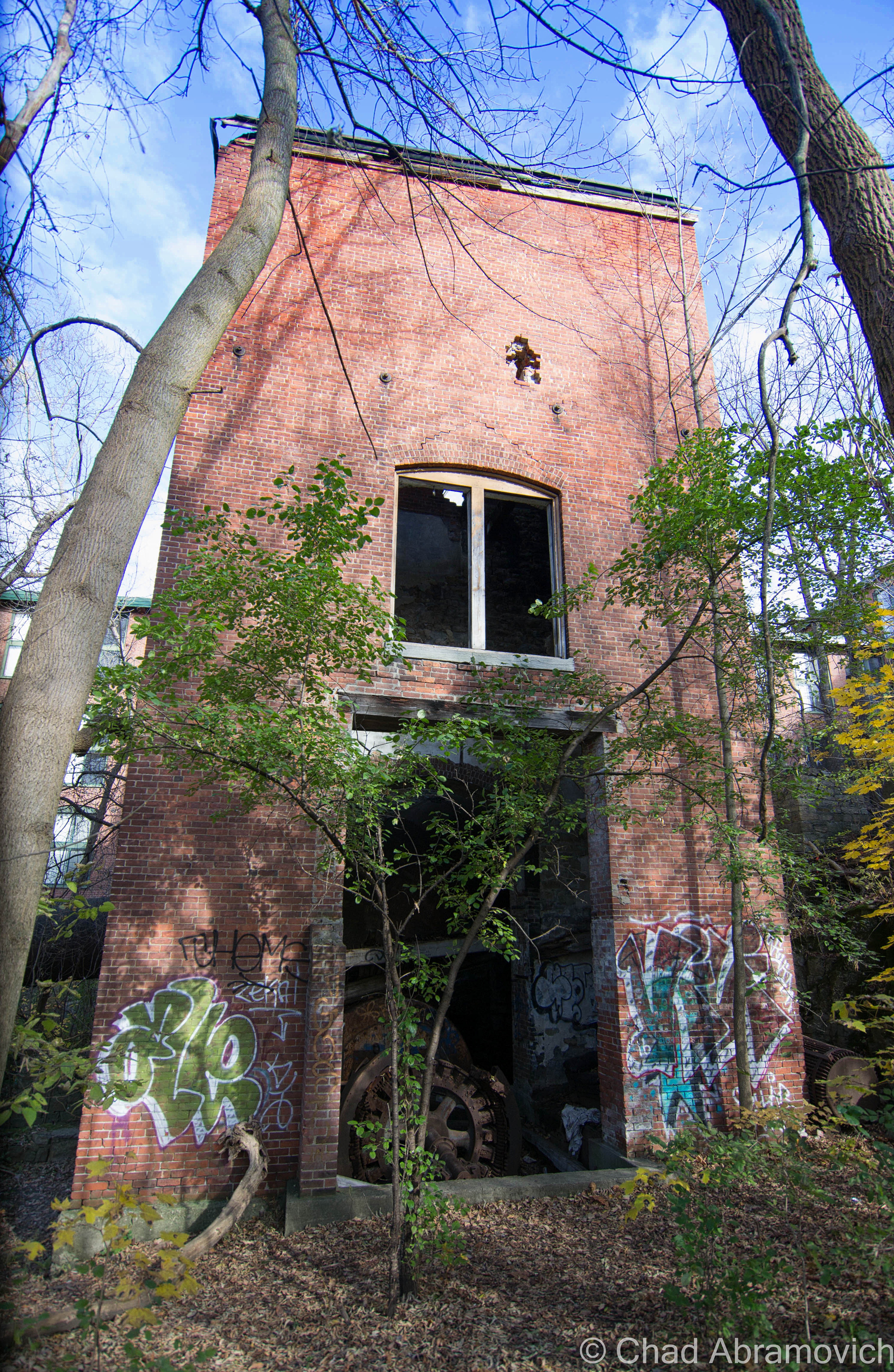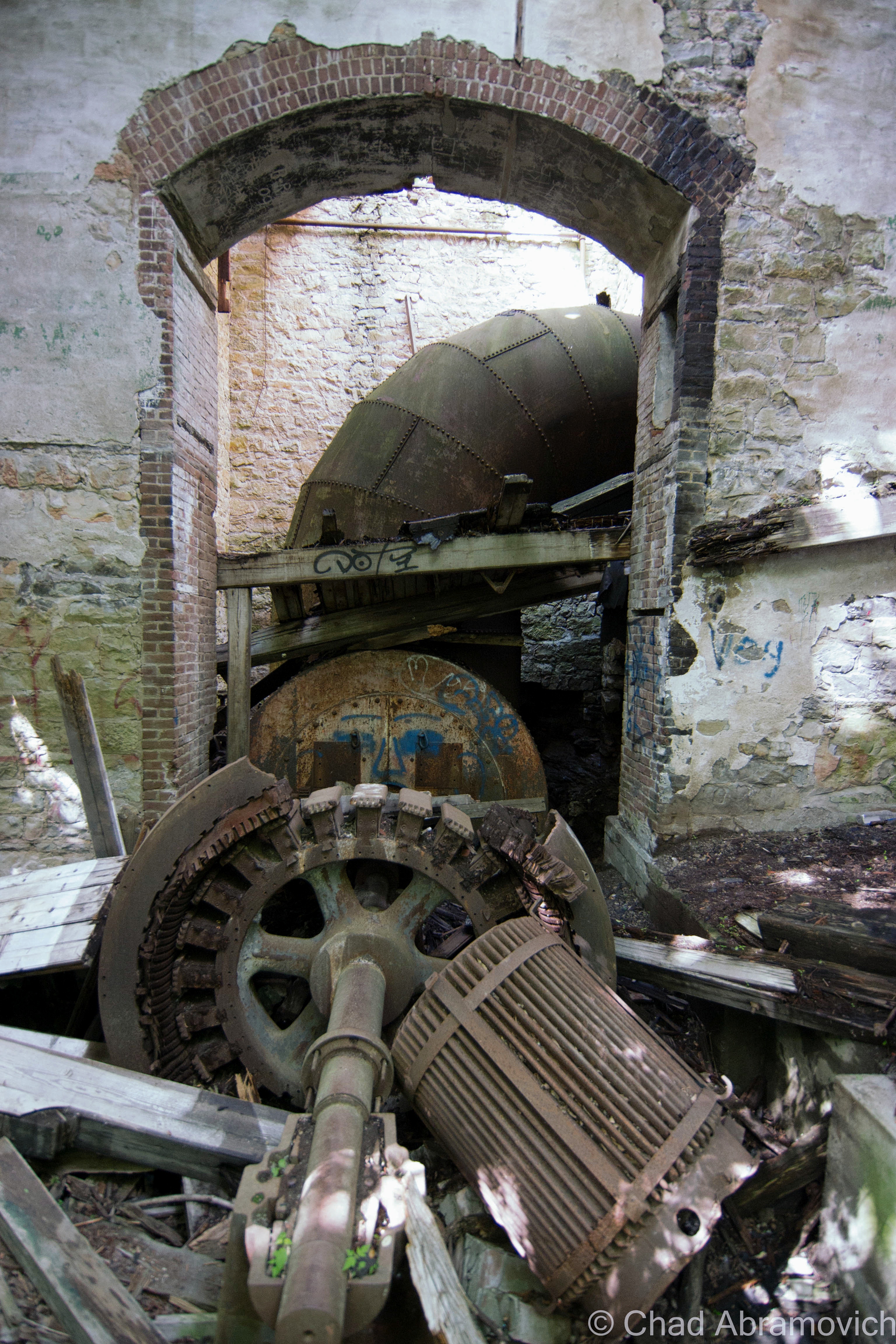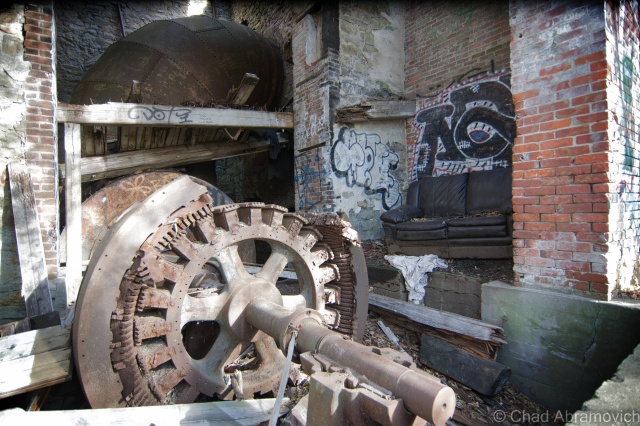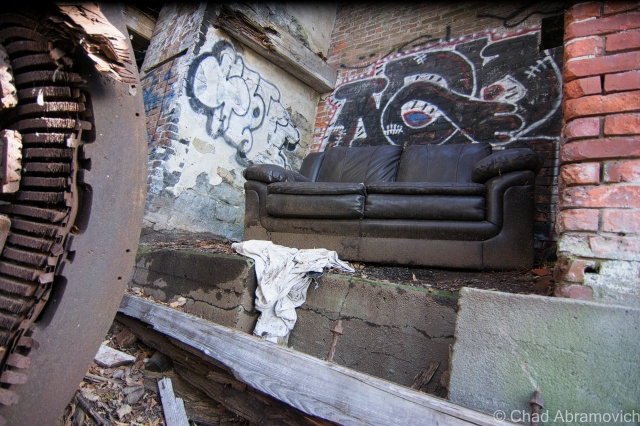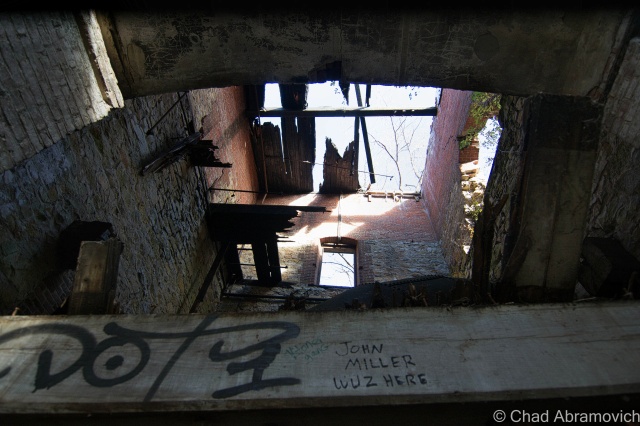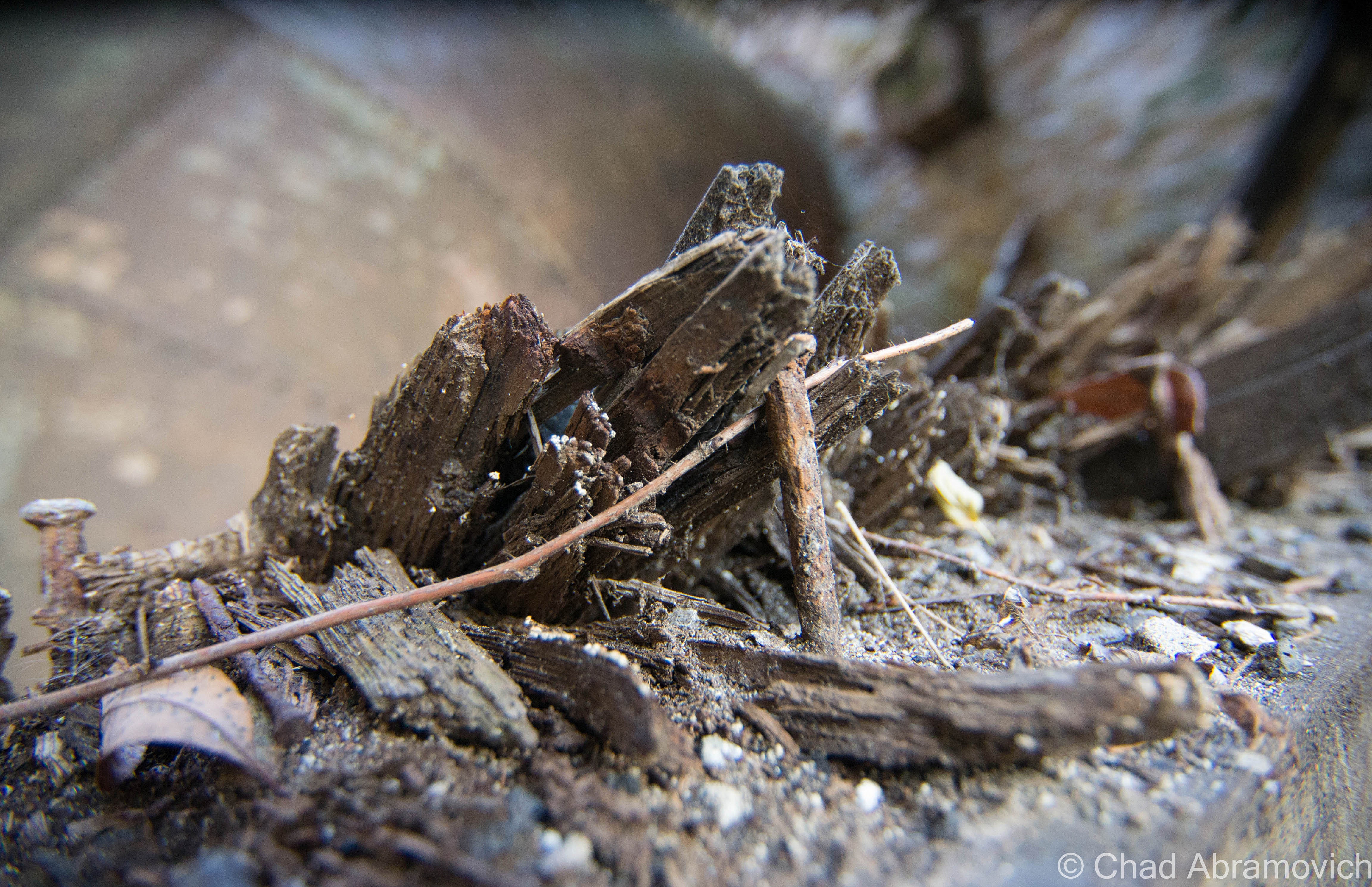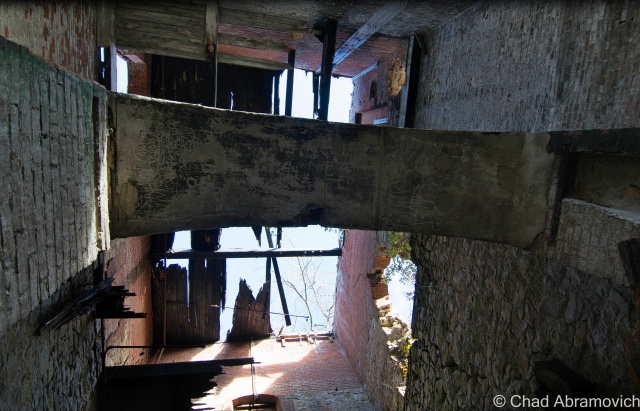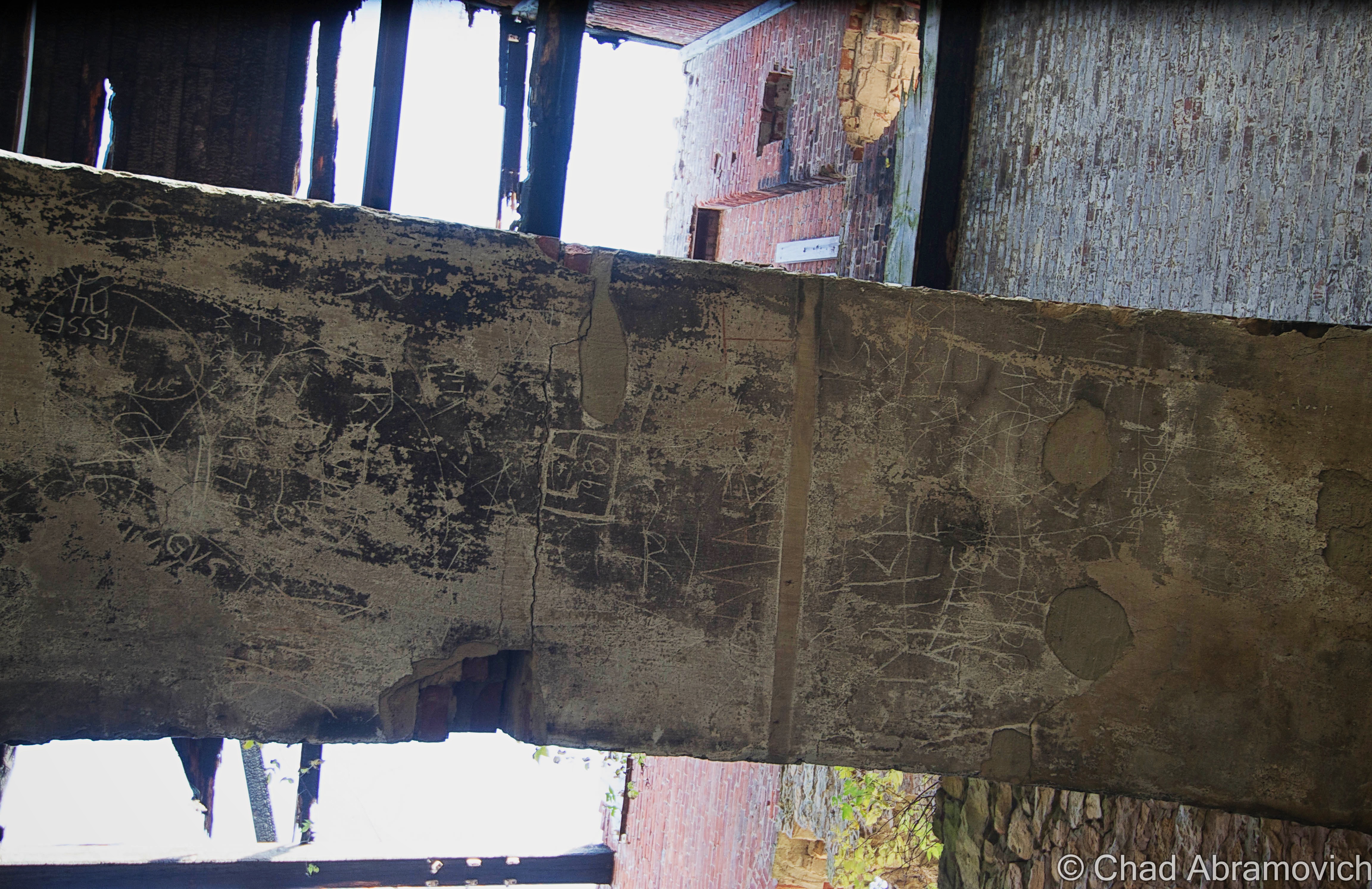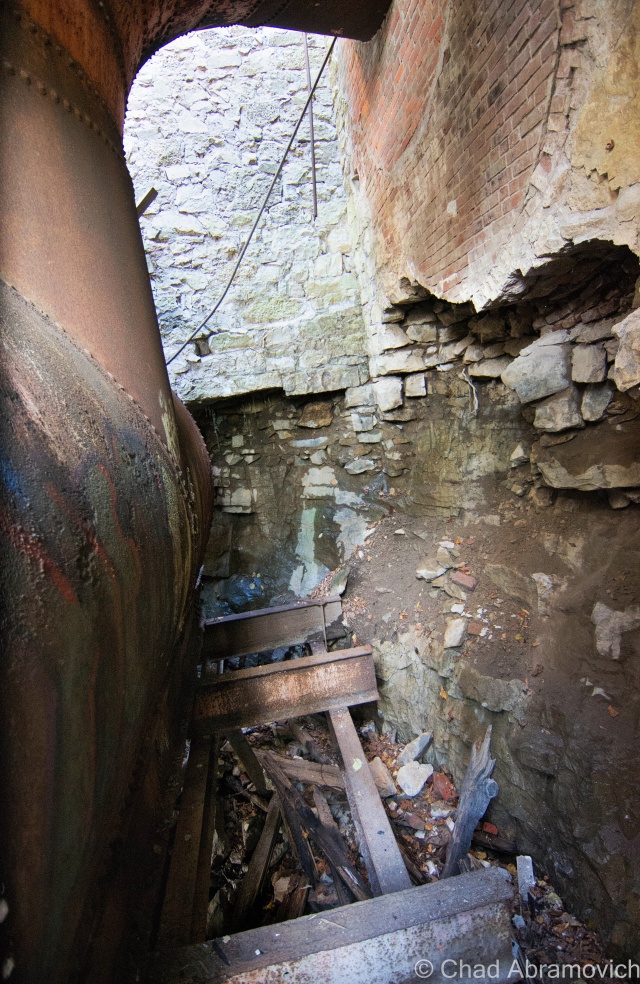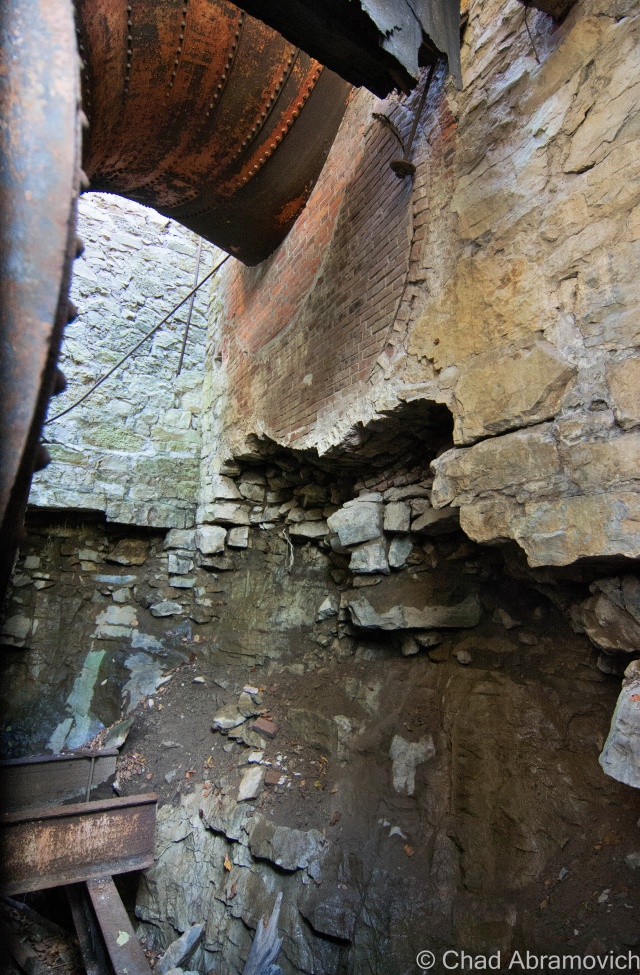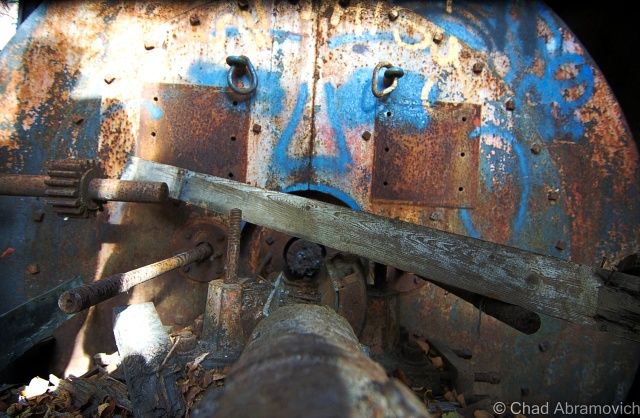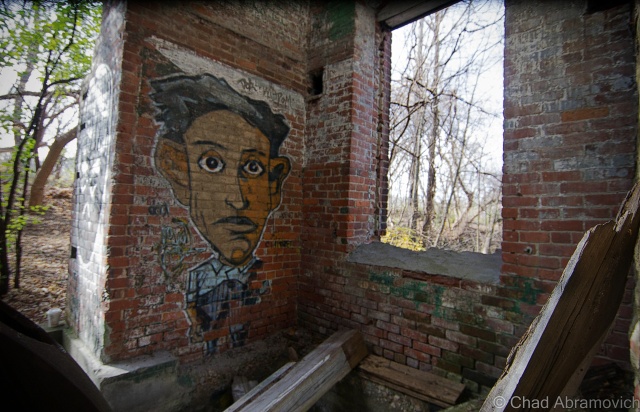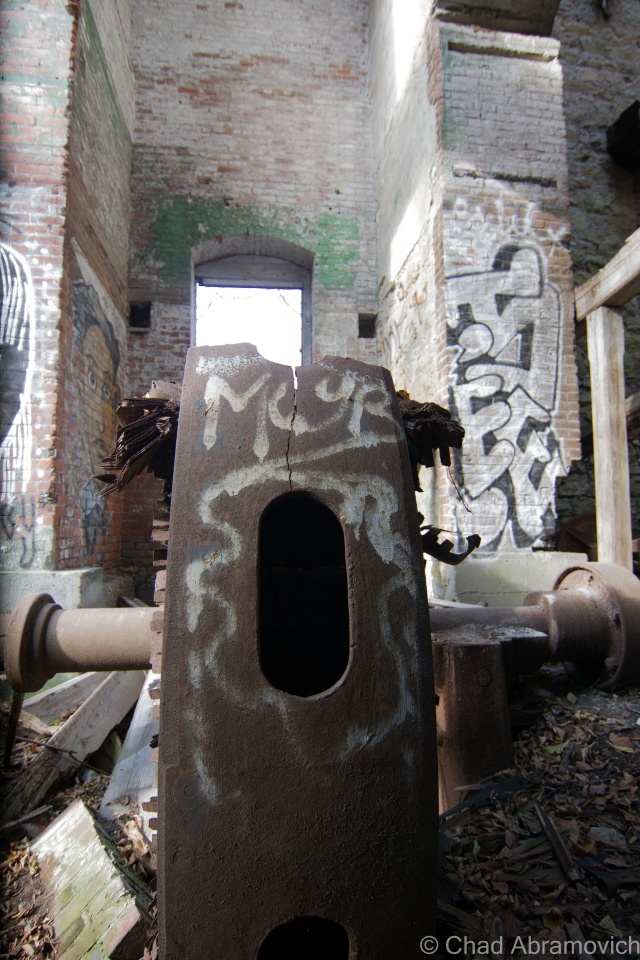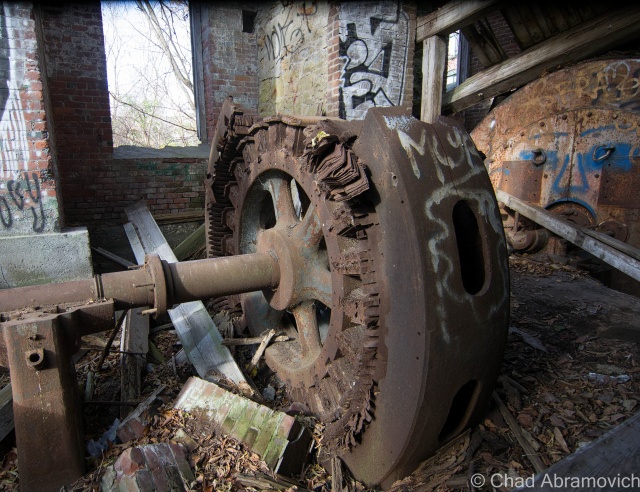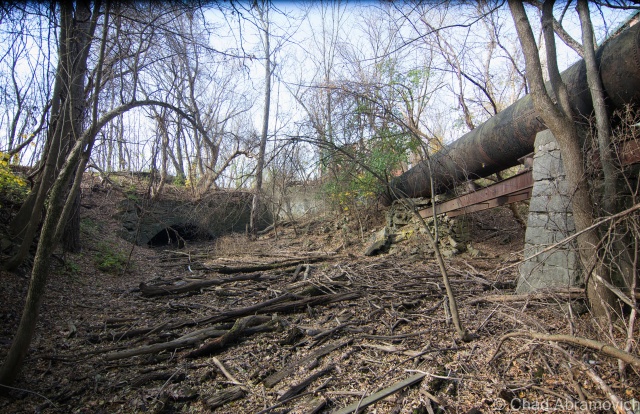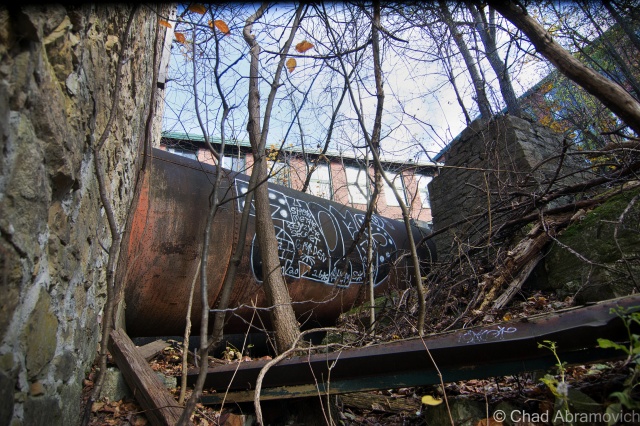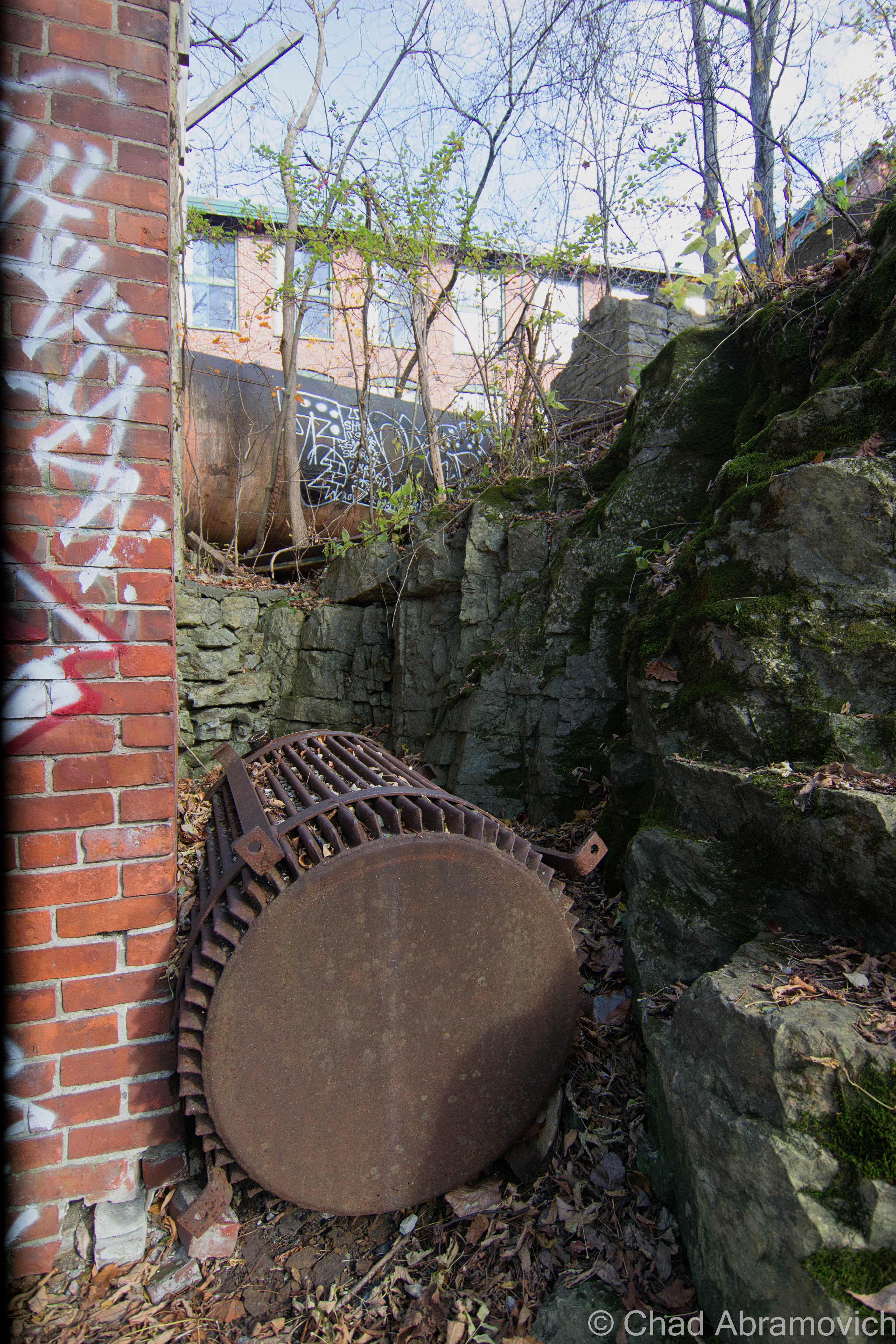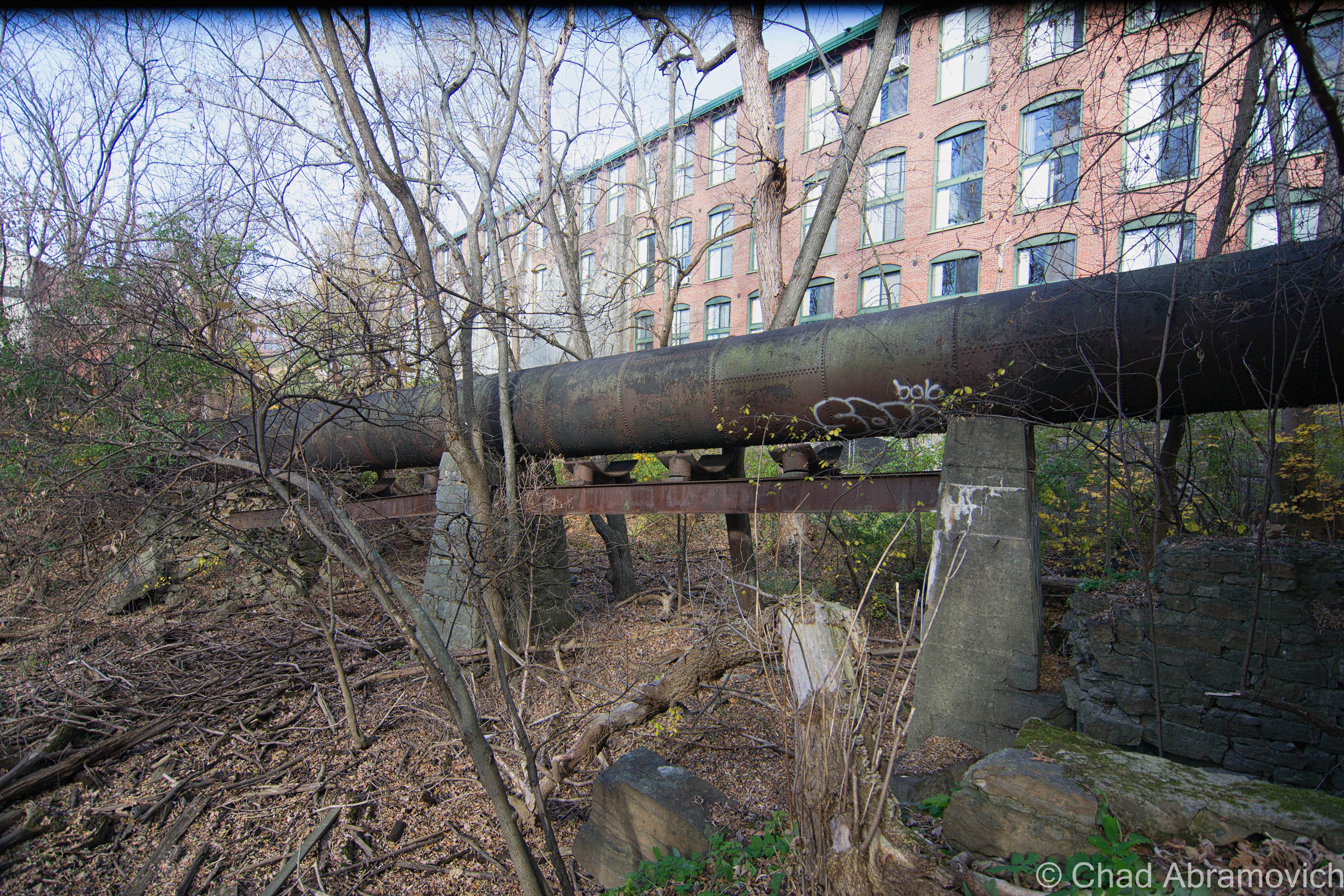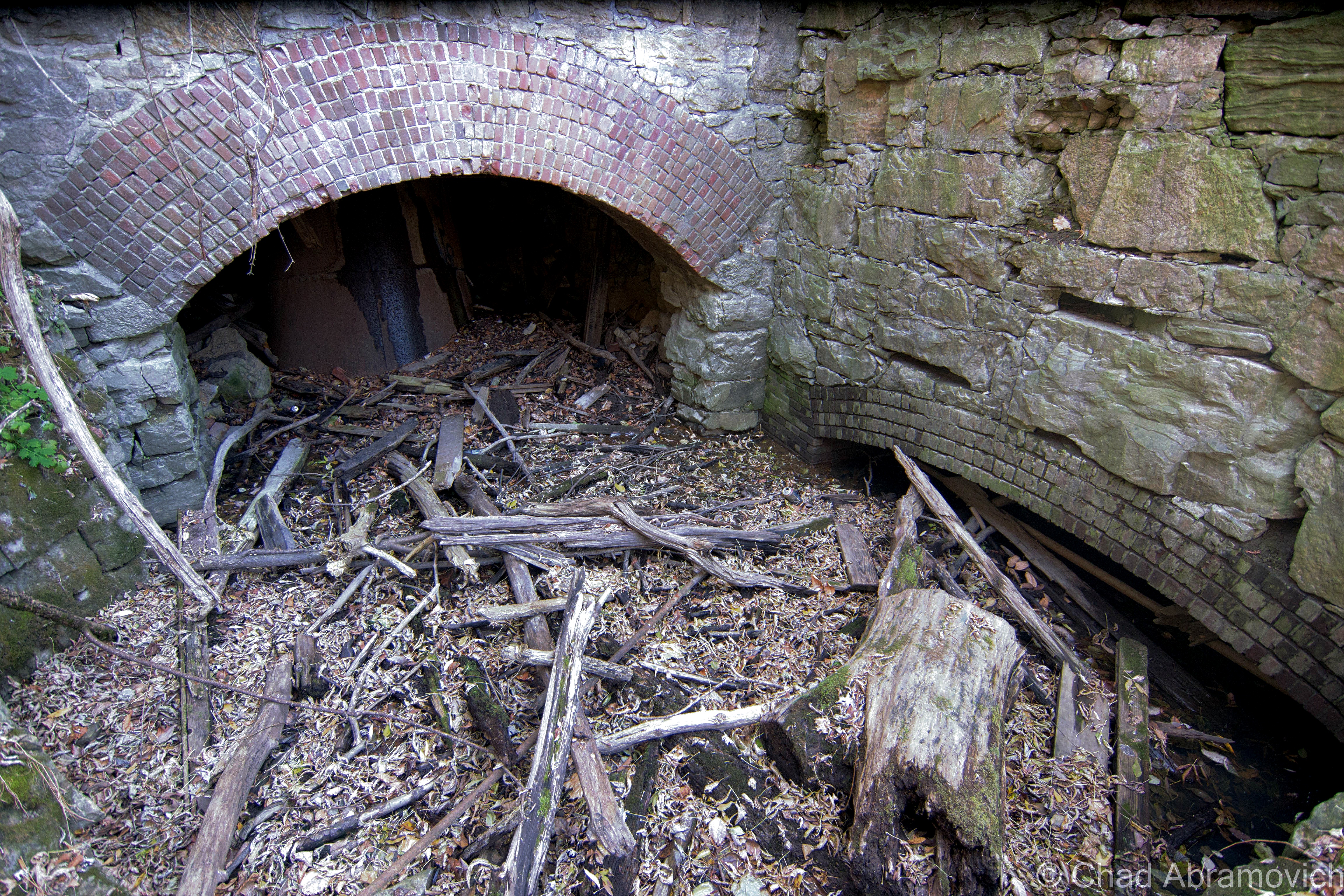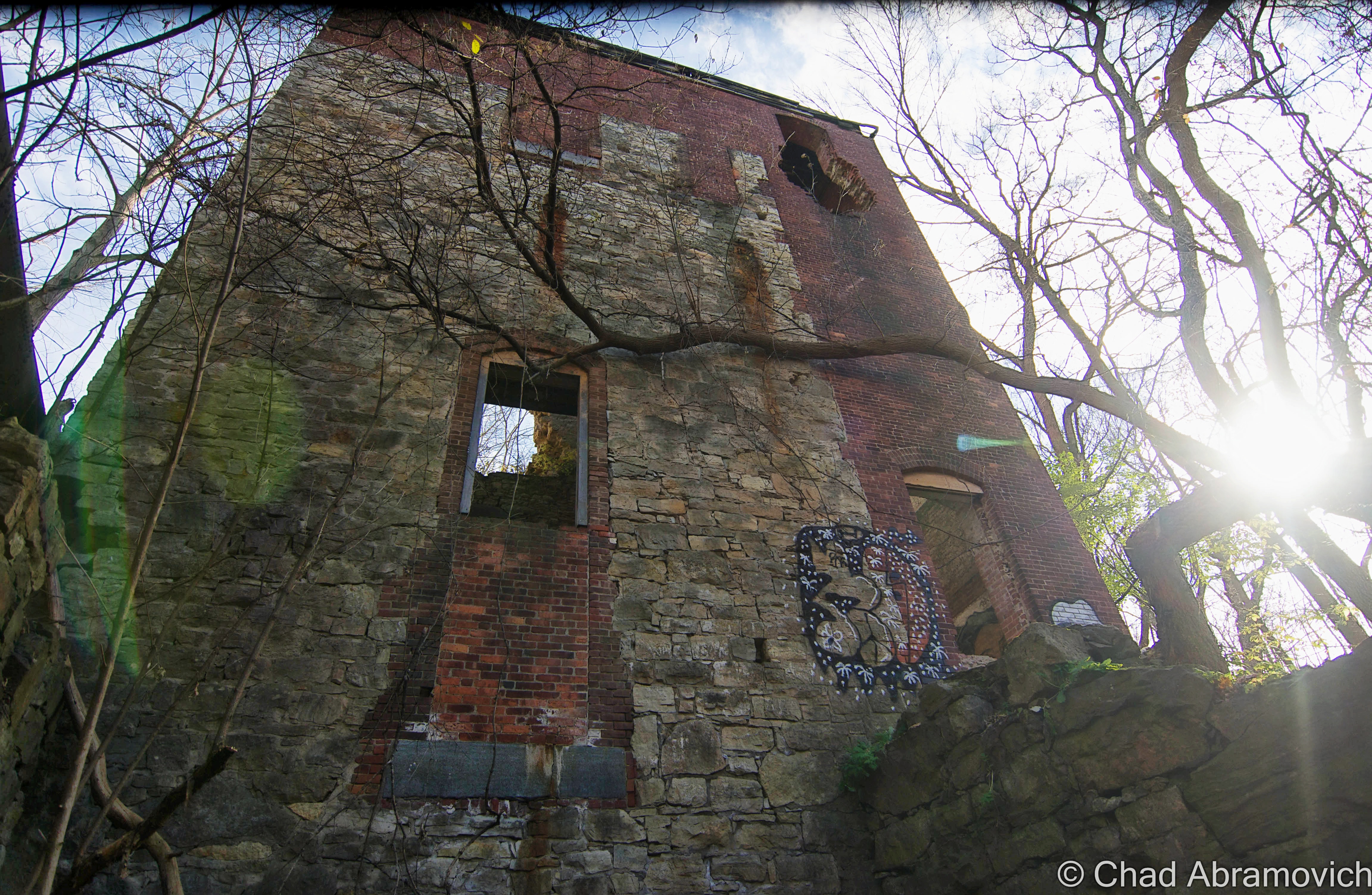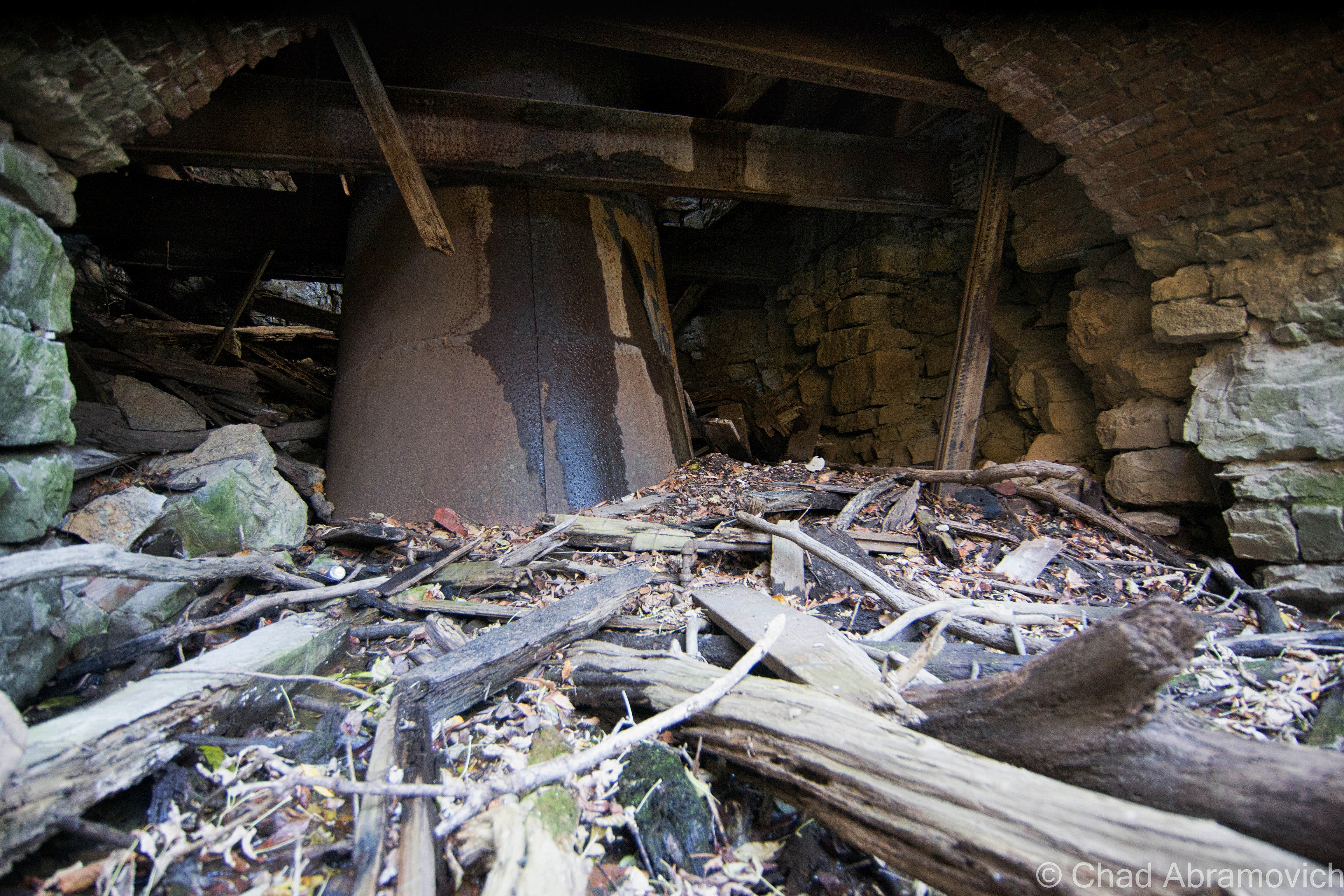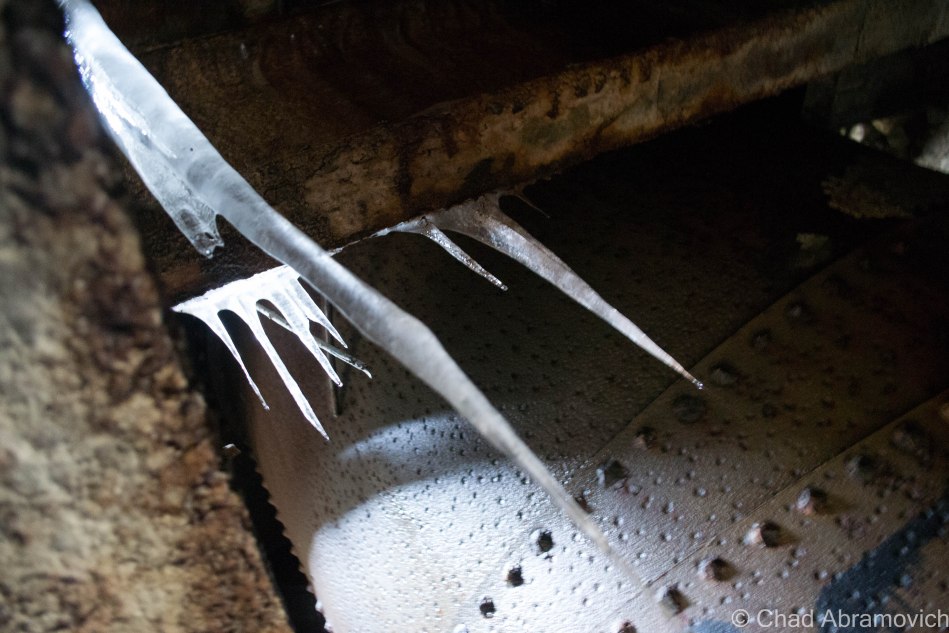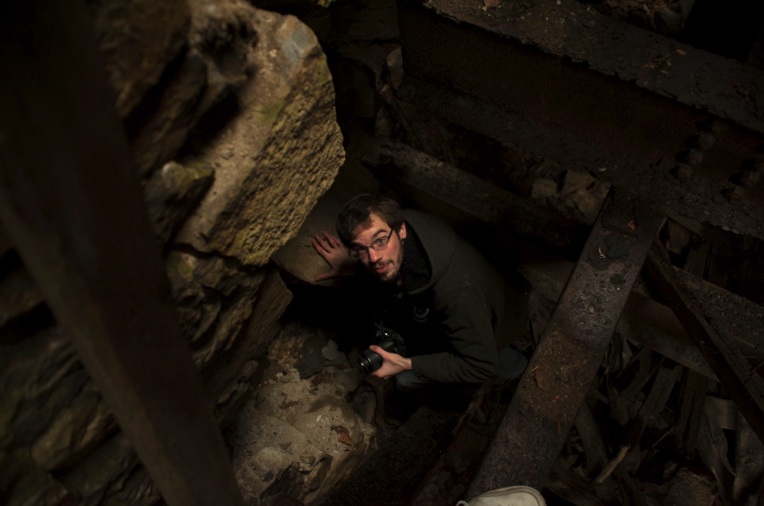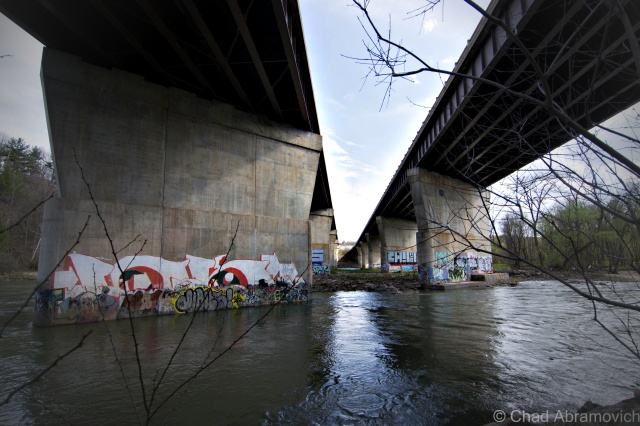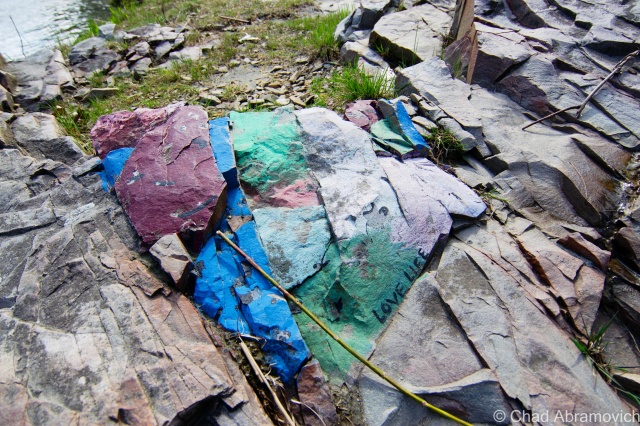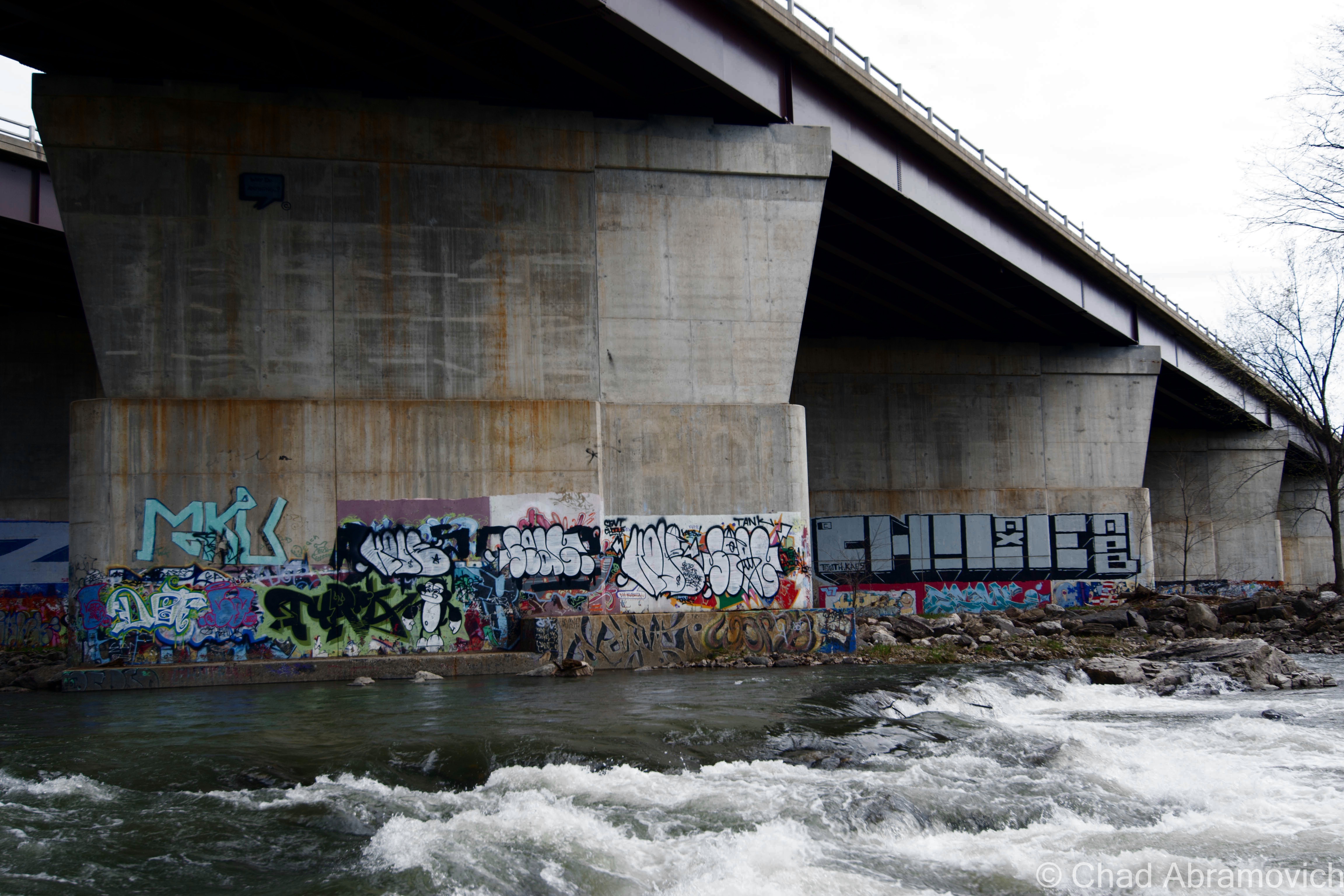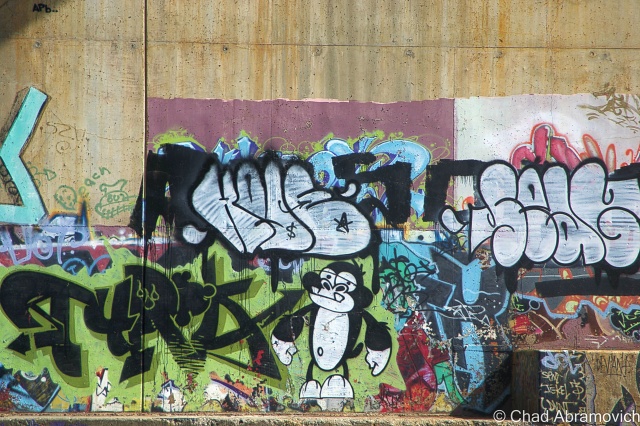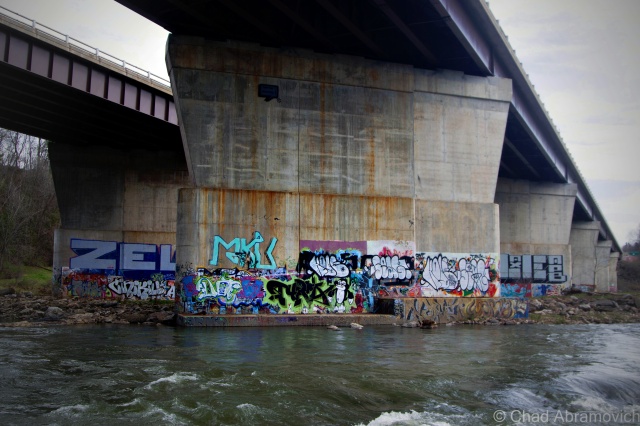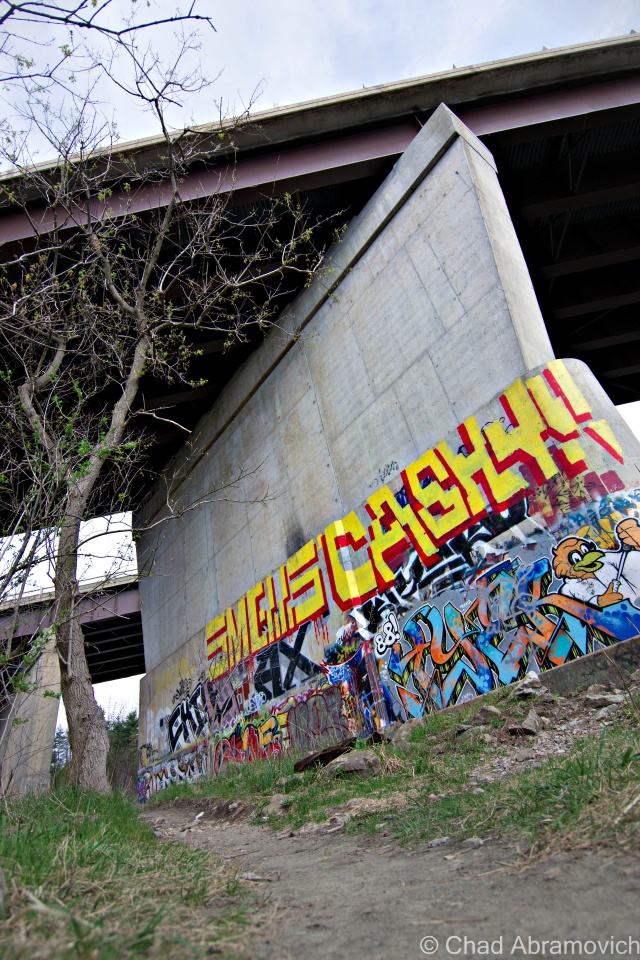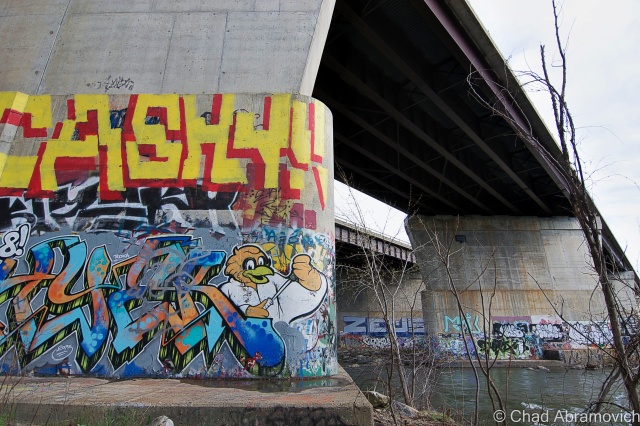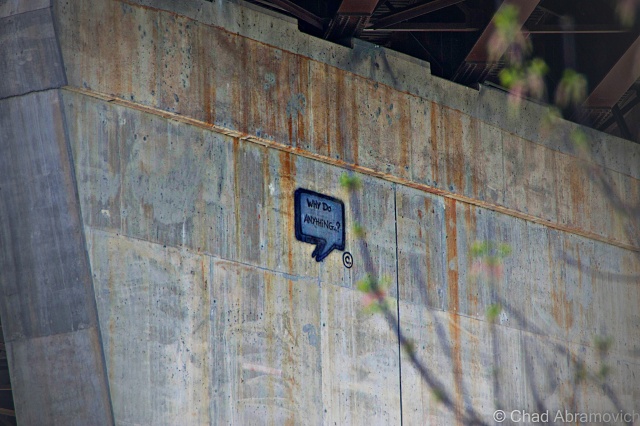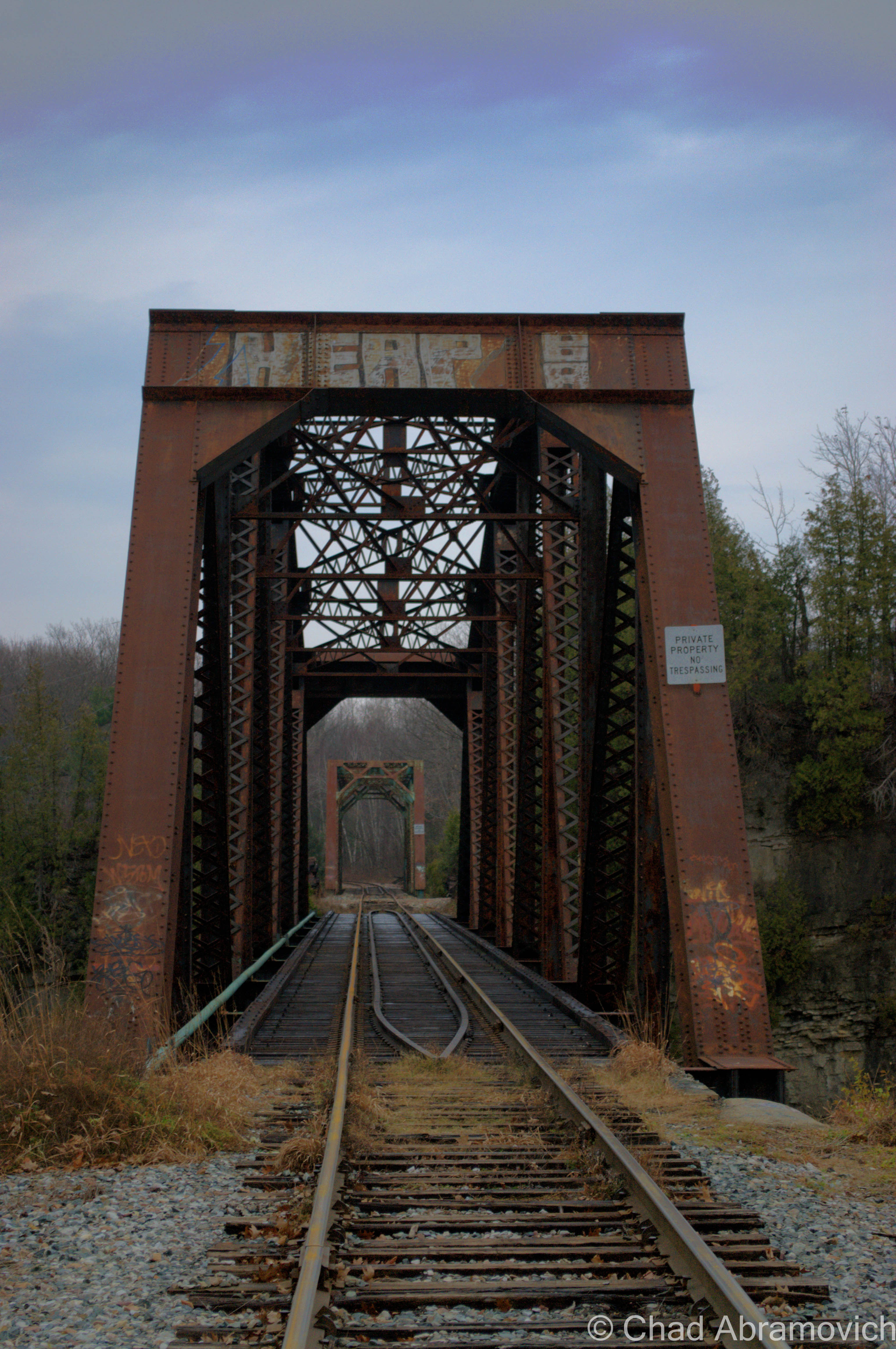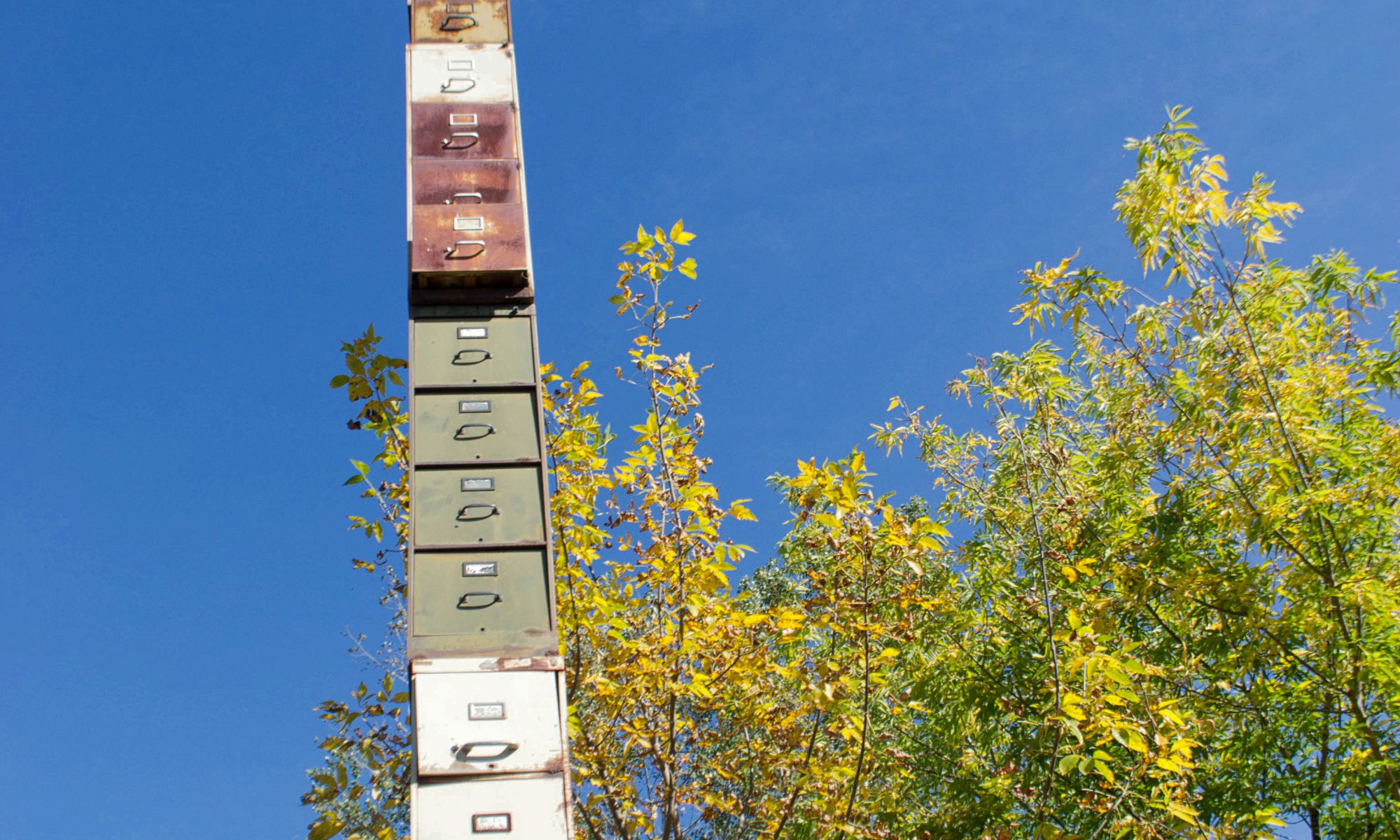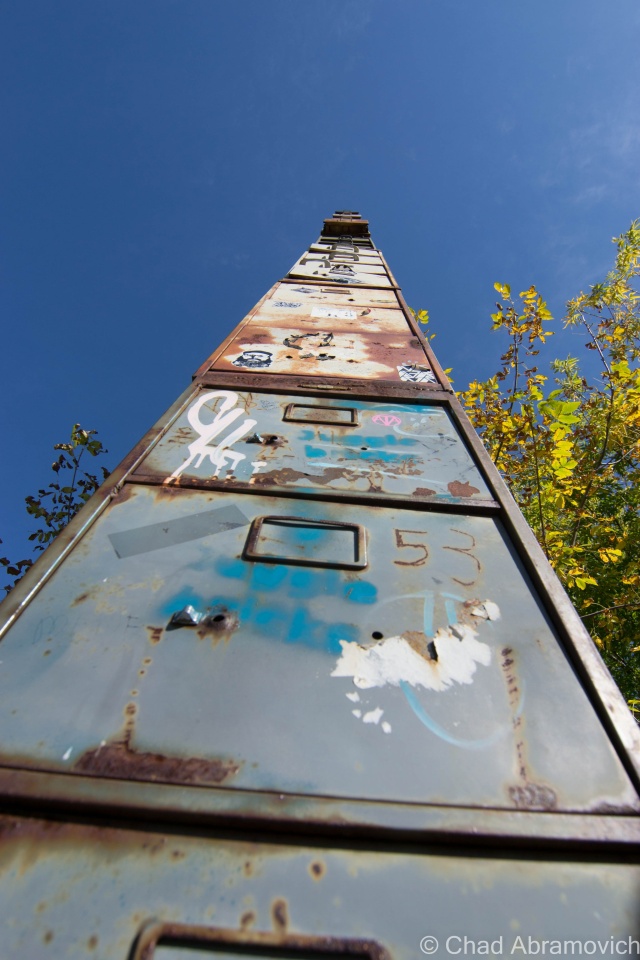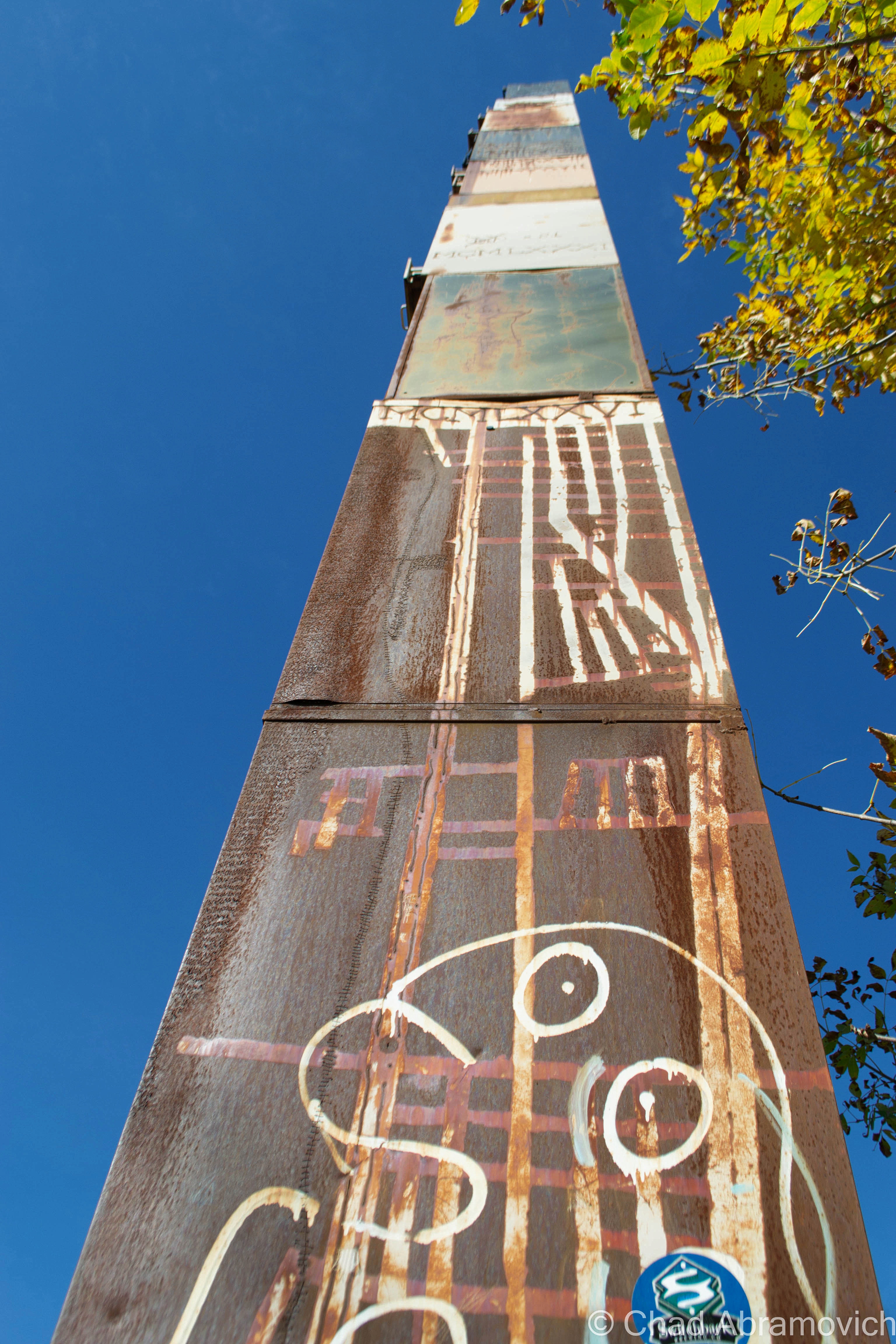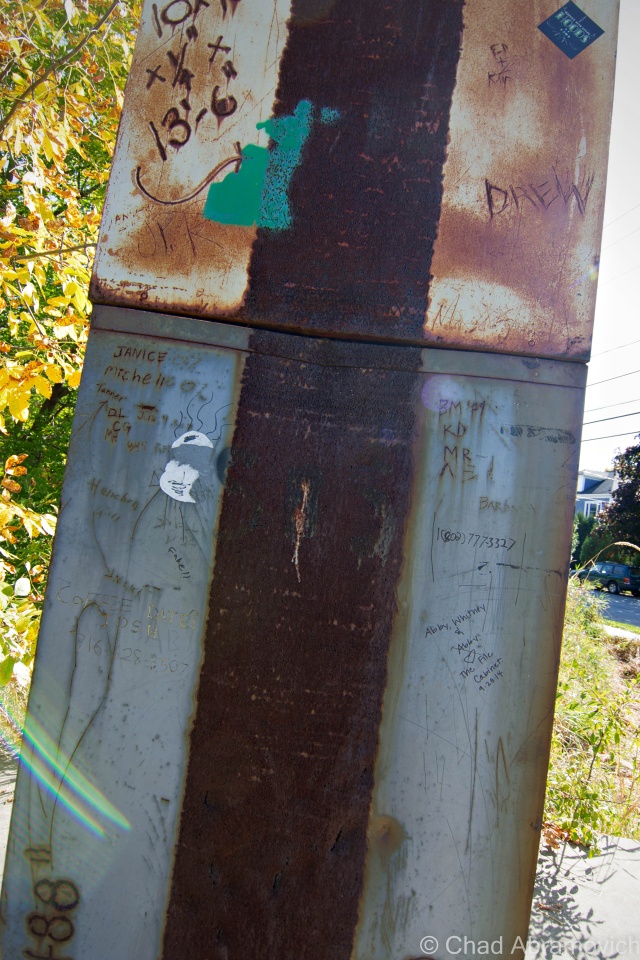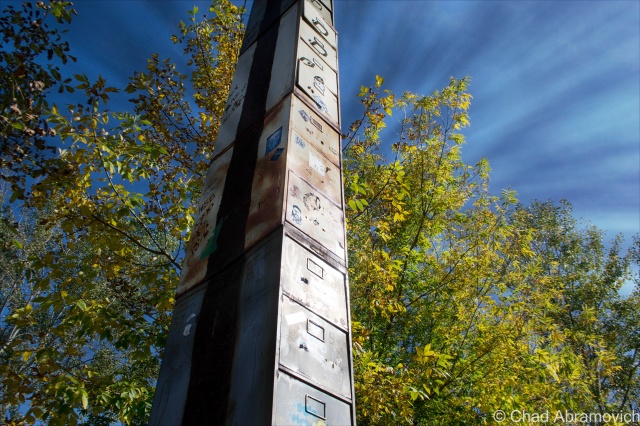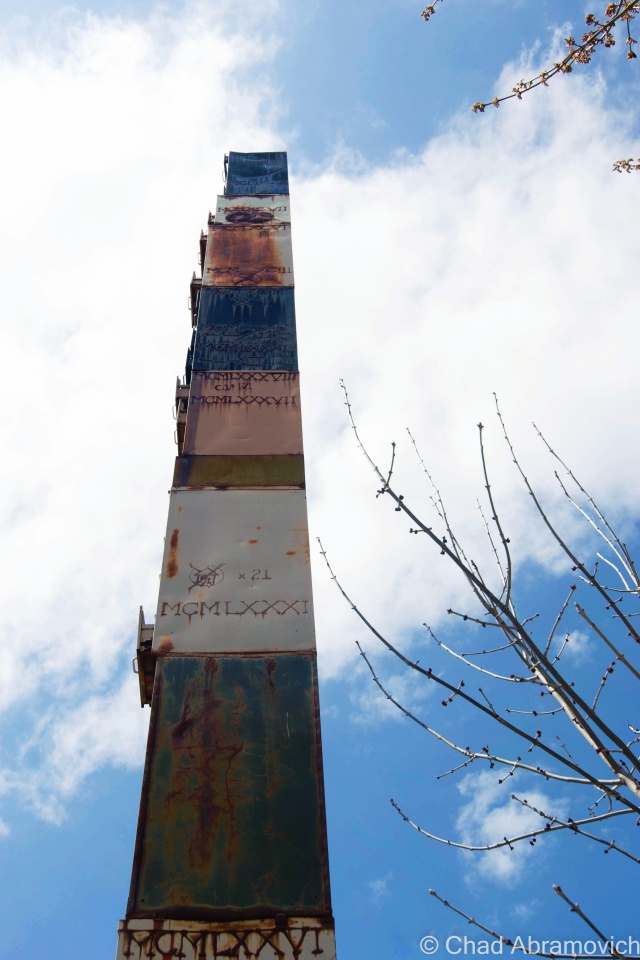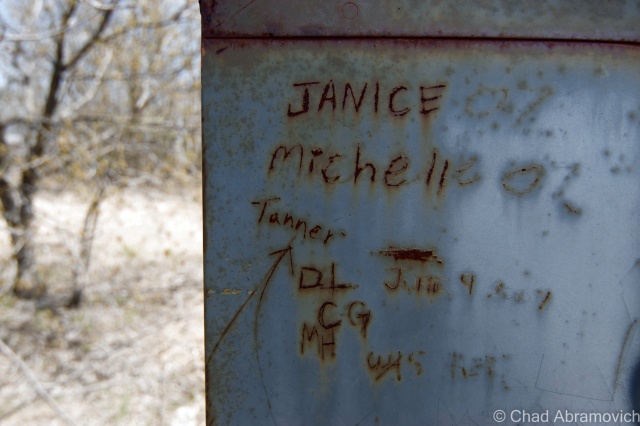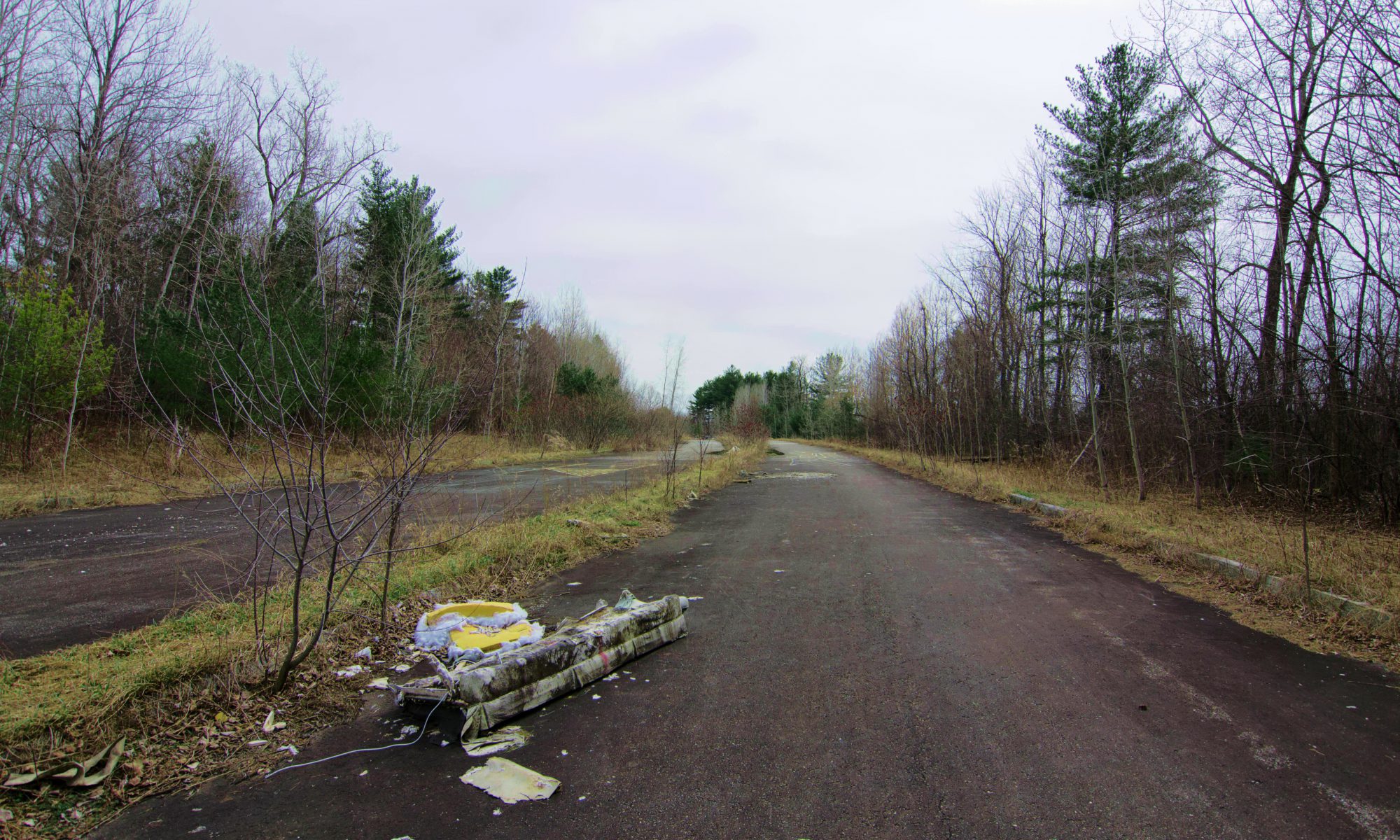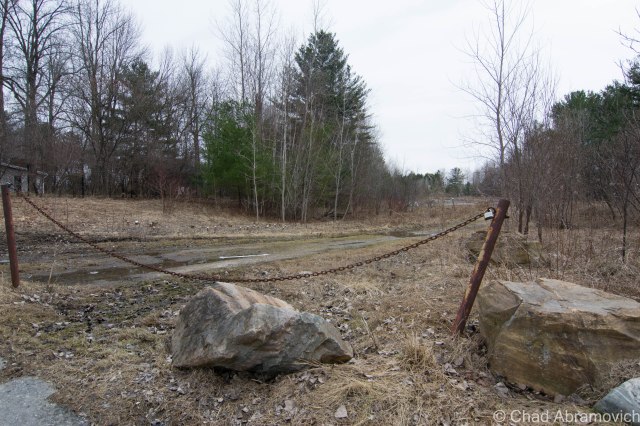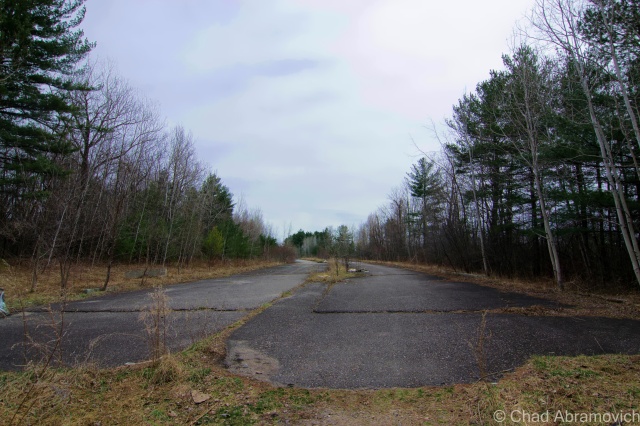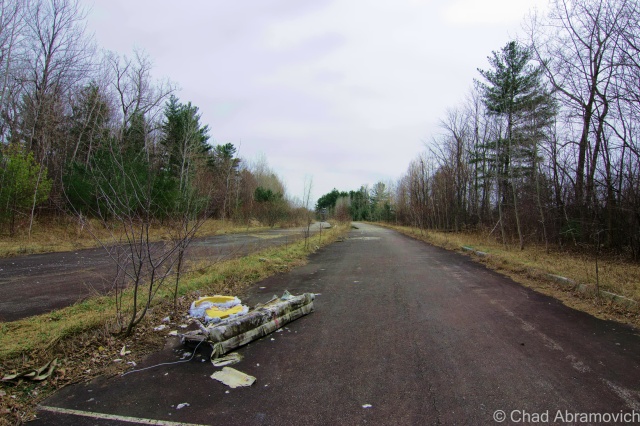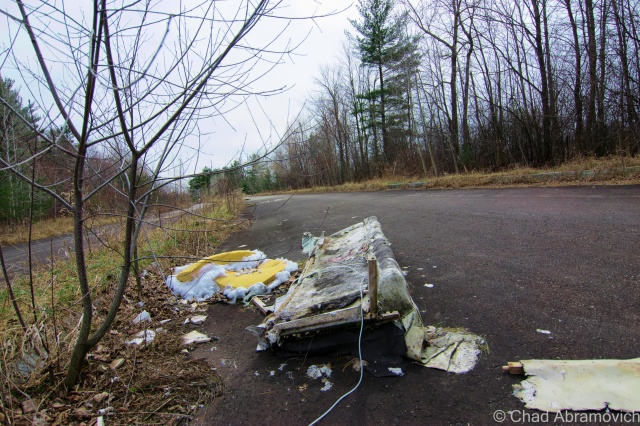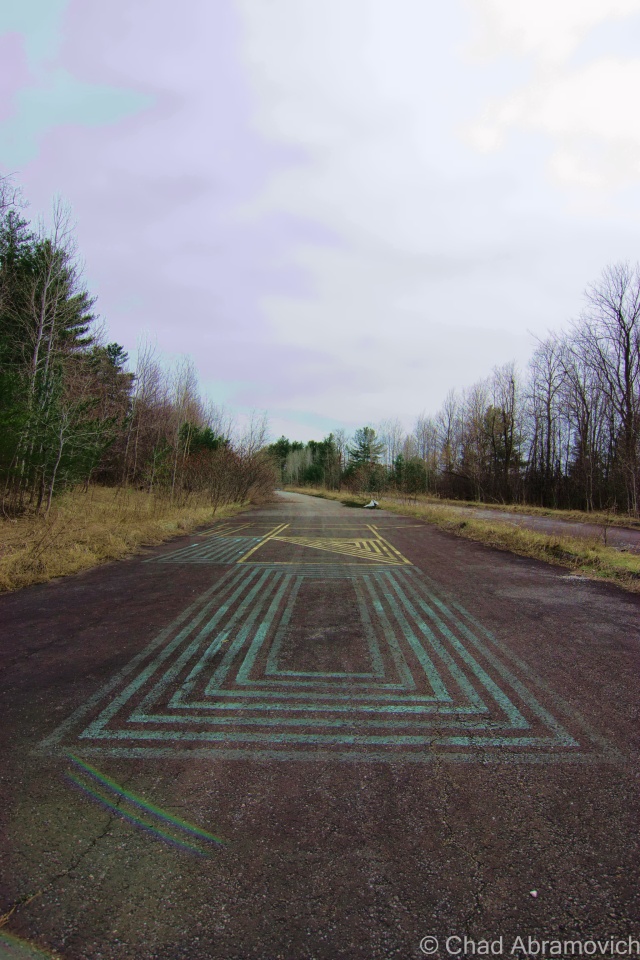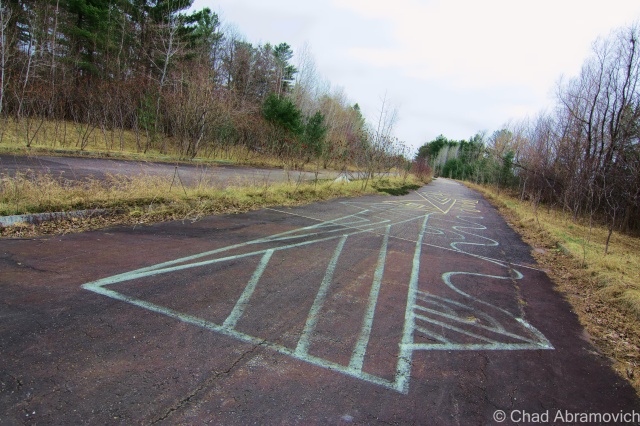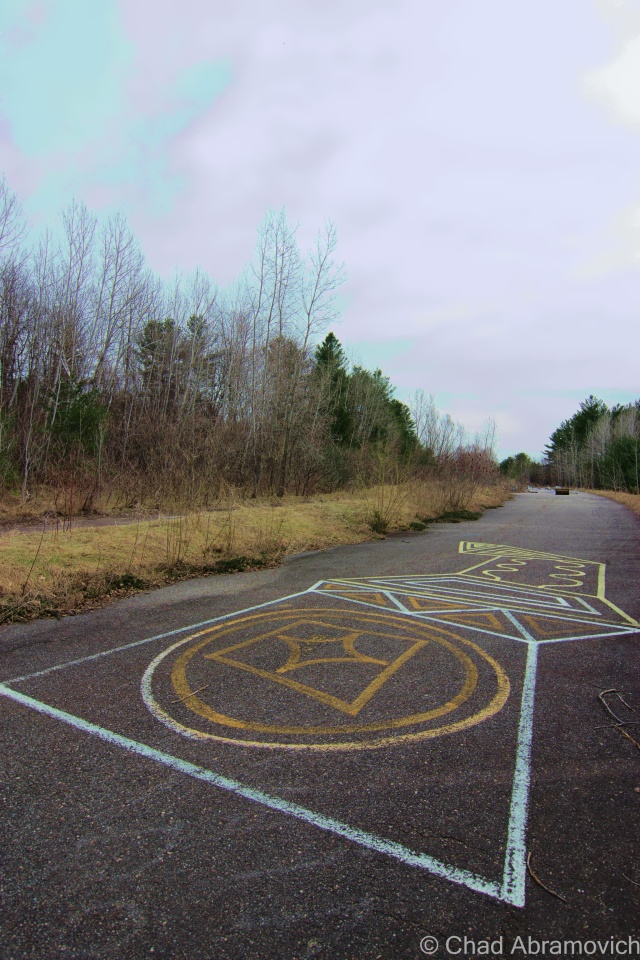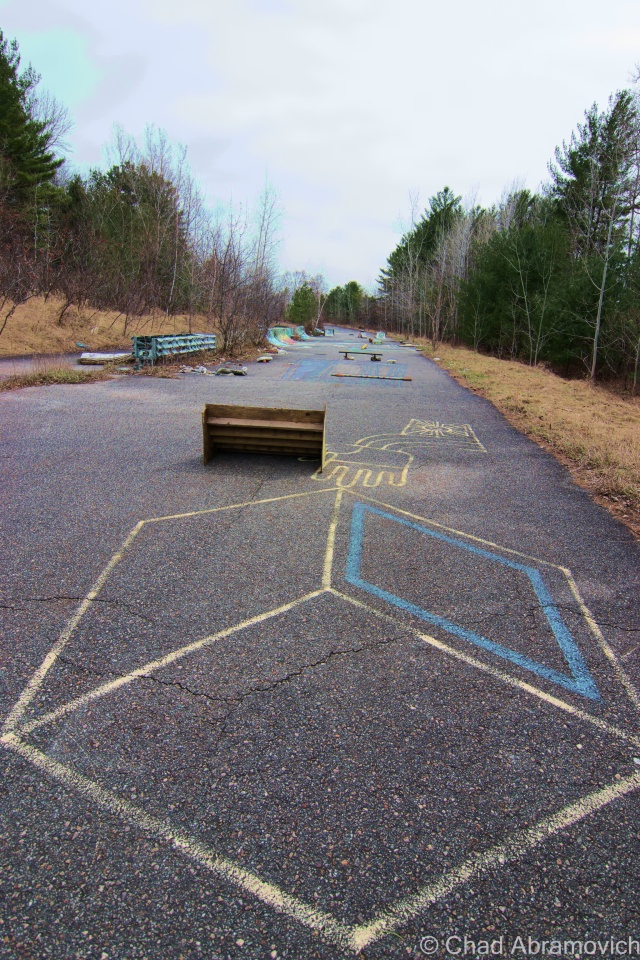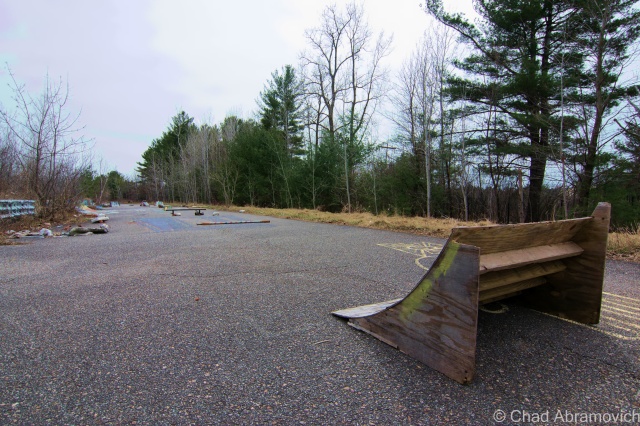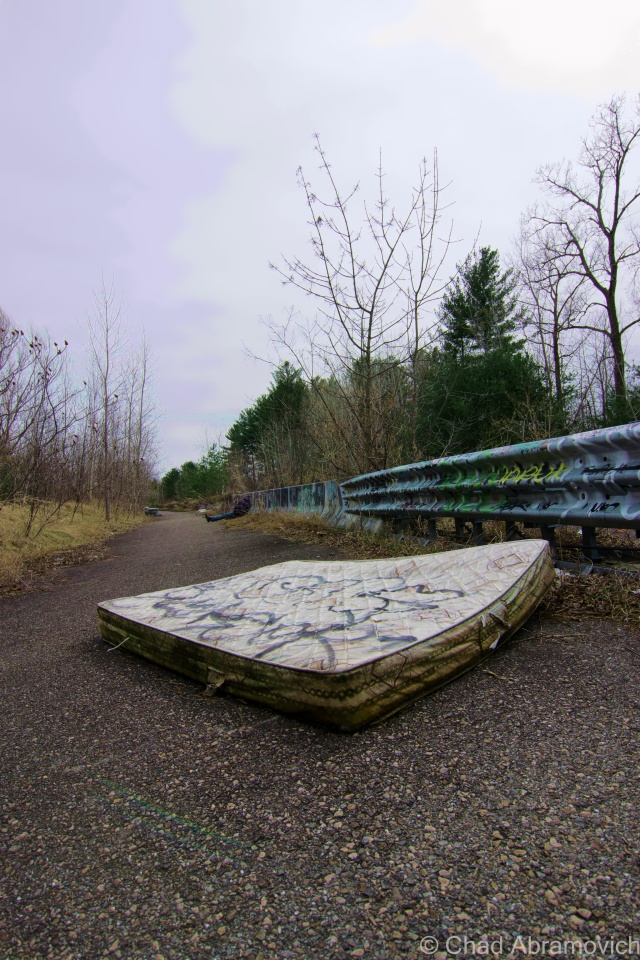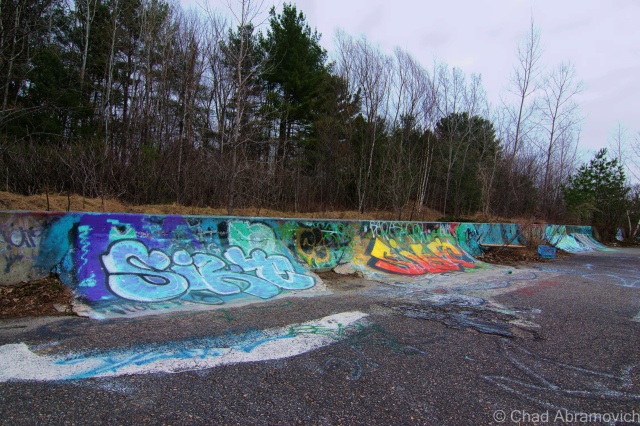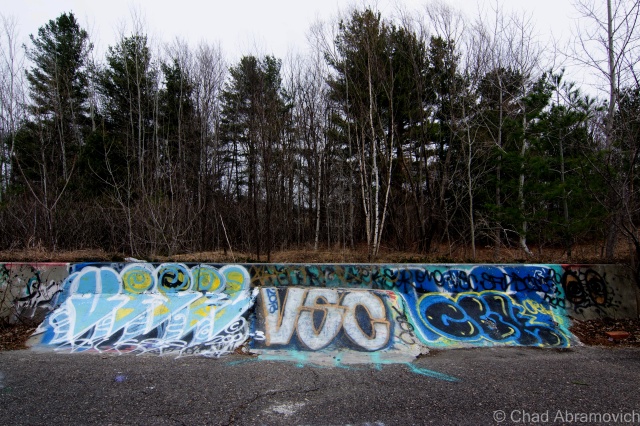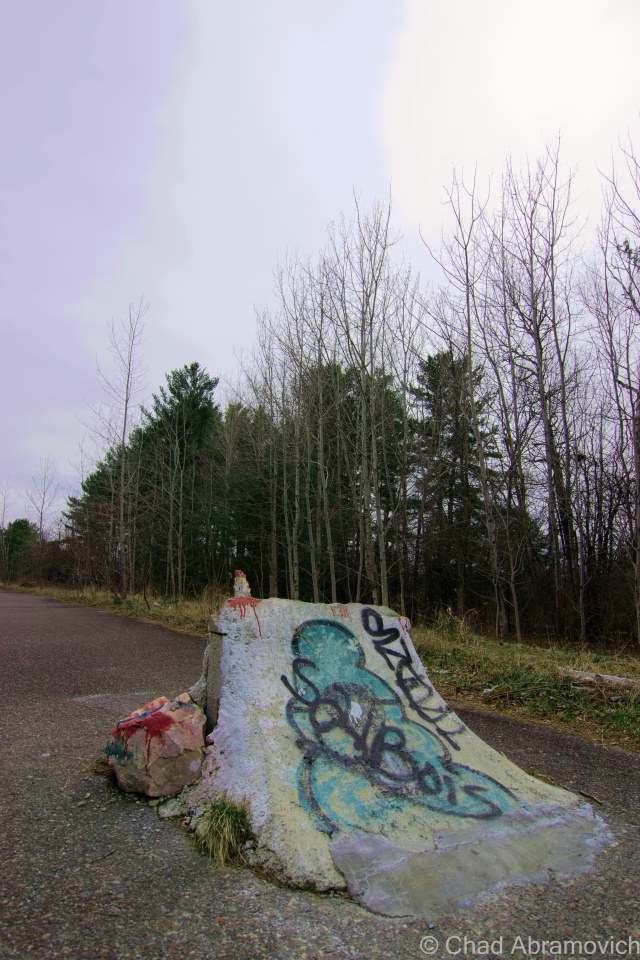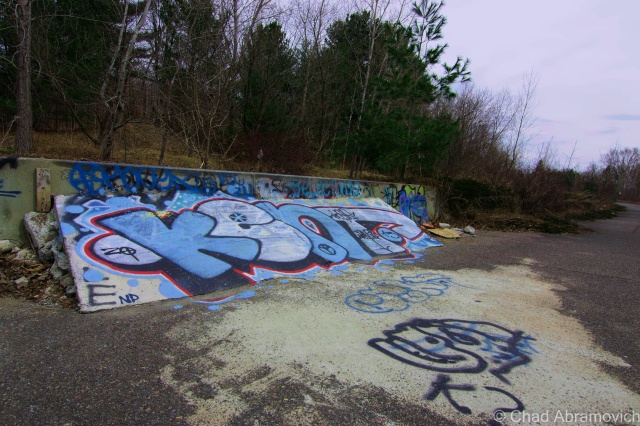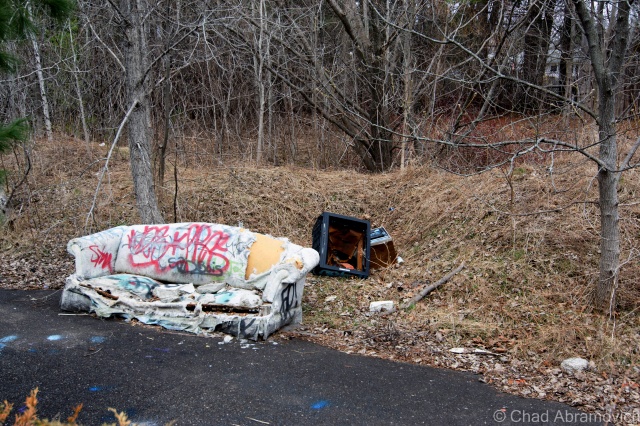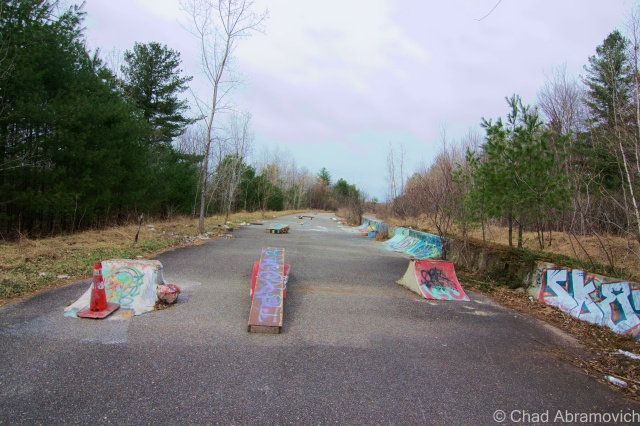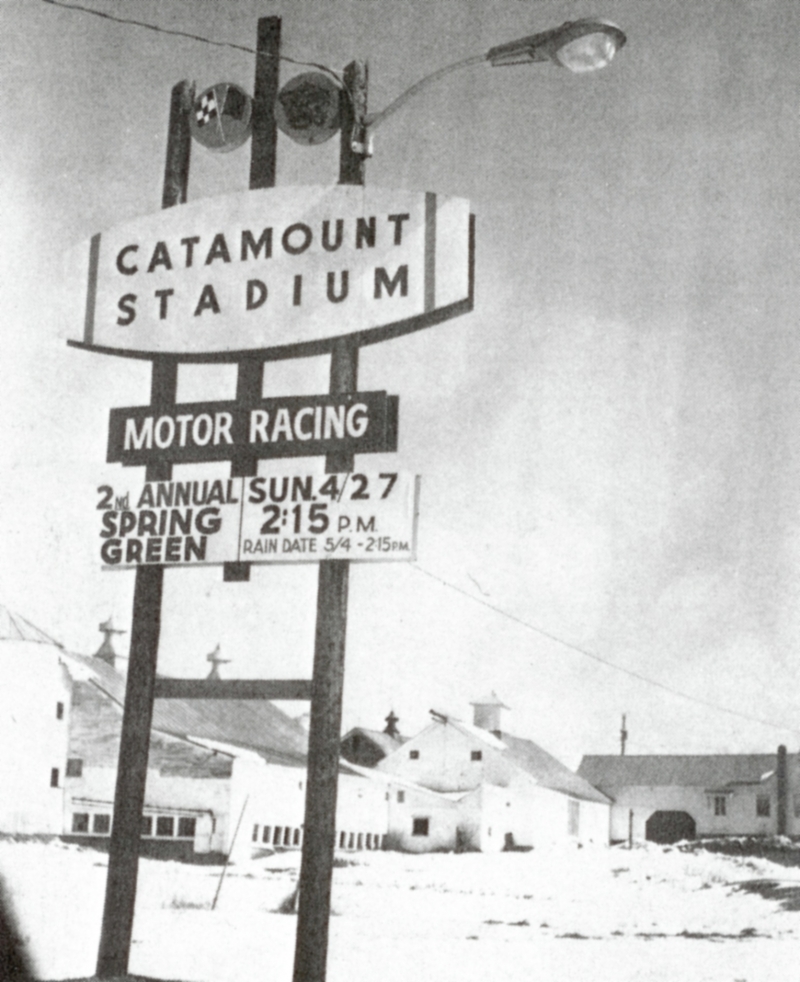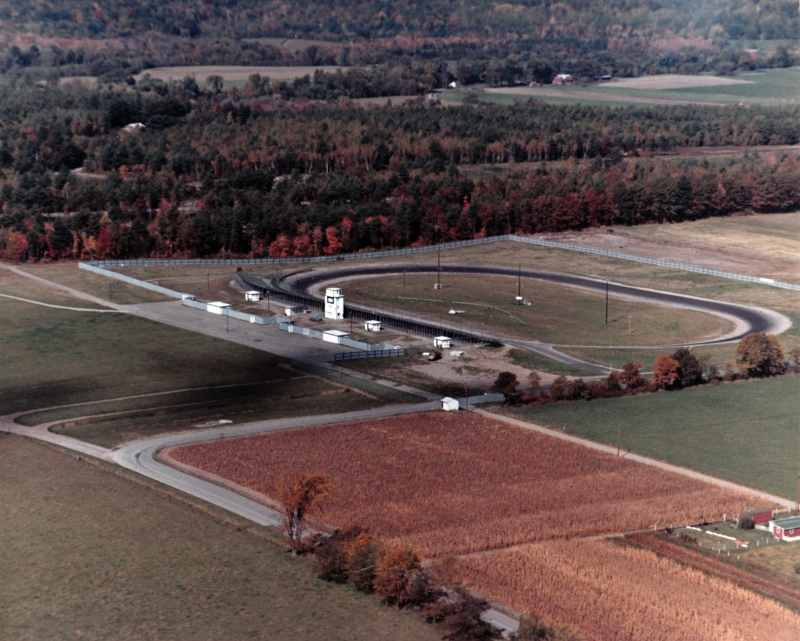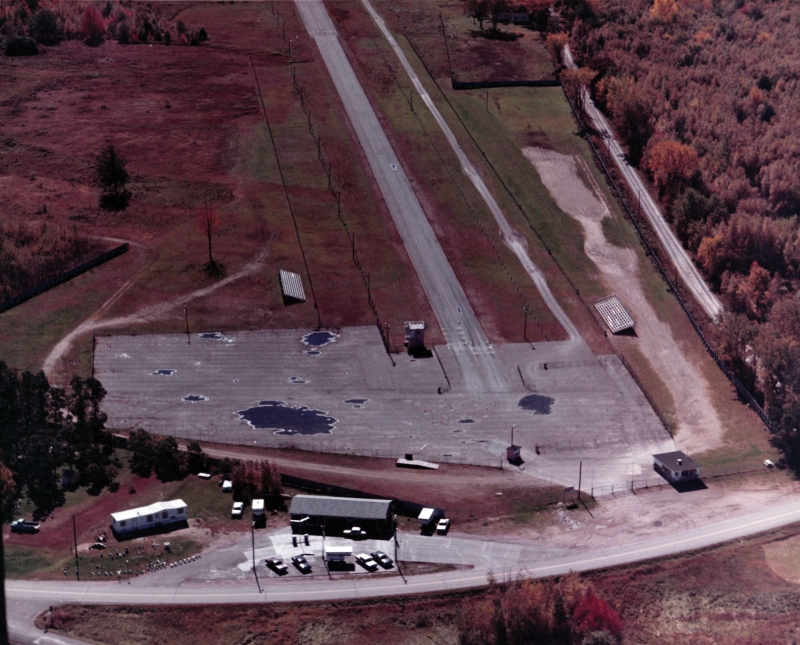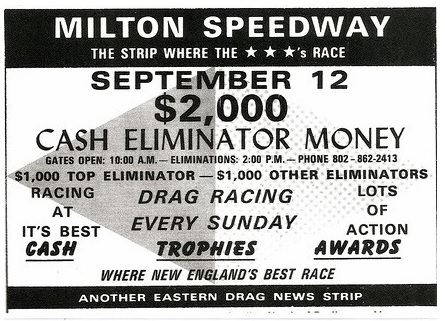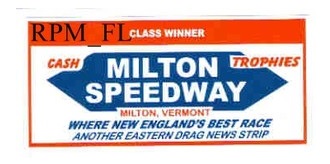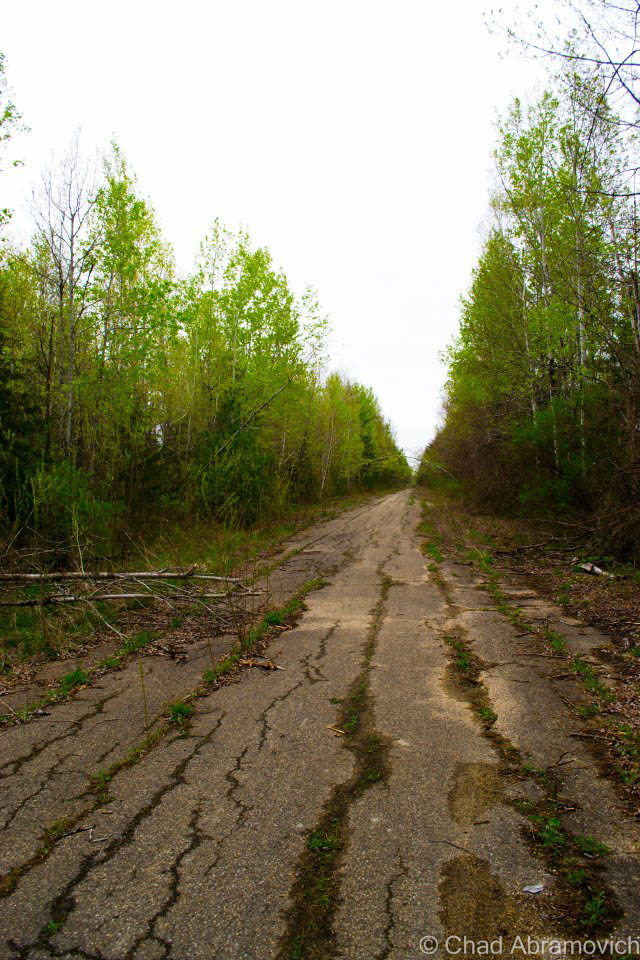The ballad of hiding things behind walls is a pervasive one that’s well sung. I’ve always had a fascination with things lost and re-discovered, and often can’t help wondering what sort of clandestine things exist in the mundane world we see everyday, and if uncovered, what sort of power would it have on it’s discoverers?
Years ago, I remember an old farmhouse in Colchester that was getting a face lift. As the rotting clapboard siding was removed, work grinded to a stop when laborers found quite the surprise underneath. The entire side of the humble dwelling was covered in Barnum & Bailey circus posters from the 1890s. This is an old trick used by Vermonters, who used any material they could to help insulate their houses during the long winters. Newspapers and in this case, circus posters, were all utilized. Though at the time the posters were the modern day equivalent of junk mail, today they remain as important relics of human history and culture, and of course, valuable collectors items. It’s always made me wonder just what else could be found behind a seemingly innocuous wall or structure, and what sort of stories could be told. Sadly, I never got the chance to to photograph those Barnum & Bailey posters, but recently, a new opportunity would come my way.
A lost mural, 104 years old, found deep within the walls of a former Old North End synagogue turned apartment building, was on public exhibition for 2 short weekends before being restored and moved to a new location. On a gloomy monotone Sunday of bland whites and cold winds, I found myself on the second story of a wooden building on Hyde Street, coming face to face with something spectacular. It was a strange feeling, seeing something so luminous and mysterious in the middle of a sterilized room with new stark white drywall and plywood floors.
Though it spent years in a state of limbo and neglect, the delicate surface and fading paint were remarkably well preserved and still were very successful in moving the observer. Arranged in a compilation spanning dramatically angled ceiling panels that forms the inside of a wooden turret, the mural is lively, dimensional and complex, featuring several scenes with incredibly ornate details.
The tour guide of the affair explained that the mural’s survival is nothing short of lucky itself. If it wasn’t for the original slate roof that caps the historic wooden building, the mural would have been already long lost. Between Vermont’s infamous cold winters, and the drastic temperature changes between interior and exterior, the naturally occurring elements are bad for preservation and great for corrosion. When the mural was walled up, the paint and wall insulation were sharing direct contact with each other, thus transferring moisture from the insulation to the mural face. It was really amazing that it survived in the condition it did.
But what’s the story here? Why is this painting so important? And why was it walled up?
Around 1880, Jews from the Kovno area began to migrate to Burlington, and soon began to congregate together for worshiping, establishing an insular neighborhood known as Little Jerusalem. In 1889, The Chai Adam Synagogue was built on Hyde Street, two years after the first synagogue, the Ohavi Zedek, was built. It was the second synagogue constructed in the Old North End.
In 1910, Lithuanian immigrant Ben Zion Black immigrated to Burlington. The son of an artist, he had attended several art academies in Kovno and was showing interest in the theater, especially theatrical writing. The move to Vermont however was out of love. In Lithuania, he had developed strong feelings for actress Rachel Saiger, who came to audition for a play he had written. Her parents however disapproved of the relationship, and in 1905, decided it would be best if they brought her with them to join family in Burlington. But he wouldn’t be deterred, and after 5 years of sending her postcards and letters, he eventually also moved to Burlington, and the two married in 1912.
When he arrived in Burlington, he was commissioned $200 to paint a mural in the Chai Adam synagogue in the Old North End, in the style of the wooden synagogues of Eastern Europe.
The congregation could gaze admirably at an eye catching optical illusion of an open sky with birds in flight that can be viewed through openings underneath suspended shrouds of heavy and colorful curtains adorned with tassels and ruffles. The centerpiece are the brazen Lions of Judah planted regally on both sides of the ten commandments, written in Hebrew, with the crown of Torah floating above, all bathed in golden rays of the sun. As I was taking everything in, an animated woman and her son raised a good question; if the artist was thinking of the landscape of the Champlain Valley and birds found in Vermont when he was painting the scene.
But this mural was unique for some other curious details it contained apart from the familiar tropes carried over by tradition. Black included angels and musical instruments in his work, elements that were banned on the Sabbath and were considered taboo by the community, thus creating some displeasure by some worshipers. While his evocative mural made lasting impressions on some, others weren’t that pleased, and he was never hired to paint another mural again.
Decades later, the synagogues in Burlington merged together, and the Chai Adam took on a secular life in 1939 as a dry goods store and then, a carpet warehouse, before eventually being converted into apartments in 1986. Though the synagogue was painted from floor to ceiling originally, most of the artwork was destroyed during the renovations when it was being converted into an apartment building. The only reason the remaining part of the mural had survived was because of the fact that it was covered by a wall and forgotten. The mural lay in darkness until 2012 when it was uncovered, and this time, the community was determined to make sure this treasure wouldn’t become lost again, or worse, destroyed.
Called “The Lost Shul Mural”, the name can stem from the term Shoah, or, The Holocaust. The mural comes from a formerly widespread tradition of Eastern European synagogue paintings that were almost entirely wiped out during World War 2, when entire Jewish communities vanished. Since then, remaining Jewish folk art has almost nearly been wiped out due to a myriad of reasons, from war, weather and neglect. The Lost Shul Mural in Burlington may be the only surviving example of it’s type in America.
Now, efforts are underway to preserve it. In a laborious and delicate process, the paint and plaster have to be stabilized to prevent any further flaking. Once the mural is prepared, the roof of the Chai Adam Synagogue will be removed, a steel frame will be constructed around the mural, and it will be transported to it’s new home at the Ohavi Zedek Synagogue. Then, it will be cleaned and restored to it’s former glory, making it available for Vermonters to come view it’s story.
You can read more about the project, the mural’s history, and donate to the fundraiser on the official project website
Good Read: A blog post by architectural historian Samuel Gruber explains why the mural is so significant.
—————————————————————————————————————————————–
To all of my amazing fans and supporters, I am truly grateful and humbled by all of the support and donations through out the years that have kept Obscure Vermont up and running.
As you all know I spend countless hours researching, writing, and traveling to produce and sustain this blog. Obscure Vermont is funded entirely on generous donations that you the wonderful viewers and supporters have made. Expenses range from internet fees to host the blog, to investing in research materials, to traveling expenses. Also, donations help keep me current with my photography gear, computer, and computer software so that I can deliver the best quality possible.
If you value, appreciate, and enjoy reading about my adventures please consider making a donation to my new Gofundme account or Paypal. Any donation would not only be greatly appreciated and help keep this blog going, it would also keep me doing what I love. Thank you!
Gofundme: https://www.gofundme.com/b5jp97d4


